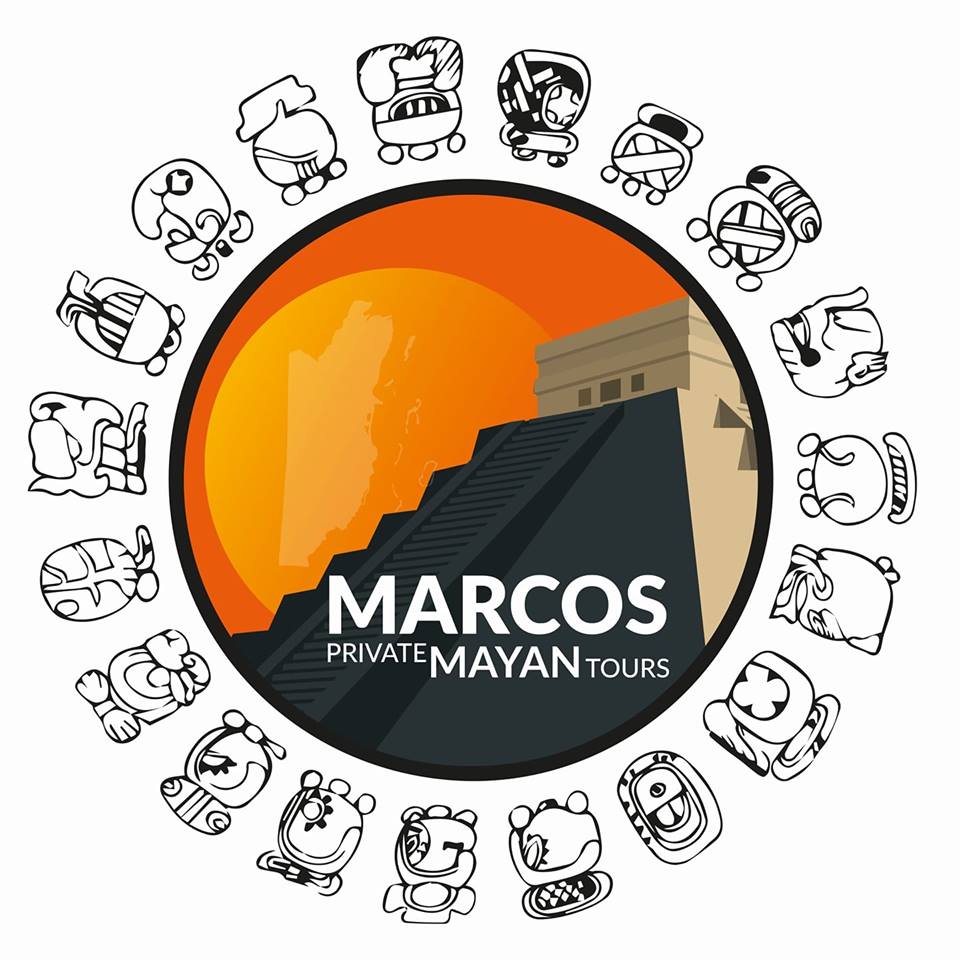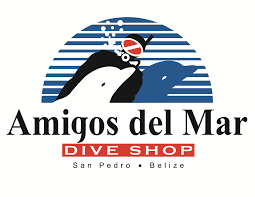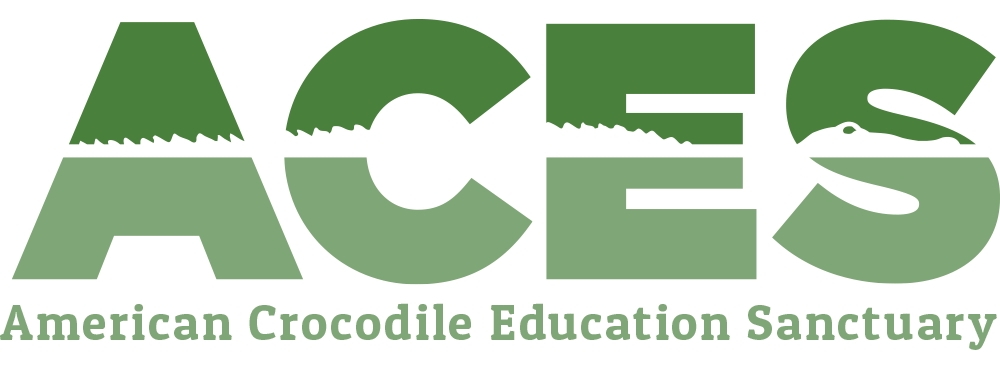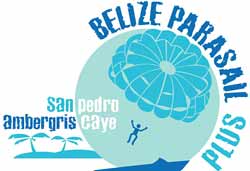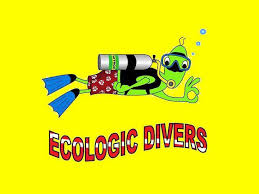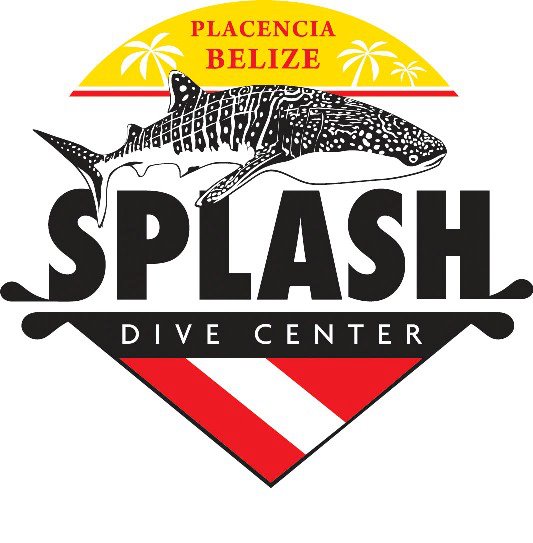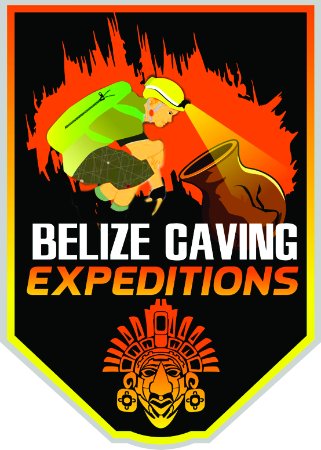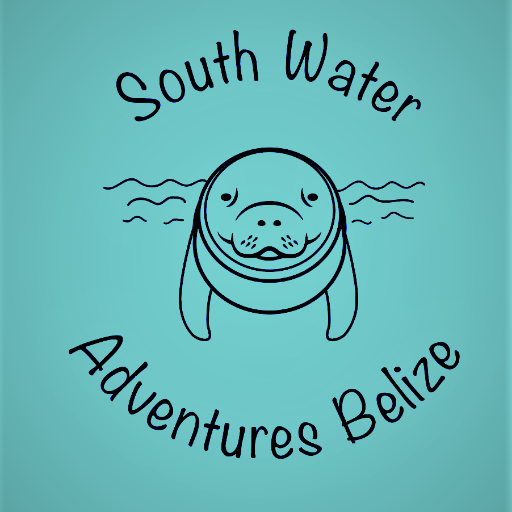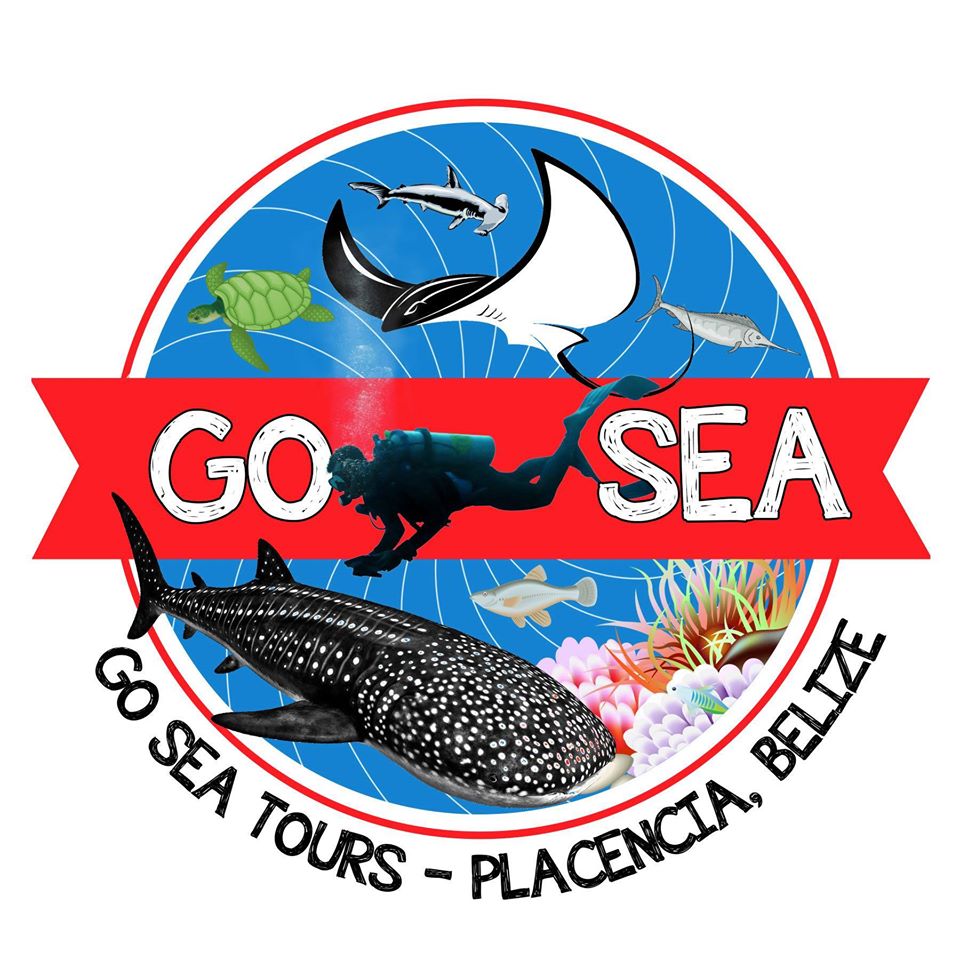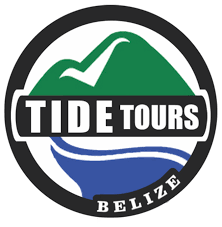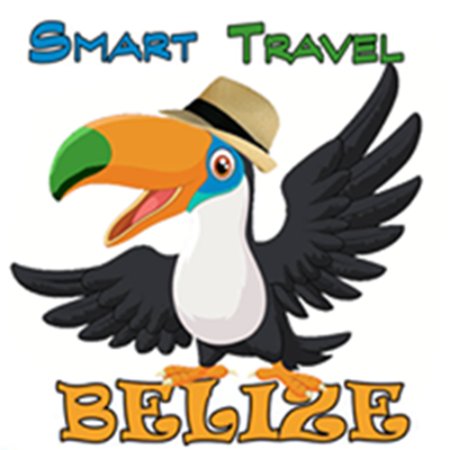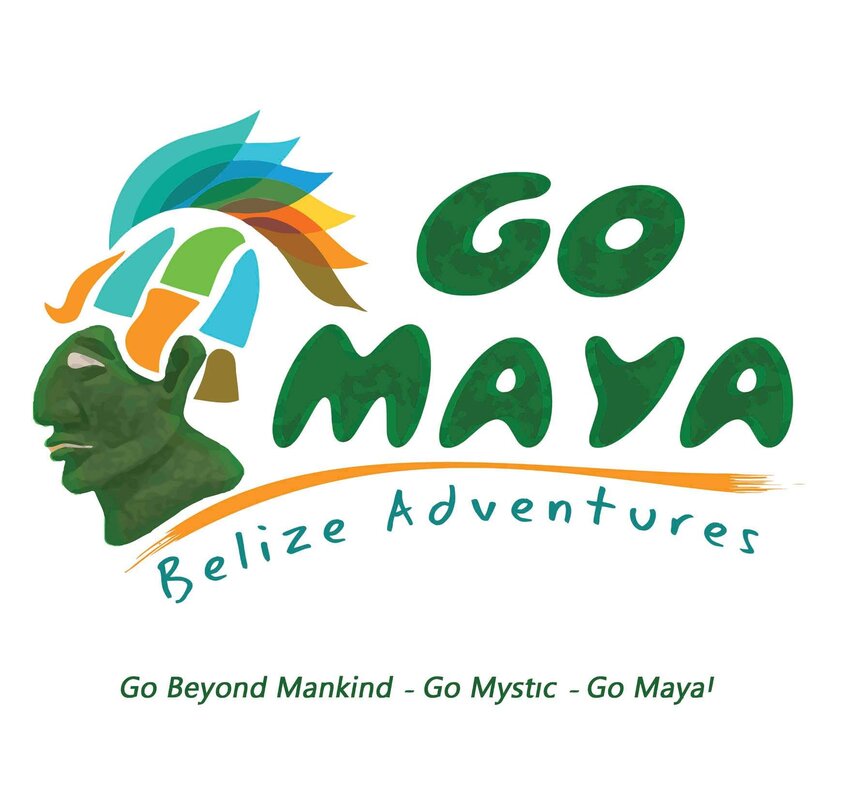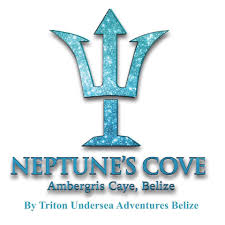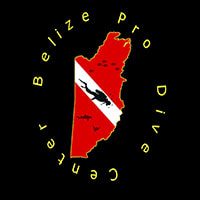|
Belize is home to about 398,000 people, and has been compared to the state of Rhode Island in the USA (when it comes to size). Belize has a diverse group of people, from all ethnic backgrounds, and has often been described as a “melting pot.” Melting pot is a term used to describe a unique blend of different cultures, ethnic groups and communities, which have come together to co-exist in Belize. Each ethnic group, celebrates their own culture amidst one another. The majority of Belize’s population are Mestizo, which is a mixture of Spanish and Maya. This is then followed by Maya, Creole, and Garifuna, Chinese, and Mennonites, contributing to majority of population. There is also a small percentages of Jamaicans, Lebanese, American and European expats. Cultural Groups - The major cultural groups include:
Here are some interesting facts about the languages of Belize according to the Statistical Institute of Belize:
THE MAYAN PEOPLE There are presently (3) three groups of Maya living in Belize.
The Mayan people in Belize represent about (11%) eleven percent of Belize's population. They live in spaciously laid-out villages, some near to the ceremonial sites of the earliest Maya settlements (such as Altun Ha, Xunantunich, Cuello, Lubaantun, Caracol and Lamanai), whcih are sites maintained as tourist attractions, and serve as reminders of their magnificient past. The Maya People of Belize The heart of the ancient Maya empire is in modern-day Belize, and three distinct groups of Maya continue to call the small Central American country home. The Maya of Belize are grouped by their dialect, known as the Yucatec, Kekchi, and Mopan Maya people. While many of their customs and traditions are similar, each sub-group speaks their own uniquely distinct dialect. Although the Maya clashed repeatedly with Spanish forces in other parts of Central America, the heavily rural areas of Belize were largely untouched. Half-hearted attempts by the Spanish to convert the Maya to Catholicism and submit to the yoke were largely ineffectual in Belize, clearing the way for isolated bands of Maya living in the jungle to preserve their language, beliefs, music, and traditional ways. In later centuries, the arrival of the British along with large numbers of enslaved Africans radically changed the make-up of the country. Historical records in the British archives repeatedly refer to hostile “Indians” who would raid towns and villages before disappearing into the forest. Of the surviving Maya population in Belize, the Mopan and Kekchi are the most numerous. The Yucatec Maya in Belize arrived in northern districts of the country such as Corozal and Orange Walk during the 19th century to escape the violence of the Caste Way in neighboring Mexico. Their descendants quickly intermarried and were absorbed by the larger culture, and few Maya today are able to trace their ancestry to Yucatac emigrants. Despite the fact that the Maya compose only a small portion of modern Belize’s population, their status as the original inhabitants of the region is respected and recognized. The legacy of the ancient Maya continues to contribute to the overall cultural richness and diversity of the country, and the Maya remain one of the most significant components of the melting pot that forms the modern nation of Belize. MAYAN FOOD MAYA FOOD The whole life of the Maya centers around agriculture, and their most common food is corn, although beans, pork, and fish are also eaten. Corn is the staple dish of the Kekchi Maya, which is served in a variety of ways. From corn they make masa, which first has to be cooked with white lime. Once soft, it is allowed to cool and then washed in a special calabash with holes, drained and transferred to a corn mill or a traditional grinding stone where it is ground an converted to masa. Masa is used to make tortillas, tamales, pouchu and korech. Most often tortilla is served with a dish of hot caldo (soup). This soup usually contains chicken, fish or game meat with added ingredients such as peppers, annatto, cilantro, culantro, salt, cooking fat and water. MAYAN CLOTHING Mestizo Mayan Clothing MESTIZO MAYAN CLOTHING Just as Yucatecan women wear their “ternos” and “hipiles” for certain occasions, the men (Mestizos) also have typical garments, as elegant as the terno and suitable to the warm tropical climate. This ensemble consists of white straight long pants with cuff at the bottom, with vertical pockets in front and horizontal pockets in back. The shirt, called a “chamarra,” is white, long sleeved, made of poplin, with high, round neck; this is worn over a short sleeved cotton shirt. The wealthy use buttons of gold on the chamarra. A straw hat is worn (known as a “jipijapa”) with two indentations in the front, adjusted with a narrow black band. White leather sandals known as “chillonas” are worn, with a thick high heel. The finishing touch is a red scarf tied to the right side pocket, or around the neck when the chamarra is worn open, with a straw hat. The traditional garments have been disappearing with the passage of time among the majority of the Mestizos, with only a few maintaining these clothing customs. Some, who still conserve the authentic traditions, dress as Mestizos, especially at their dances or night fiestas, but the majority wear, instead of the long-sleeved white shirt, a “guayabera” which is a shirt of Cuban origin. Mopan Mayan Clothing MOPAN MAYAN CLOTHING The Mopan Mayan men & women wear solid colored (traditionally white) shirts with black embroidered trim around the neck and sleeves, which they weave themselves. Their skirts consist of a variety of solid colors, with several layers of gathered cloth, decorated with lace trim at each gathered seam. Kekchi Mayan Clothing KEKCHI MAYAN CLOTHING The Kekchi Mayan women wear embroidered clothing which they weave themselves. They decorate their blouses and skirts with colorful embroidery in geometric designs. MESTIZO MAYAN Mixture of Spanish & Mayan Descent - From Yucatan, Mexico Area Mestizo The Mestizo Mayans are originally from the Yucatan region of Mexico. Perhaps is one of the most predominant group in Belize, representing 48% of the Belize population. They were originally descended from a mix of Spanish and Mayan genetics. They originally arrived in Belize in 1847 to escape La Guerra de Castas (the Caste War), which occurred when 70,000 Maya revolted agains a much smaller Spanish force in Yucatan and annihilated over one-third of the population. The surviving Mestizo fled over the border into British territory. The Mestizo are found in all parts of Belize. They were the first sugar farmers in Belize (cutting sugar cane), and mostly make their homes in the norther districts of Corozal and Orange Walk. Having merged with the Maya in the north, this has resulted in the Yucatec Maya giving way to the Mestizo Mayan, causing them to slowly lose their language and culture to younger generations. Since the 1980's, many thousands of refugee Mestizo from Guatemala, El Salvador and Honduras have established communities near the capital city of Belmopan; while those living in the Stann Creek district in the south have found employment in the citrus and banana industries. Descendants of the earlier settlers also inhabit the larger northerly islands of Caye Caulker and Ambergris Caye. Mestizo are Spanish-speaking, although some do speak English fluently. Today, nearly 40% of Mestizo descendants speak Spanish. MOPAN MAYAN Mixture of Yucatan Mayan & Spanish, from the Peten Guatemala Area The Mopan Mayans are originally from Peten of Guatemala, home to the famous Tikal Mayan Site we see today. How the Mopan Mayan came to be in Pete, Guatemala is unclear but the most likely reason is that they were part of the ITza group that migrated from Yucantan during the civil war between the Xiu and Cocom families during the Terminal Classic period (790 A.D. to 1,500 A.D.), which settled at Lake Tayasal. The Mopan are a branch of the Yukatec as evidenced by their language and culture traits such as cross-stitched embroidery which has the same name: Xocbil Chury. After the Itzaj capital on the island Noj Peten was subjugated by the Spanish in 1697, Mayas were forced to live in missionary towns also known as entradas. The Mopan, the Itza and San Jose are from the same branch of Maya family. KEKCHI MAYAN Mixture of Mayan & Spanish - From the Verapaz region of Guatemala. The Kekchi' Mayans are originally from the Verapaz region of Guatemala. They migrated to Belize the late 1800's after losing their land to German coffee growers. The Kekchi' Mayans settled in the lowlands areas along rivers and streams, farming small isolated villages throughout Toledo, Belize. Because of their isolation the Kekchi' have become the most self-reliant ethnic group in Belize. They are also peaceful people known for their cooperative practices in farming and cultural developments. While over 30 distinctly Kekchi' Mayan communities exist in the Toledo, Belize, over the years the Kekchi' Mayans have mixed with the Mopan Mayans communities. The largest village of Kekchi' Mayan is San Pedro Columbia in the Toledo, Belize. The Kekchí raise corn and beans as staple crops. These are planted together in plots that are burned off and then worked with digging sticks. Sexual taboos and fertility rituals are associated with the planting. Houses are built of thatch and poles, without windows, and hammocks are used for beds. In some places women still weave, using the backstrap loom, but pottery and weaving are on the decline and commercially made cloth now predominates. KRIOL Mixture African & Europeans - Not to be Confused with Garifuna KRIOL It's become a broad term for anyone who has mixed blood with African and is not a Garifuna. In Belize, a Kriol is any person who has some African blood, and in a few instances, some locally born "whites". They are mainly the descendants of British settlers and African slaves that were brought to Belize in the 18th and early 19th centures. The classification “Kriol” originated during the colonization of Belize (when Africans were brought as slaves), and mingled with the European Logwood cutters. Today Kriol can be both fair and dark skinned people, depending on their background and ancestry. Historically, Kriol's have formed over 60 percent of Belize's population, however, those numbers have diminished greatly over the past years and it is currently at about 24 percent. This has been mainly due to their migration to North America and to the influx of Central American immigrants to Belize. Presently, most of the Kriol population lives in Belize City, and in villages along the Belize and Sibun rivers; as well as along the Western and Northern highways. The Language - The masters taught the slaves English so that the Belizean Kriol spoken became a version of English which has African words. Everyone says it sounds like broken English when spoken, although it is a dialect which has been recognized as an official language. Anyone who speaks Kriol, will tell you that it's alot more than just broken English, there are traces of Spanish, even French in it. Kriol is an intriguing language that thrives on euphemisms and metaphors. It frequently downplays harsh phrases and makes abstract comparisons to impart wisdom. KRIOL FOOD KRIOL FOOD Kriol foods consist of mostly rice, beans, bread, fish and any type of meat. Their dishes may seem simple and basic but they are exotic in flavor. Popular delicacies include rice-and-beans, stew chicken, beef or pork, boil-up, sere, cow foot soup, crab soup, and conch soup. They use alot of plantains and casava in their cooking. Every meal is usually accompanied by a fruit juice or a soft drink. Kriol people are very fond of their cashew & blackberry wines. KRIOL CLOTHING Traditional Kriol womens' attire includes cotton blouses and long colorful skirts. Shirts can be white with colorful ruffled fabric along the neck. Often the colorful fabric is incorporated in both the skirt, blouse and head covering. Men wear elaborortely dyed traditional shirts, white pants and a straw hat. The Kriol population was the numerical majority during the colonial period but this group now represents 21% of the population. GARIFUNA Mixture of African & Caribbeans - Not to be Confused with Creole Garifuna The Garifuna people, like many of the peoples in Belize, are descended of mixed heritage of; descendants of West African, Central African, Island Carib, and Arawak people. During the height of Caribbean colonialism, slaves were brought en masse to this region, one of these slave ships ran ashore which lead to the meeting of the African people and native islanders. Over the course of a few generations they resisted British rule and were exiled and pushed back from island to island until they landed in Honduras and then in Belize in 1802. In the south under the shady palms and almonds, their people have flourished and are now regarded as one of Belize’s predominant cultures. Southern Belize is the cultural hub for the Garinagu people of Belize. Although this group of people are mostly known as Garifuna, that term should be used for their language and as group, they should be called Garinagu. Consolidating their settlements along the coast at Dangriga, Hopkins, Seine Bight, Punta Gorda and Barranco, the men worked in the mahogany camps, while others fished and cleared the bush for the women to plant cassava and other root crops. Living largely in exclusive societies, the Garinagu comprise about six percent of Belize's population. Despite changes in the physical environment, they have held on to most of their traditions, especially retaining their attachment to the sea. Perhaps the greatest influence the Garinagu has exercised on the Belizean community can be found in their ability to successfully display and preserve aspects of their culture at every available opportunity. November 19th is a National Holiday in Belize commemorating their arrival to Belize. As a people, they still hold true to their traditional practices, they’ve adapted to speaking Kriol, English, or Spanish where appropriate but their own Garifuna Language to one another, many of their spiritual beliefs, such as the Dugu ceremony, steeped in mysticism still resound loudly with this generation’s Garifuna and their food has transcended cultural walls to become wildly popular in all of Belize. The Garifuna still perform many of their traditional dances such as the Jankunu dance during Christmas, the history of which is heavily disputed still. More popular still than the Jankunu is Punta dancing and punta music which has become very popular in some parts of Belize and the surrounding regions even giving rise to famous “Punta Rock” artists like “Supa G” and “Lova Bway”. The Garifuna of Belize (and very much so everywhere they settle) show resilience despite outside influences and proudly practice and display their unique “melting pot” culture. GARIFUNA FOOD GARIFUNA CLOTHING MENNONITES Mixture of German Mennonites Living in Belize Mennonite The Mennonites of Belize are Relatively new in the bigger picture, arriving as late as the 1960’s to settle in Belize. Unlike most other cultures and ethnic groups that populate the country, Mennonites don’t make a habit of mixing with other Belizeans in most senses of the term. Mennonites live generally in secluded communities, not by way of distance but by way of lifestyle since their villages and towns are inhabited almost exclusively by Mennonites. Migrating from the Netherlands in 1790, to Prussia, Germany, South Russia, Canada, the United States, and Mexico, the Mennonites finally settled in Belize in 1958. Under agreement with the government they bore all expenses of removal and settling, bringing with them capital amounting to one million dollars. They are exempted from military service; and although they pay all other taxes, they do not partake in any form of compulsory or social welfare schemes. Initially, some 3,500 Canadian Mennonites arrived in Belize, and today form communities on the upper reaches of the Belize River: Blue Creek on the Mexican border; Shipyard, Indian Creek, Richmond Hill in the Orange Walk District; Spanish Lookout and Barton Creek in the Cayo District; Little Belize in the Corozal District. Comprising 3.6 percent of Belize’s population, they have made it a point to have their own school, church, and financial institutions in their various communities. No matter in which region of Belize the Mennonites live and work, they are liked and respected, especially for the true Christian characteristics and helpfulness to others which they willingly display. Language - The Mennonites of Canadian origin speak excellent English, although among themselves they use German. In general though they can be said to be multilingual, since the older generation who were born in Canada speak English, the younger generation who were born in Mexico speak Spanish, and they all speak their own German dialect. They are farmers and craftsmen who provide a large percentage of grains to the Belizean market as well as furniture, industrial vehicle parts, poultry and dairy products. One of their largest settlements, Spanish Lookout is oddly reminiscent of North American country towns with rolling hills, wide roads, no fences and tractors driving about, a quaint departure from how the rest of Belize usually looks. The Mennonite, with their farming tradition, are well grounded in agriculture, and most Belizeans benefit from the sale of their produce throughout the country. Practicing organic farming, they grow peanut, potato, corn, beans, tomato, watermelon, carrot, papaya, sweet pepper, cabbage, and coriander. They are also involved in cattle and feed farming. Their contribution to food production is great, and a lot of the foodstuff on the store shelves come from their farms. They have established an egg hatchery which supplies Belize with eggs and chickens on a permanent basis. Milk, butter and cheese are also produced. Their personal eating habits, as well as food selection, reflect the Mennonite's origin, as they tend to select the best dishes from each country in which they lived and adopt them as their own specialties. MENNONITE FOOD Social Life & Food - Mennonite's seek the right balance between interacting with the larger society, while still maintaining their conscientious way of life, as something that happens through a closer understanding of how they honor the world. At least two large commercial stores serve the large settlement of Spanish Lookout and other communities; and interestingly enough all members of the community receive a dividend every five years relating to the amount of money they spend in the store. The Mennonite, in the Shipyard area, are known as skilled carpenters, and can be seen selling their furniture in Belize City and other urban centers. The Mennoites in Blue Creek are known for, building & construction countrywide, including roads and bridges. MENNONITE CLOTHING Clothing Seeking to exist in isolated farming colonies without the benefit of much modern technology, the Mennonite are easily identified by their old-fashioned apparel. The women wear long dark dresses with aprons and hats, while the men wear coveralls and checkered shirts. MIDDLE EASTERN Mixture of Muslim Immigrants living in Belize Middle Eastern Since the Lebanese first arrived in Belize in the 1900s, the settlements of San Ignacio and Benque Viejo del Carmen have served as their primary homes within the Cayo District. It is through their incredible work effort and business savvy that the Lebanese have survived and even thrived, providing not only for themselves but also for their future generations. These days, it is possible to find up to five generations of Lebanese Belizeans in San Ignacio. Common Lebanese surnames include: Awe, Zaiden, Habet, Espat, and Bedran. They are mostly from Lebanon and Syria and come to Belize mostly as merchants, entrepreneurs, and professionals. While not in any great numbers, their culture is starting to leave an impact on the country. Phenmominal Lebanese restaurants such as Sahara Grill are popping up in Belize City. While the Lebanese account for far less of Belize’s population than the Chinese, they have started to leave an impact on the country. Arab food restaurants, like Sahara Grill, have opened in both the capital and Belize City, where there is even a mosque for practicing Muslims to engage in worship. History of Lebanese Gaining an understanding of Belize’s Lebanese community, is best gleaned by understanding their history from the time of Belize’s immigrants from Lebanon. The Lebanese who first came to Belize were men with little but their clothes. This left most struggling as peddlers. This mercantile approach to life began by trekking out to the logging camps and remote villages, selling items that the residents needed. As these Lebanese collected funds, they slowly transitioned into operating specialty stores. Both San Ignacio and Benque Viejo del Carmen played crucial roles in Belize’s Lebanese community by serving as significant chicle centers trade; chicle is the base product of chewing gum. The form of the entire chicle industry was like a pyramid.
LEBANESE CLOTHING LEBANESE FOOD ASIAN-CHINESE Chinese Immigrants Asian Perhaps the fastest growing group of immigrants (other than Central Americans) to Belize are the Asian people of Taiwan and China. They come to Belize almost exclusively as entrepreneurs, opening up “supermarket” style stores on small and medium scales and restaurants serving up locally made (and very popular) Chinese foods. The current generation of Asians in Belize are educated in the same schools as other Belizeans to become professionals like the general population and lead normal lives like the rest of us and seem to bond a lot closer to Belizean locals than their parents had in the past. The Chinese community in Belize consists of descendants of Chinese immigrants who were brought to British Honduras as indentured laborers as well as recent immigrants from China and Taiwan. History - Early history The importation of Chinese workers to British Honduras was a response to economic shifts in the mid-19th century. As logwood and mahogany production declined, sugarcane plantations became of increasing importance. Recruitment of workers from China was facilitated by colonial governor John Gardiner Austin, who had previously served as a labour broker (in Xiamen, Fujian on China's southeast coast), he recruited 474 Chinese workers to British Honduras in 1865. By 1869 - Only 211 of the Chinese workers remained accounted for; 56 had died, while another 155 had sought refuge with the native peoples at Chan Santa Cruz. Many of the deaths were due to suicide in response to horrifying working conditions. Early 20th Century - By the early 20th century, more Chinese laborers began to migrated to Belize. The second largest batch came just before the outbreak of World War II, when they traveled to the United States from where they gradually trickled southward by land to Mexico and Central America. The Chinese were originally brought to Belize as Indentured Servants as Slaves. Late 20th century - Belize's citizenship-by-investment programme, which began in 1986, was a popular option among Chinese migrants in the 1990s. In response to the demand, the price rose from US$25,000 to US$50,000 in 1997. Mainland Chinese migrants (for their part), sought to use Belize as a stepping stone to get around tough U.S. migration policy against them; however, the U.S. tightened up its visa requirements for Belizeans in response. Migrants from Taiwan also took advantage of this program. Among migrants from Taiwan it was especially popular to bring aged relatives to settle in Belize. Not all of the migrants returned to their homeland or went on to the U.S.; some settled in the Belize River on the tracts of land that the government granted them in exchange for their investments, bringing in workers to building houses and schools. In the mid-1990s - There may have been as many as six or seven thousand Chinese people in Belize. However, when the government tightened its work permit policies, an exodus began — the migrants went to other Chinese communities in Costa Rica, Thailand, and the Philippines where migration policies were more favorable. By 1998 - the Chinese were estimated to have fallen to about 1.5% of the Belizean population, or three thousand people. Corozal for example was reported to have had a peak Chinese population of 500, but then this fell to a tenth of that. In the 19th century - during the Caste War in neighboring Yucatán, Mexico, Chinese and Lebanese shopkeepers began setting up businesses in Belize City. A hardware store run by a Chinese migrant named Augusto Quan was well known as the only supplier of certain tools, nails, and buckets for a long time. Others established laundries, brothels, gambling houses, Live Draw Xiamen Lottery and restaurants. Today the Chinese community control most of the economy and became dominant in the grocery, restaurant, fast food, and lottery trades. Demography In the 2000 Belize Census, it was discovered that 1,716 Chinese people (0.7% of the population) were living in the country, and 1,607 people spoke Chinese as their first language. Chinese are an overwhelmingly urban population, with five-sixths (5/6) living in cities, the highest proportion out of all tabulated ethnic groups. This is a slightly higher proportion than Garifuna and Creole people, but contrasted sharply with East Indians, of whom roughly half live in rural areas. The majority (988 people), live in Belize City and (351 people) live in the capital Belmopan in the Cayo District. The Central Statistical Office indicated in an official report, that many Chinese migrants did not respond to the census and thus were under-counted. The language barrier may have accounted for part of this, while others may be due to illegal immigrants' unwillingness to participate in the census for fear the information could be used for law enforcement. The 2010 Census did not break out Chinese separately, but did record 2,823 as "Asians" (a separate category from "East Indians"). ASIAN (Chinese) FOOD EASTERN INDIAN Eastern Indian Immigrants East-Indian - The East Indian people of Belize share a common origin, but are not to be confused for the recent Indian immigrants. East Indians were some of the first peoples to be brought to Belize, to supplement the workforce at the time of the plantations. Their arrival wasn’t until after slavery was abolished, after serving their contracts many turned to entrepreneurial ventures as a means of life. Today the East Indians have integrated themselves into the network of cultures that make up Belize. Their influences constitute a considerable part of our commerce and food culture. Though they have intermingled, the East Indians are still identifiable by their distinct physical features. They have adapted socially to Belize and the larger populace forming yet another layer of to the Belize ethnic fabric, making this their home in our little stretch of Caribbean/Central American life. EASTERN INDIAN FOOD EASTERN INDIAN CLOTHING
0 Comments
Your comment will be posted after it is approved.
Leave a Reply. |
Is located on the island of Ambergris Caye, directly across from the Belize Barrier Reef, off the mainland coast of Belize. The property is nestled in a cluster of Australian Pine trees, backed to a littoral jungle, and surrounded by tropical gardens. It's about a one minute walk from the property to the beach, and a 10-15 minute drive from the island airstrip to the property.
We offer one bedroom suites (455 s.f.) of living area to include: livingroom, kitchenette, private bathroom and bedroom. We are also about a one minute walk from one of the best restaurants on the island serving (breakfast, lunch & dinner). Within walking distance you can find: (3) blocks is Robyn's BBQ (4) blocks is 2 fruit stands (5) blocks local grocery store IF YOU'RE COMING TO BELIZE TO............... If you're coming to Belize to dive the Blue Hole, descend the shelf walls at Turneffe, snorkel the Barrier Reef, explore Mayan ruins, rappel into a cave, kayak along the river through caves, zip line through jungle tree tops, hike through a cave to see an ancient human skeleton, swim with sharks, listen to Howler Monkey's, hold a boa constrictor, feed a jaguar, horseback ride through the jungle, canoe through a cave, rappel down a waterfall, sail around an island, enjoy cocktails & dinner to a sunset, climb 130' feet to the top of a Mayan ruin, rip up the jungle trails on an ATV, float through a series of caves on a tube, and sip on a rum punch..... then this is the place for you. Belize Budget Suites, offers you clean, affordable, attractive, accommodations, at prices that allow you to do all the things just mentioned. Archives
February 2021
Categories
All

For All Your Home Improvement Needs

For all Your Real Estate Needs
501-226-4400 10 Coconut Dr. San Pedro, Belize Your Ad Could Go Here
|


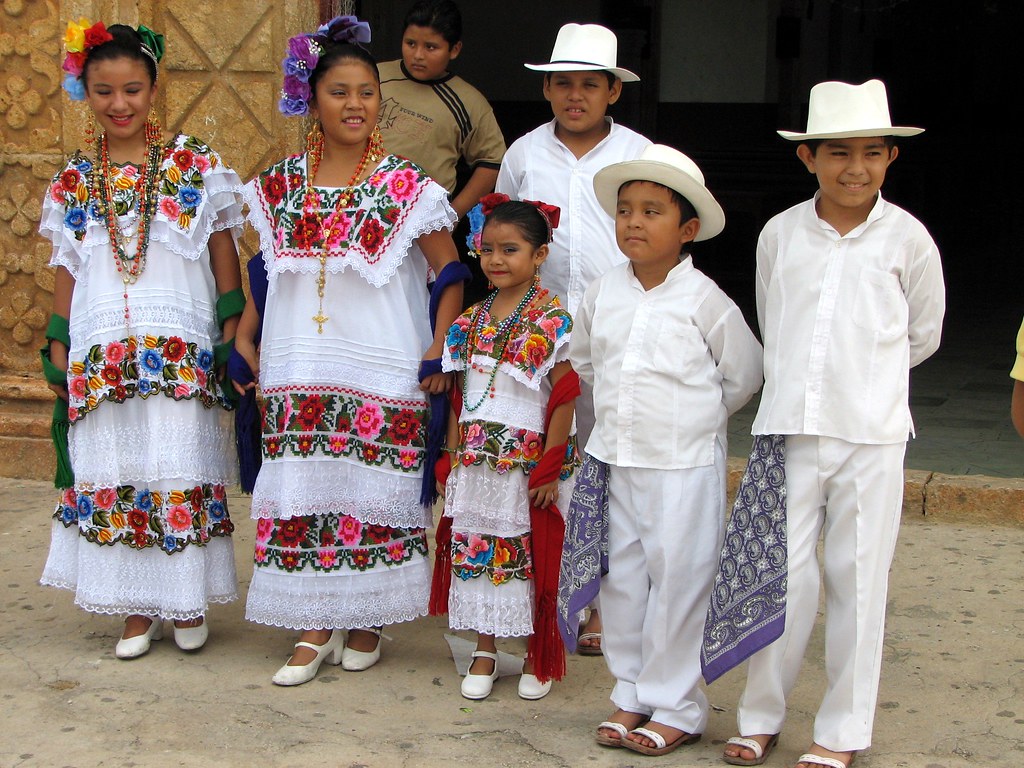
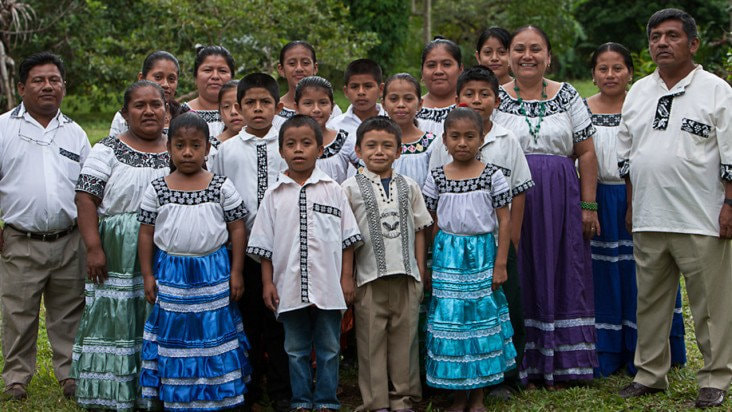
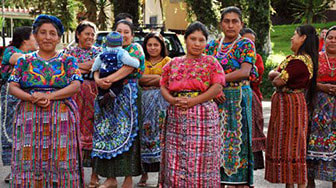
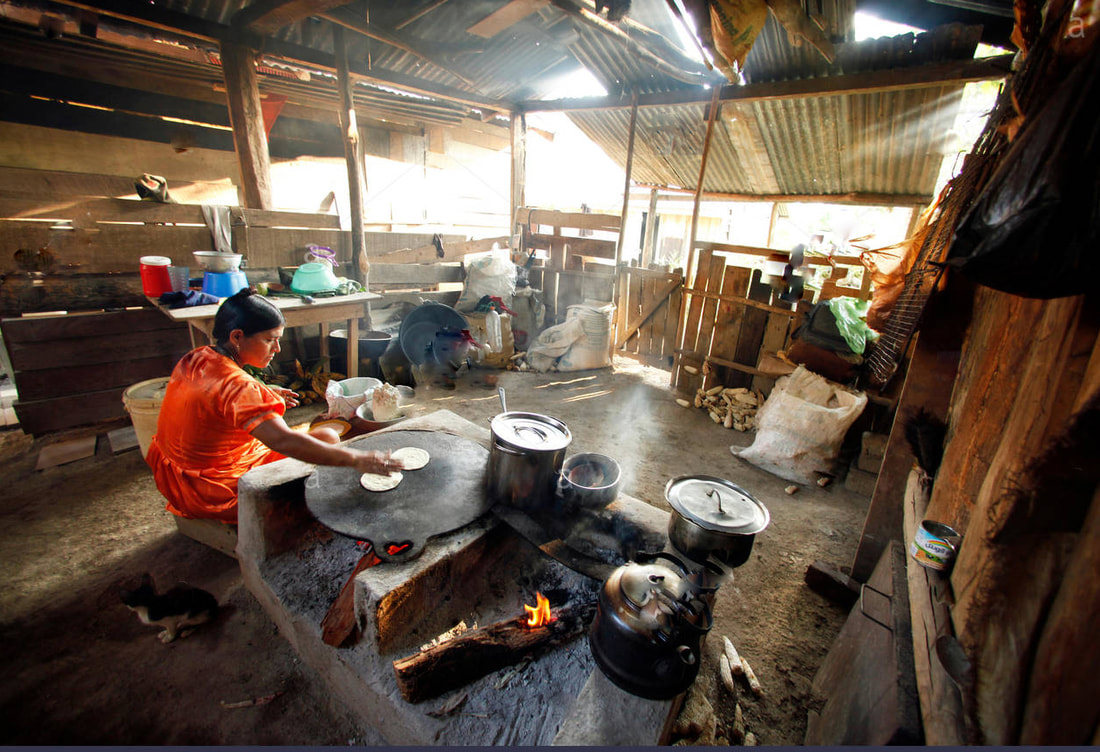
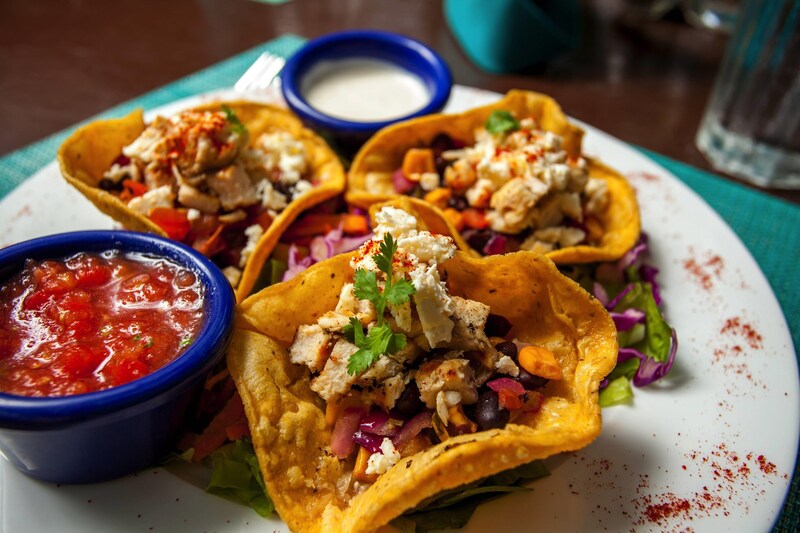
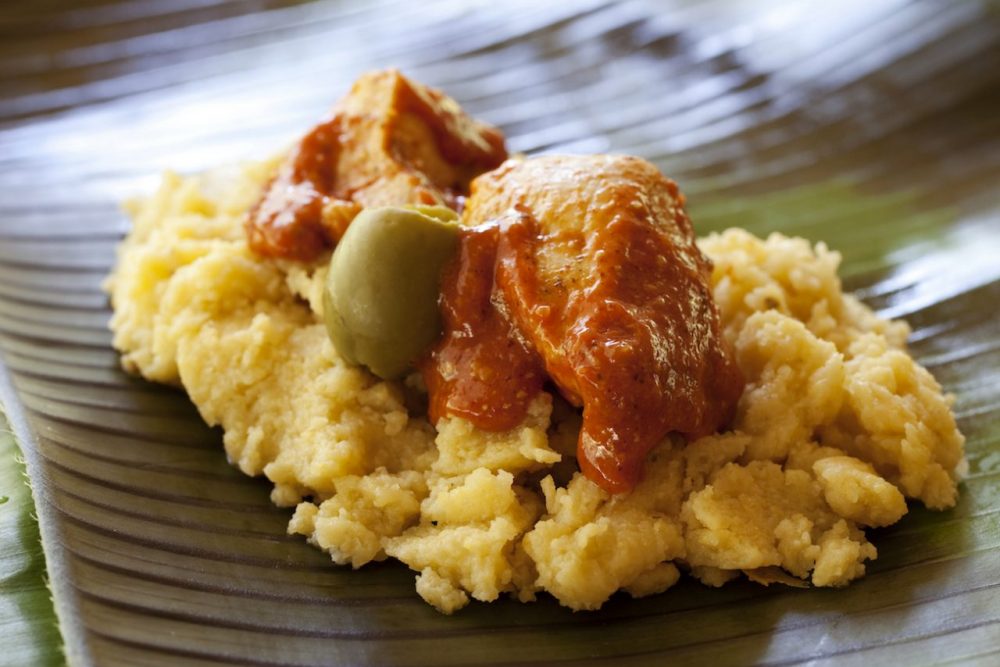
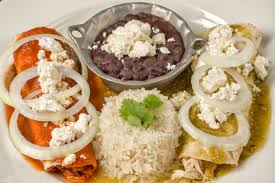
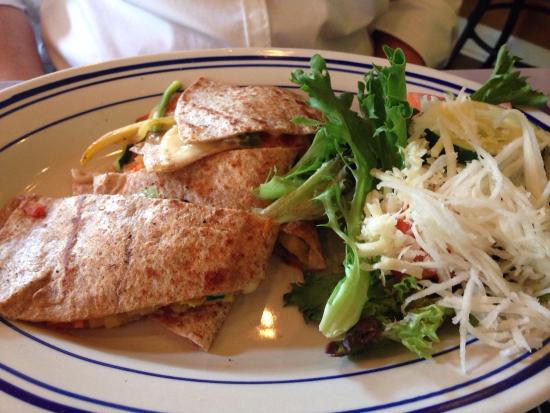
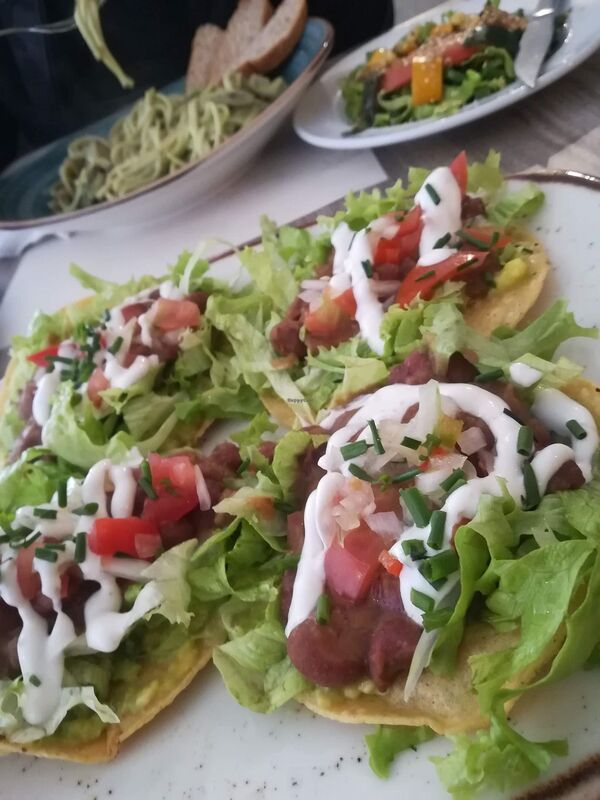
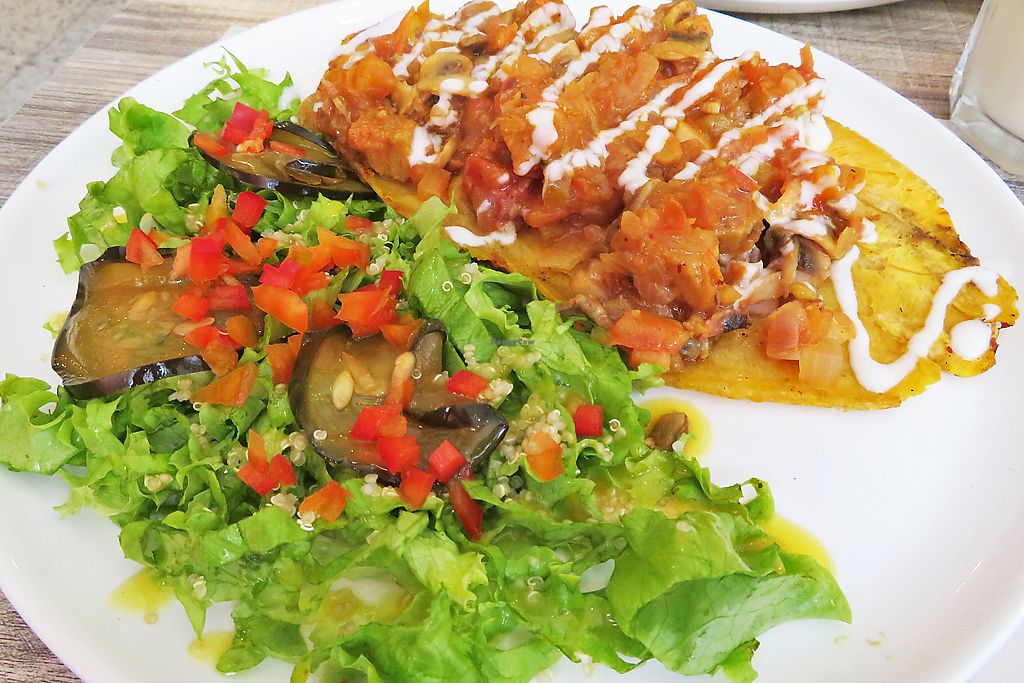
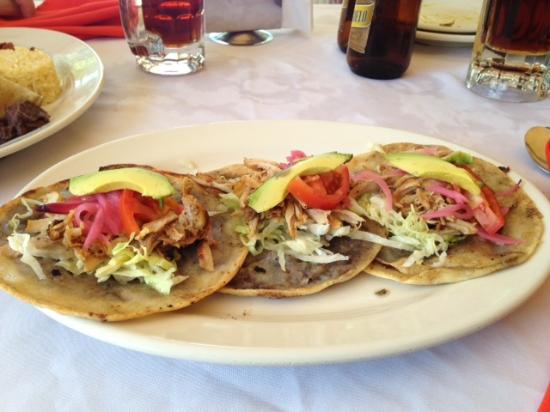
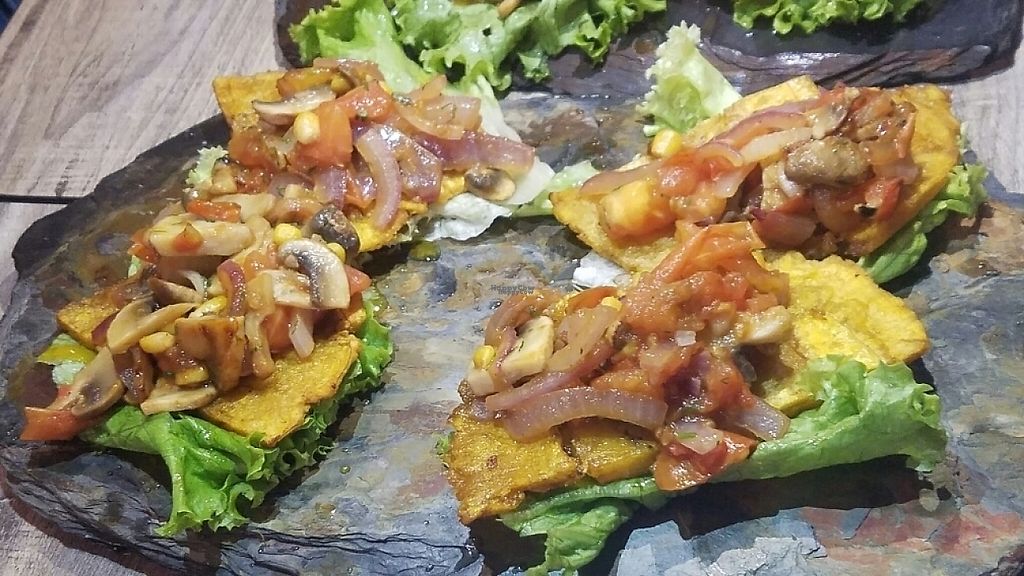
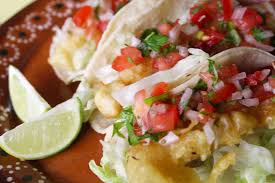
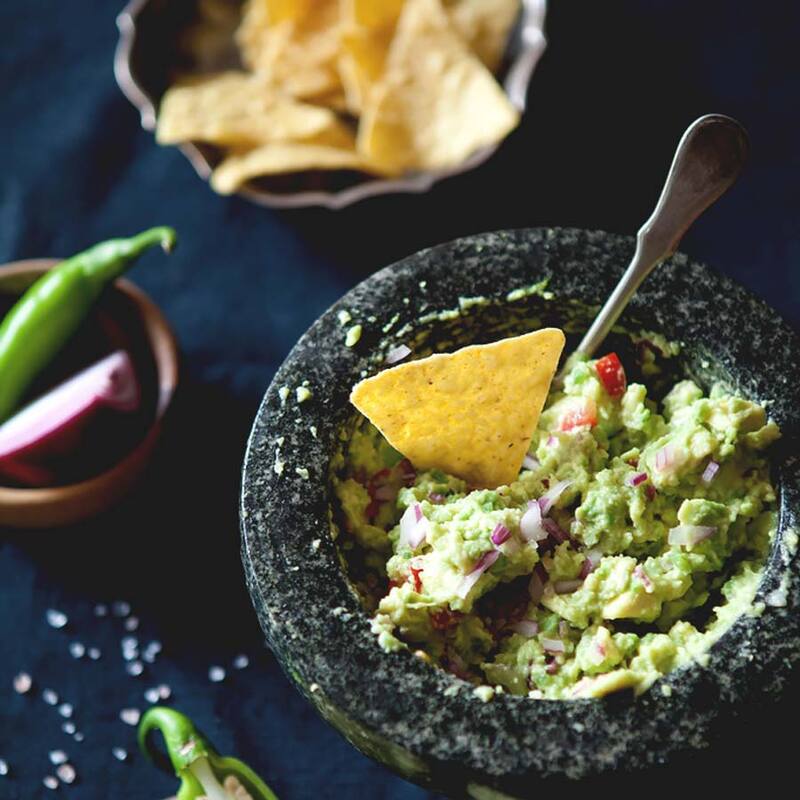
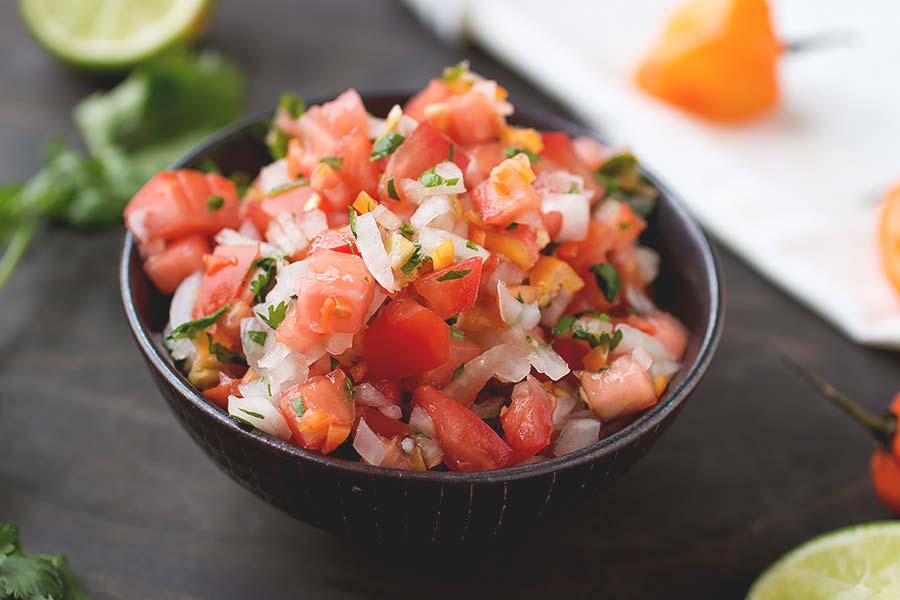
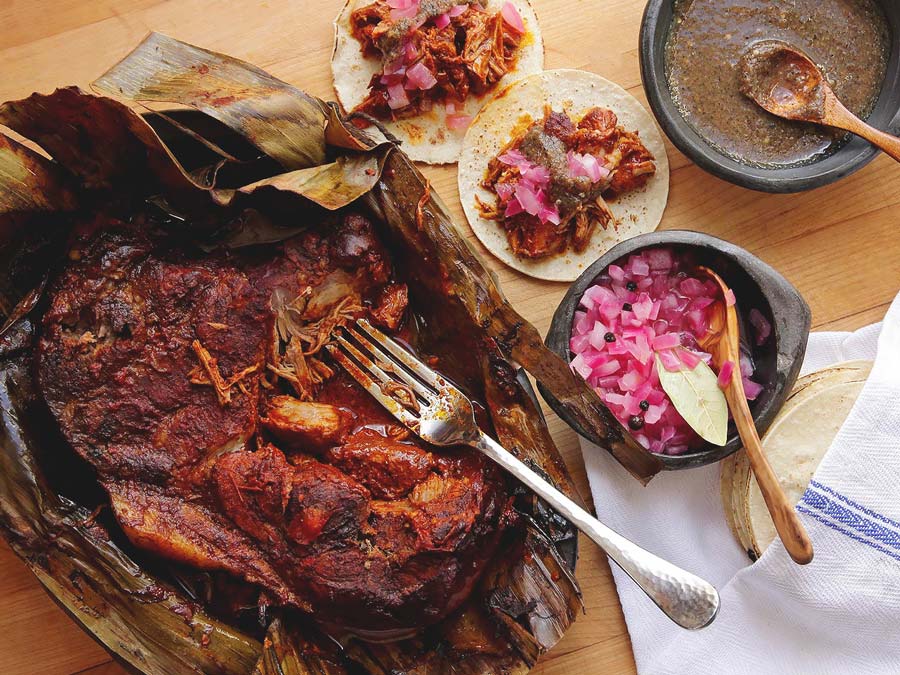
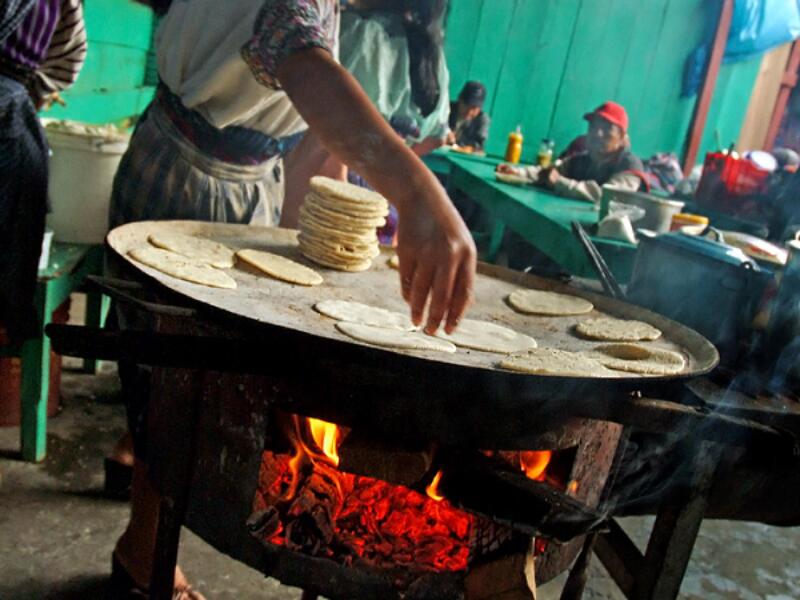
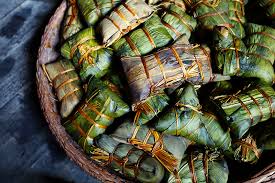
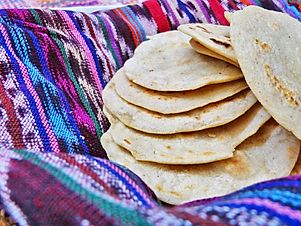
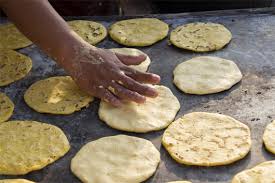
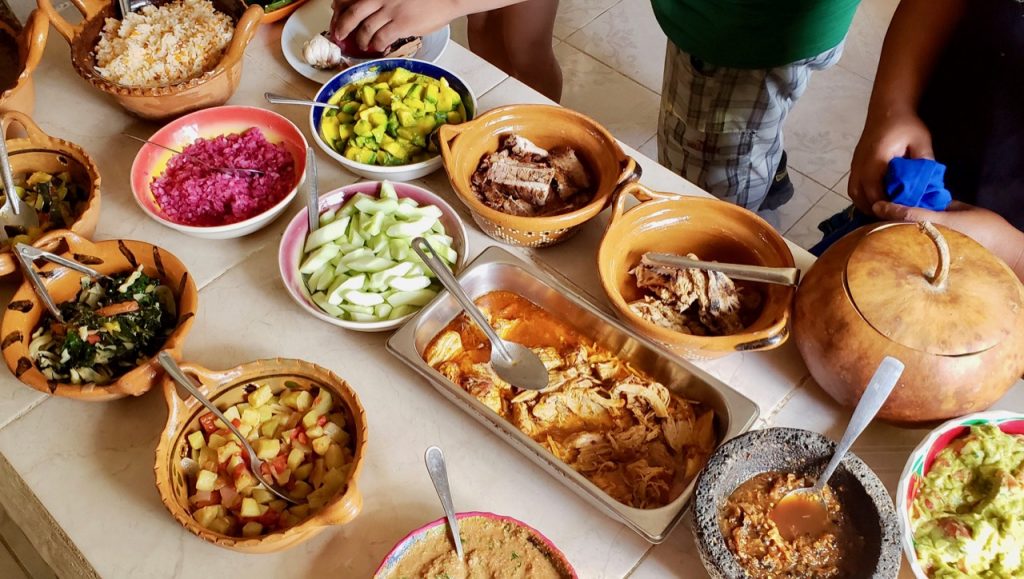
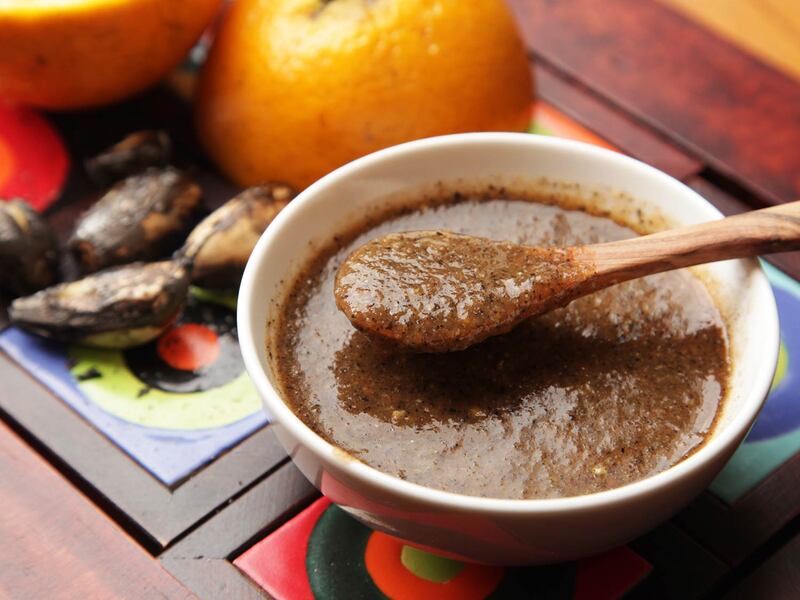
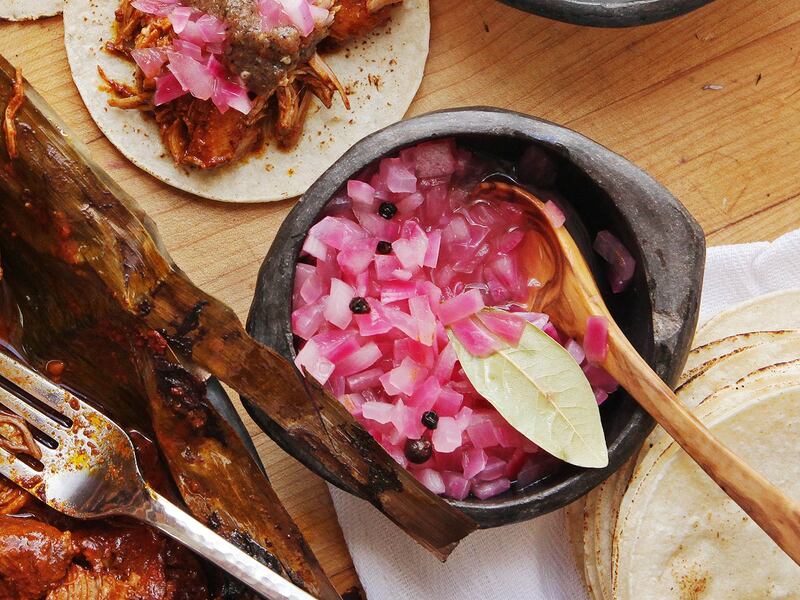
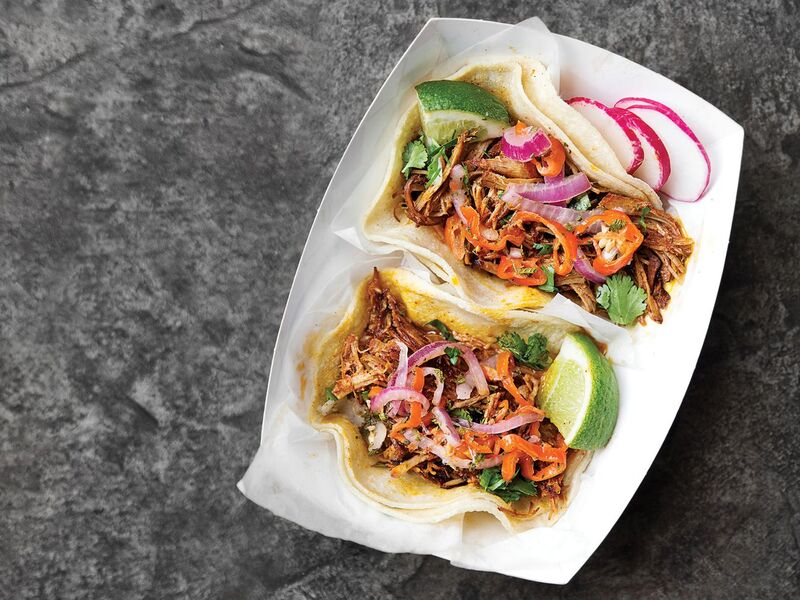
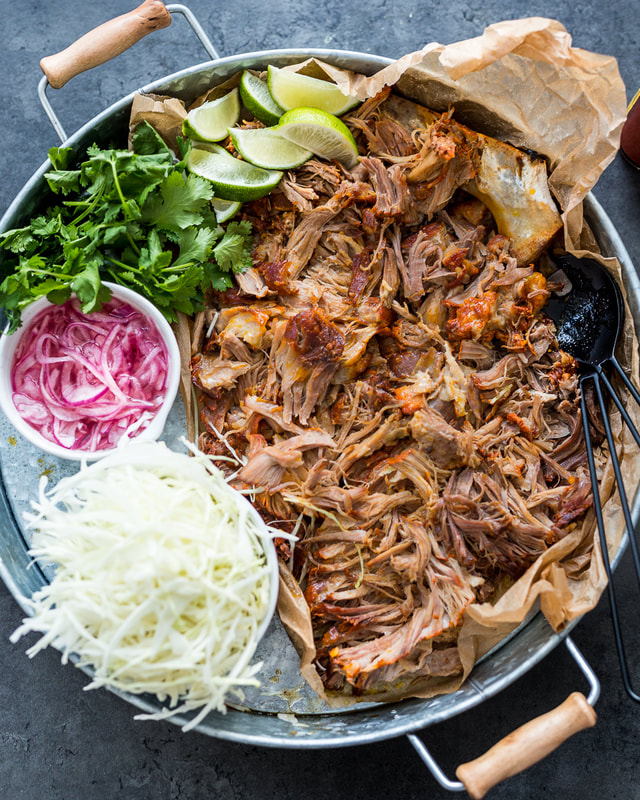
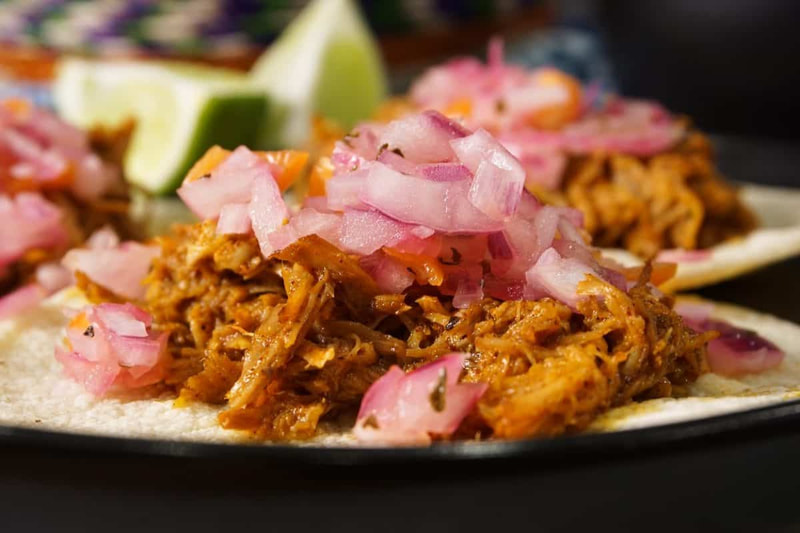
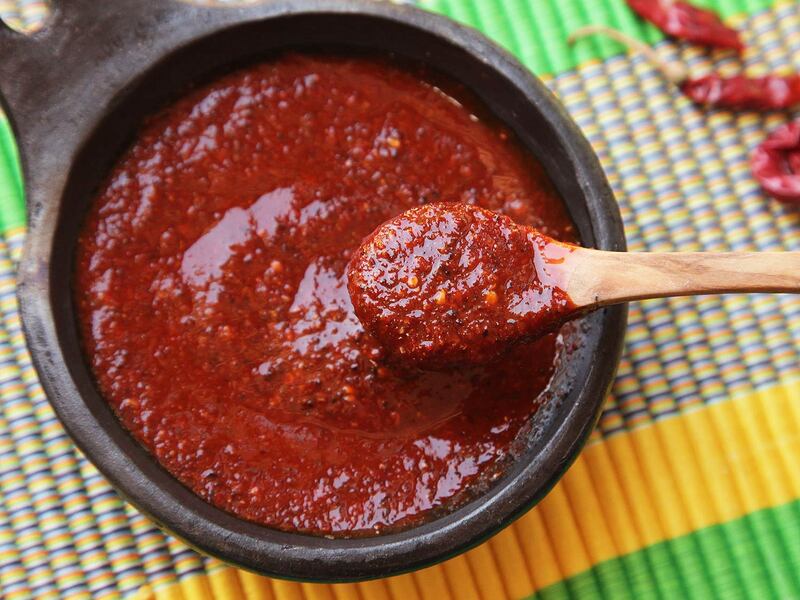
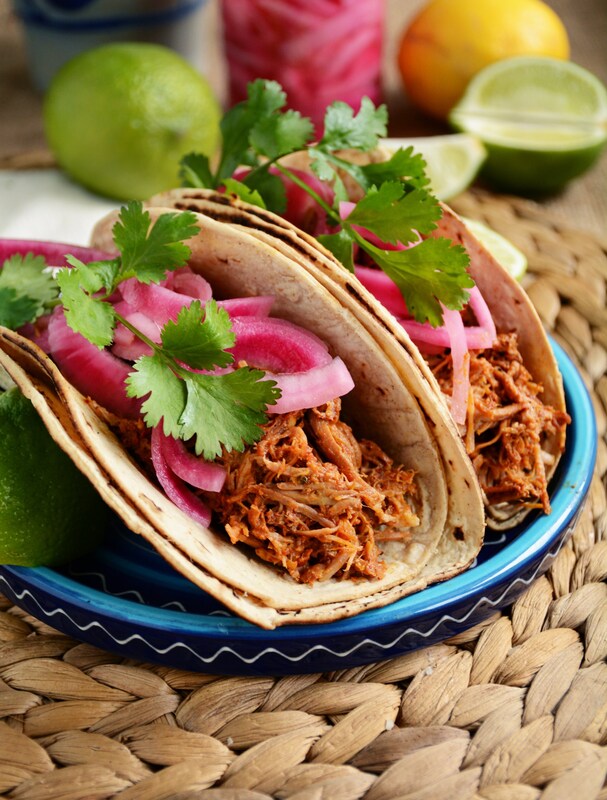
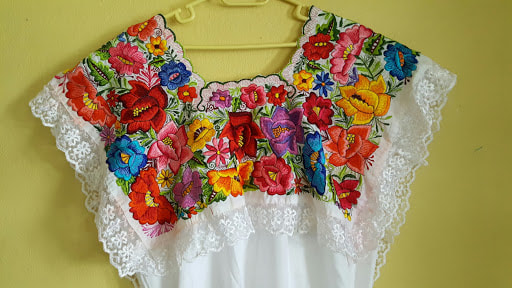
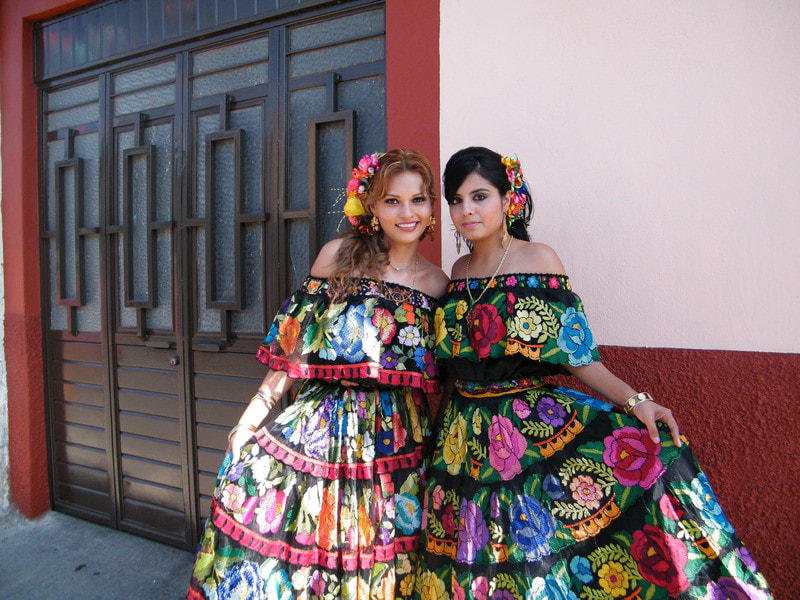
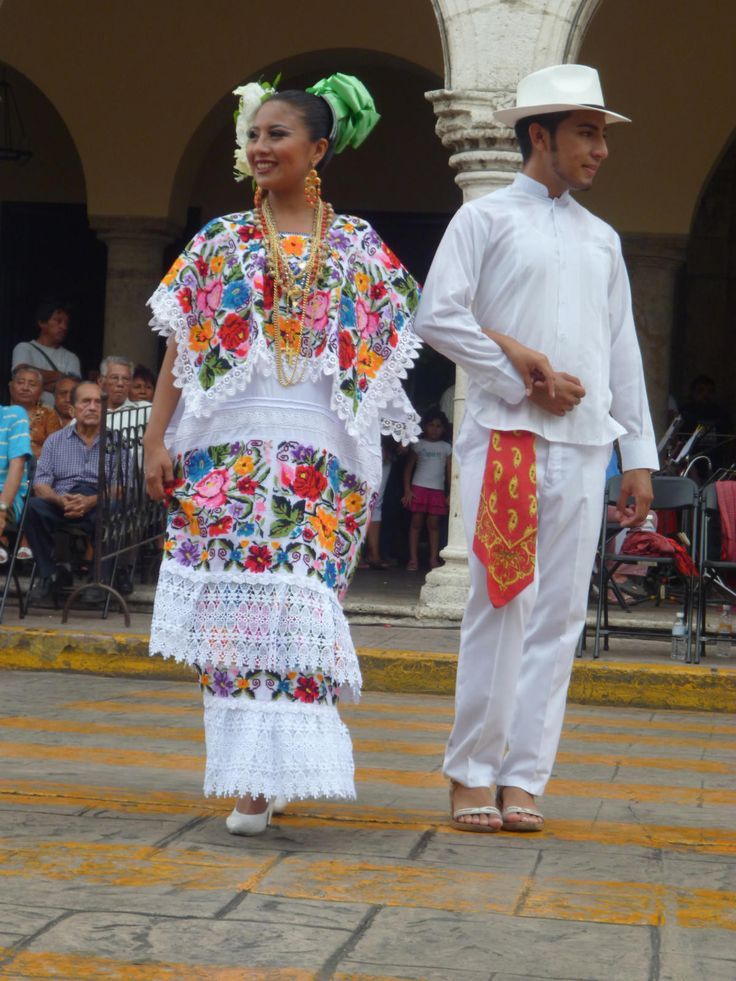
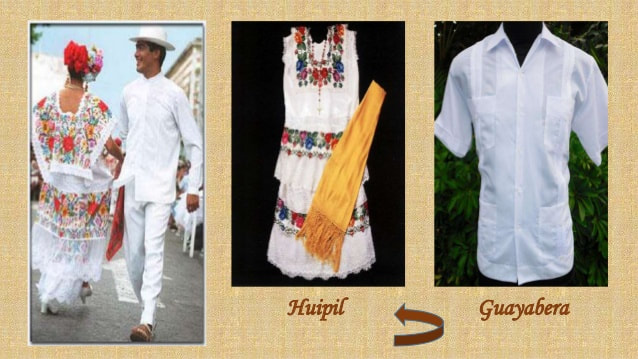
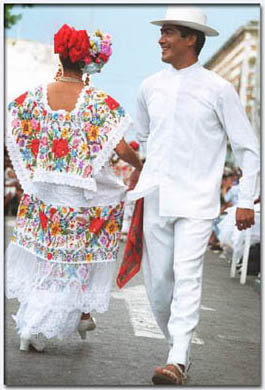
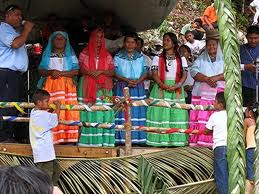
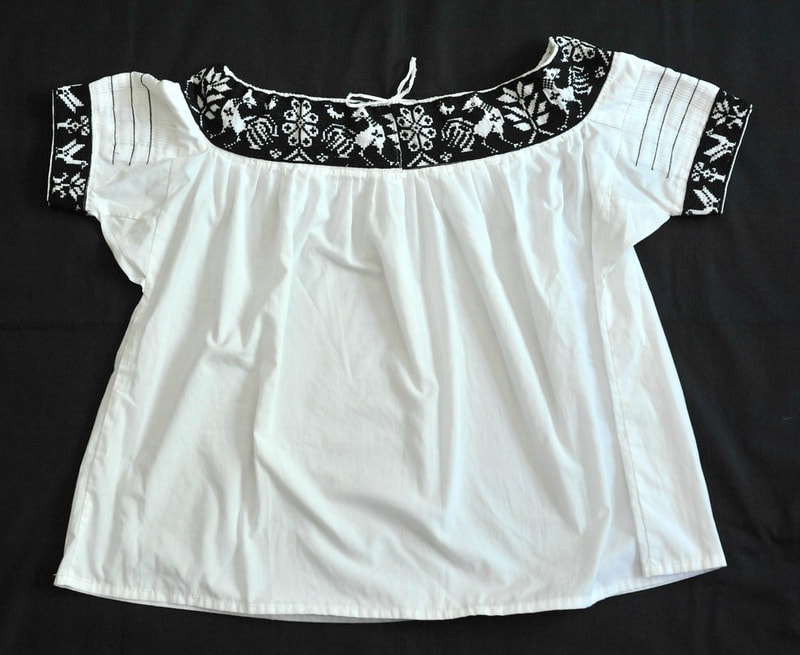
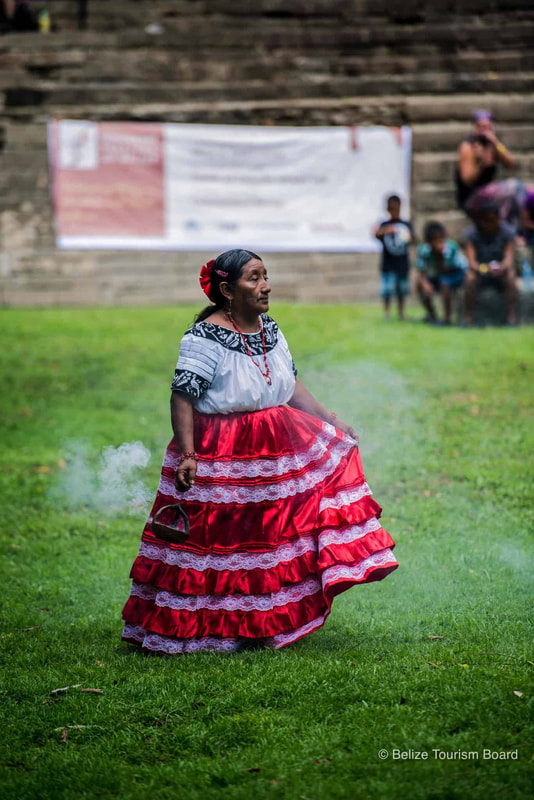
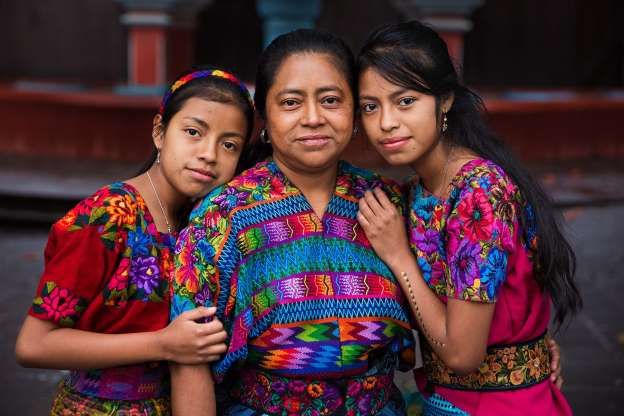

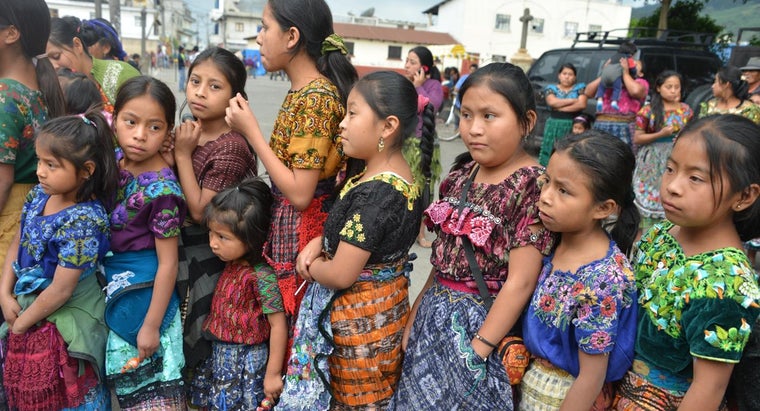
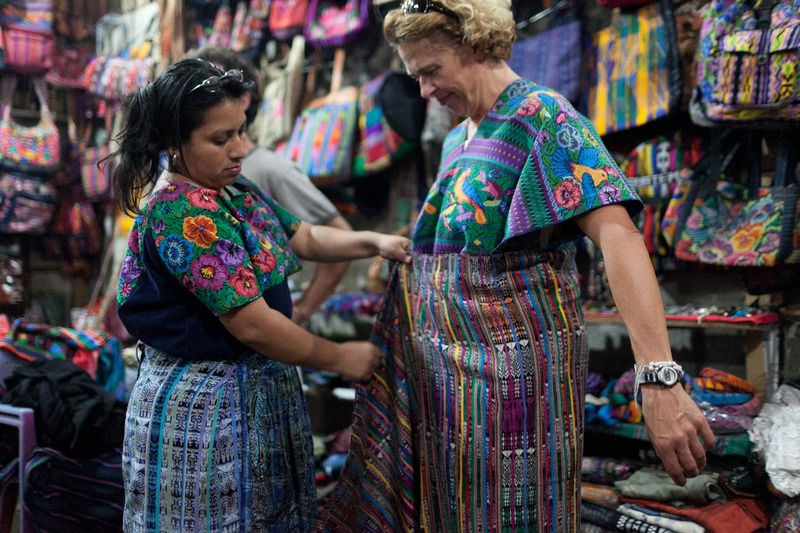
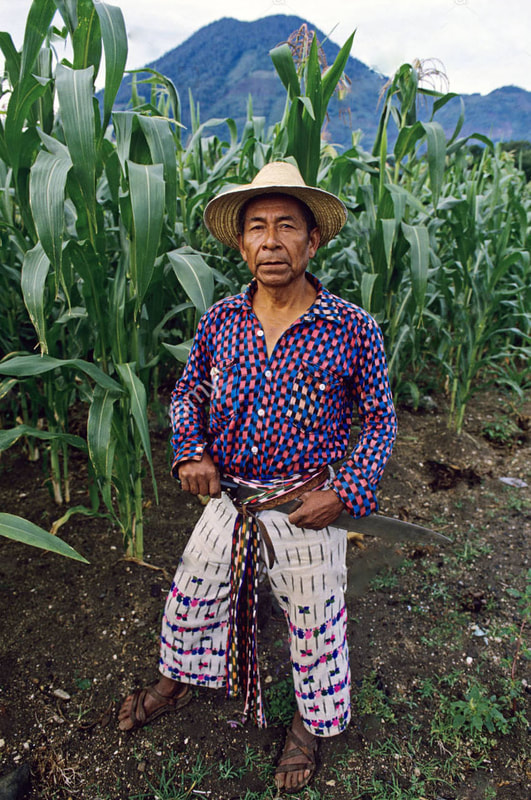
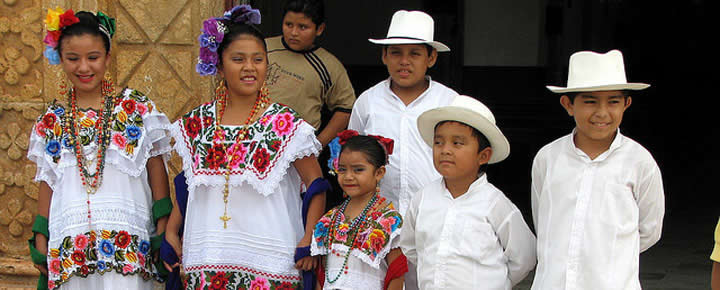
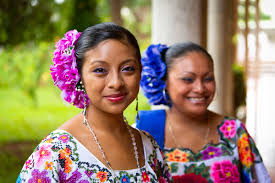
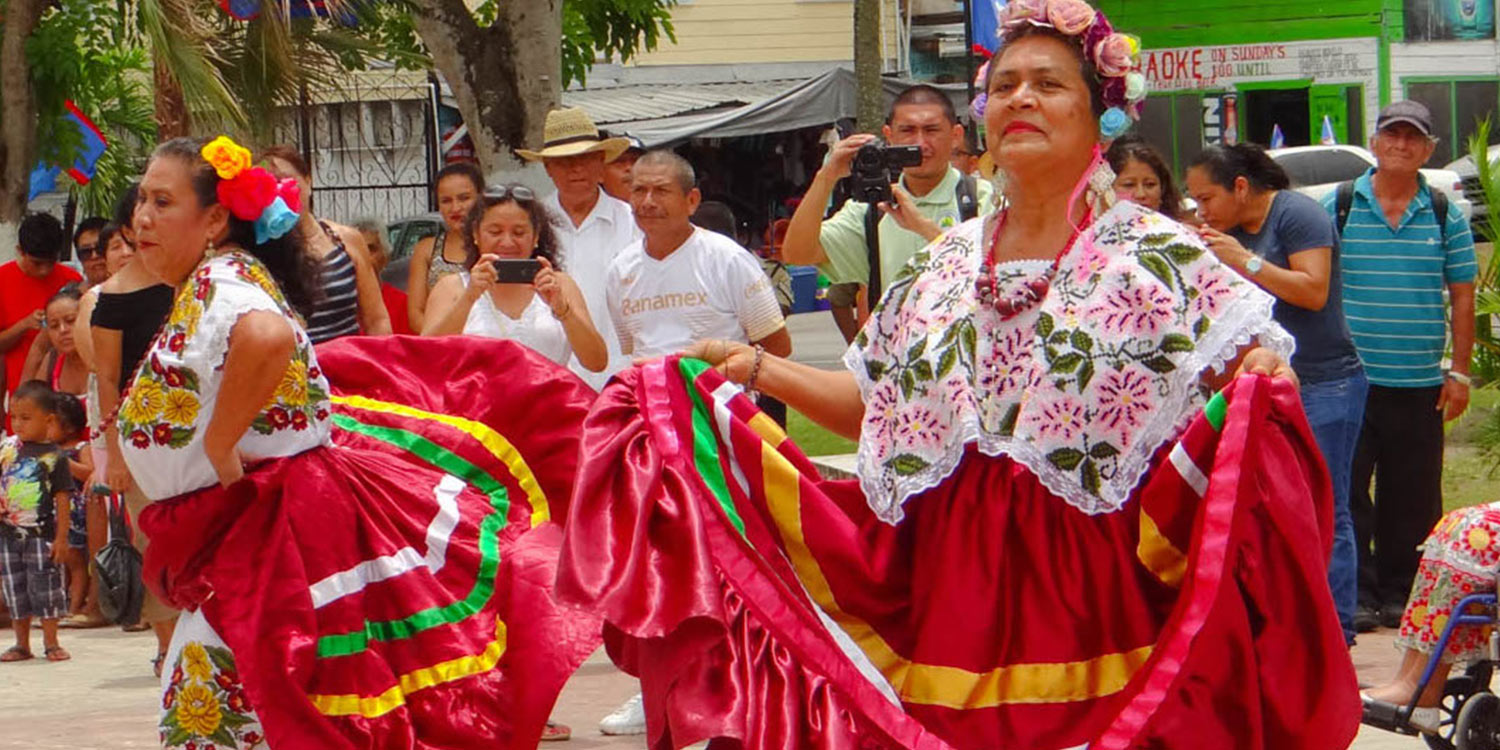
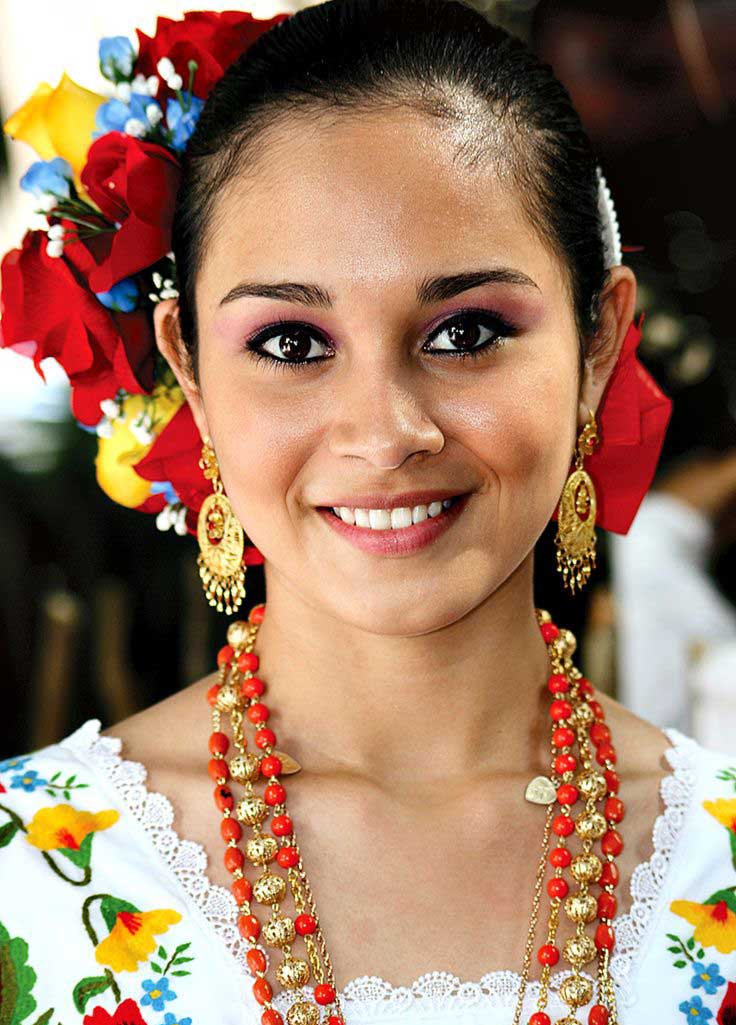
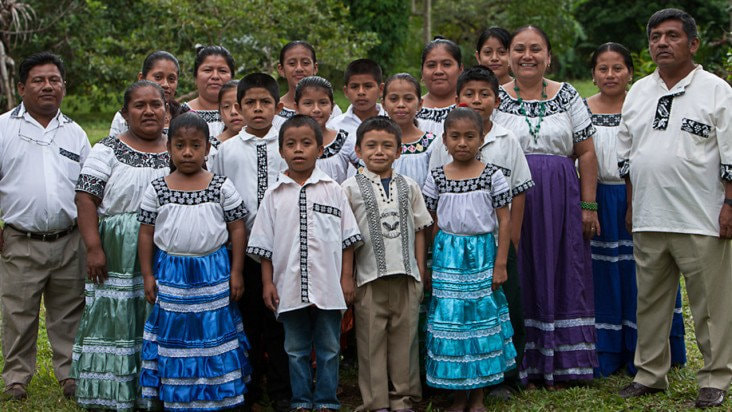
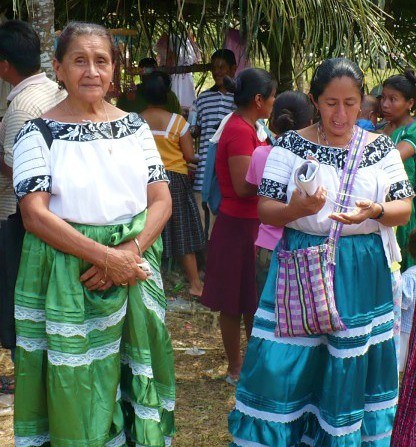

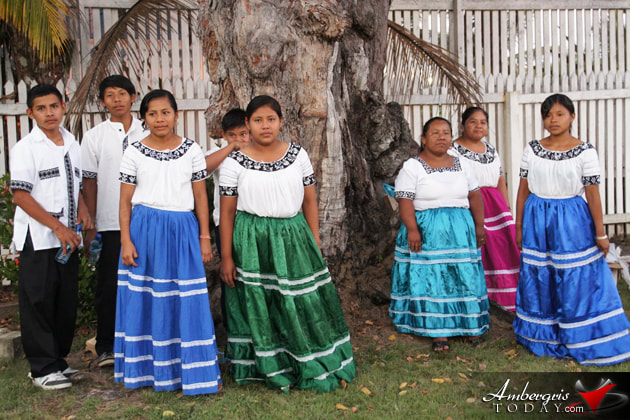
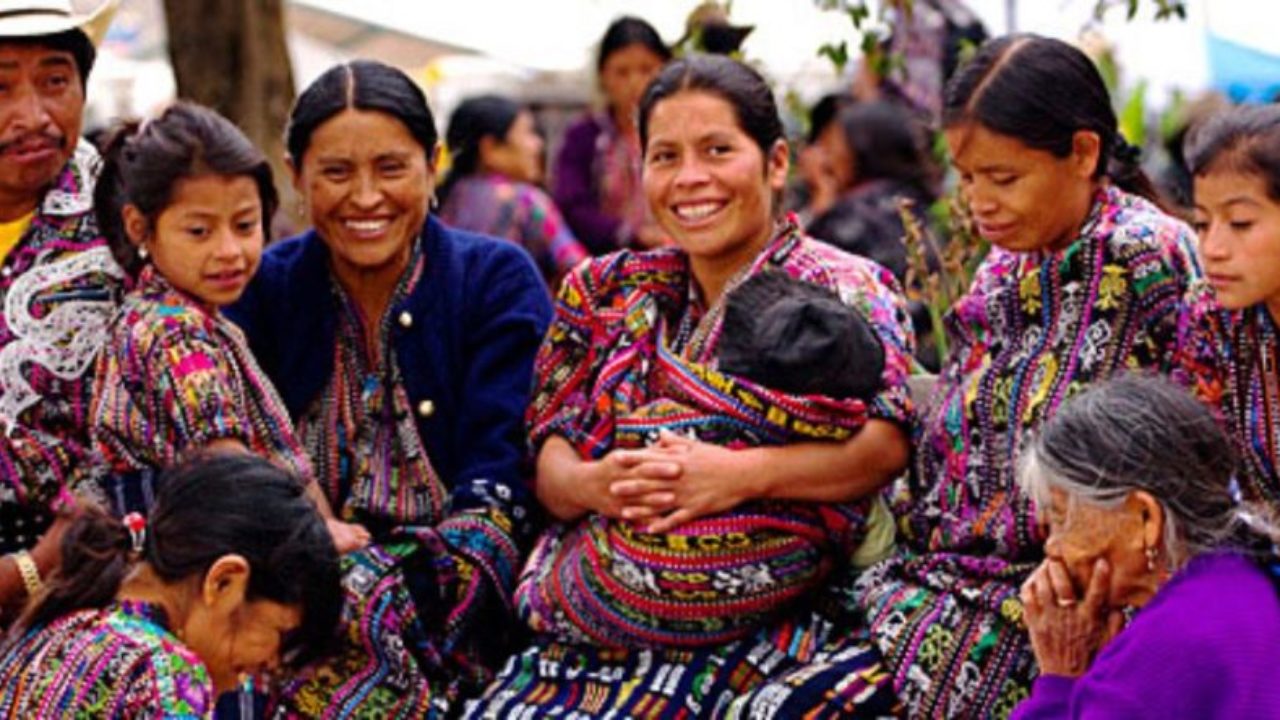
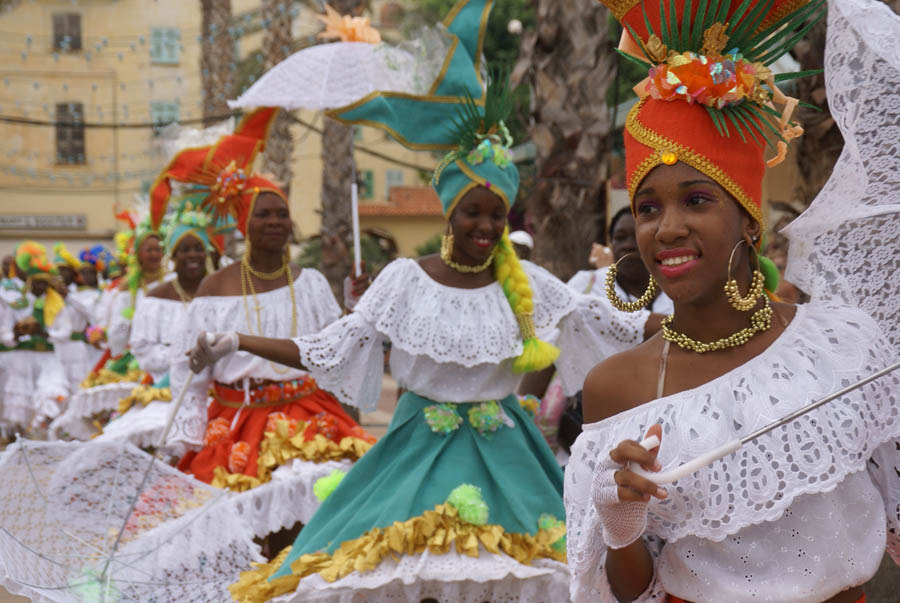
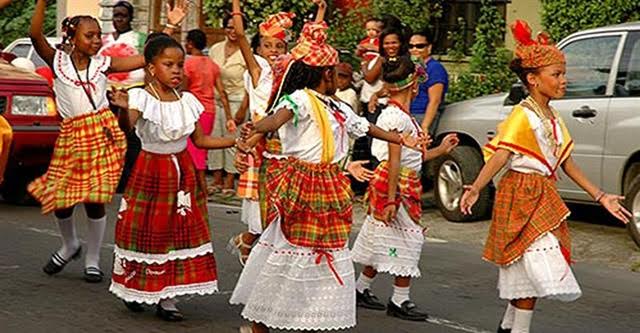
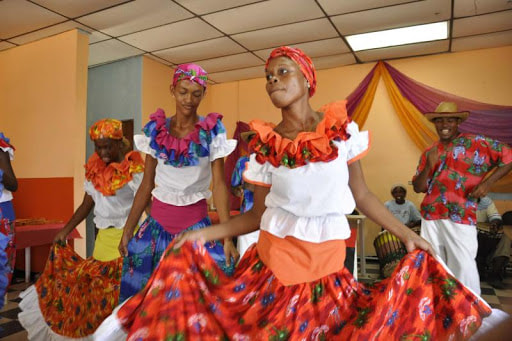
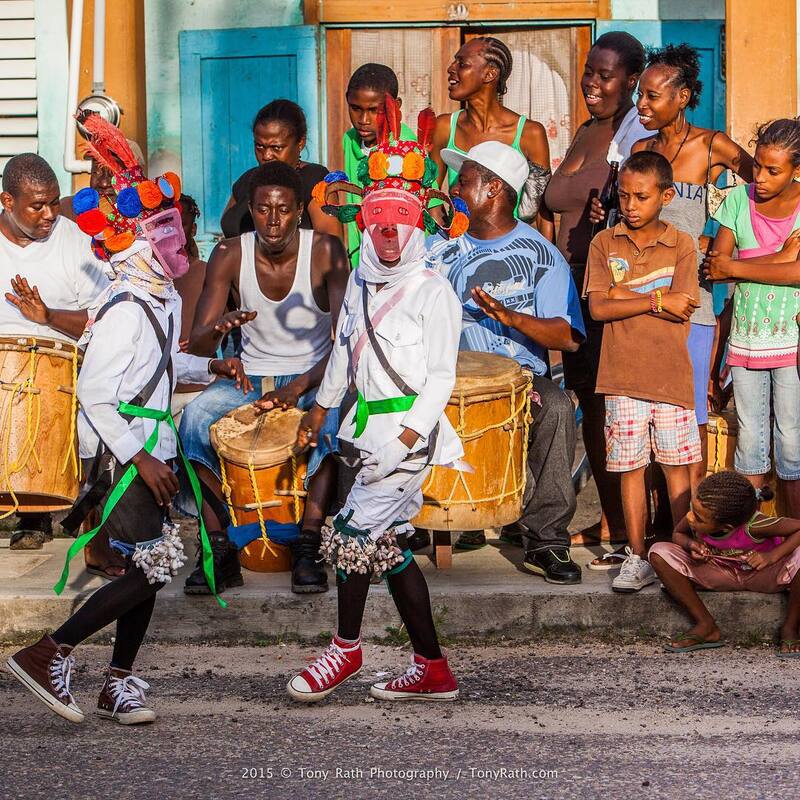
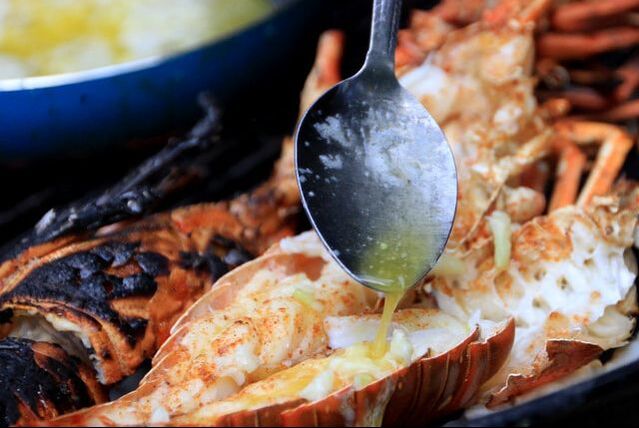
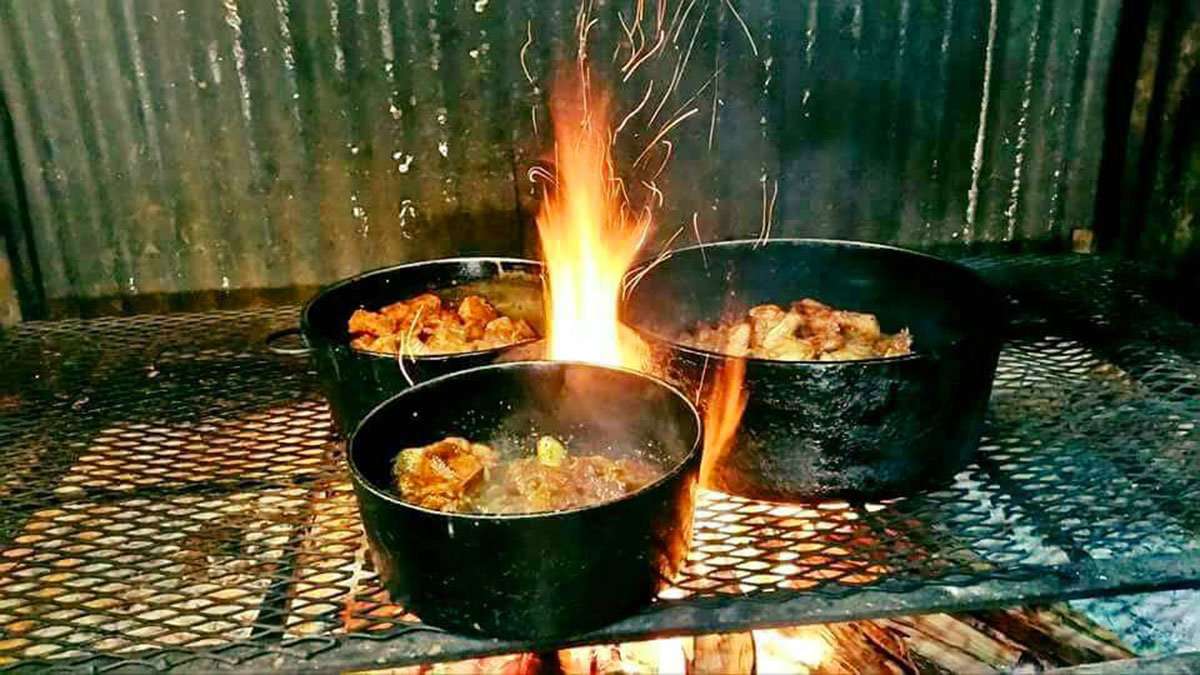
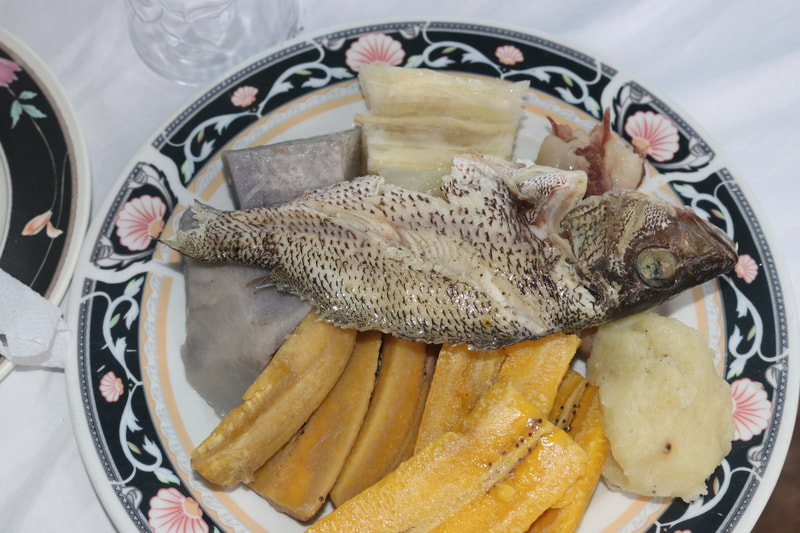
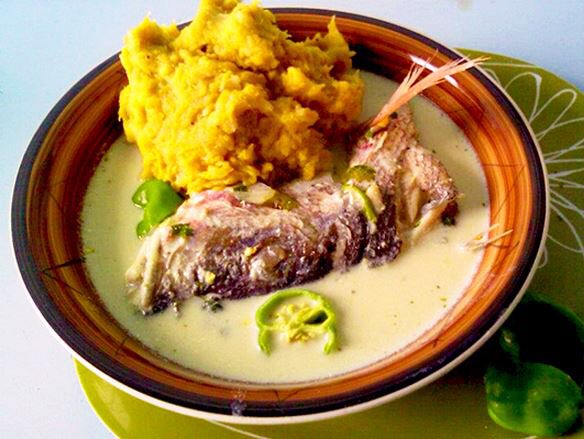
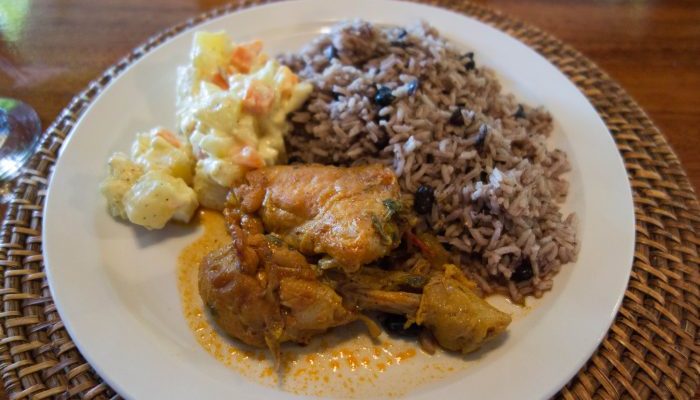
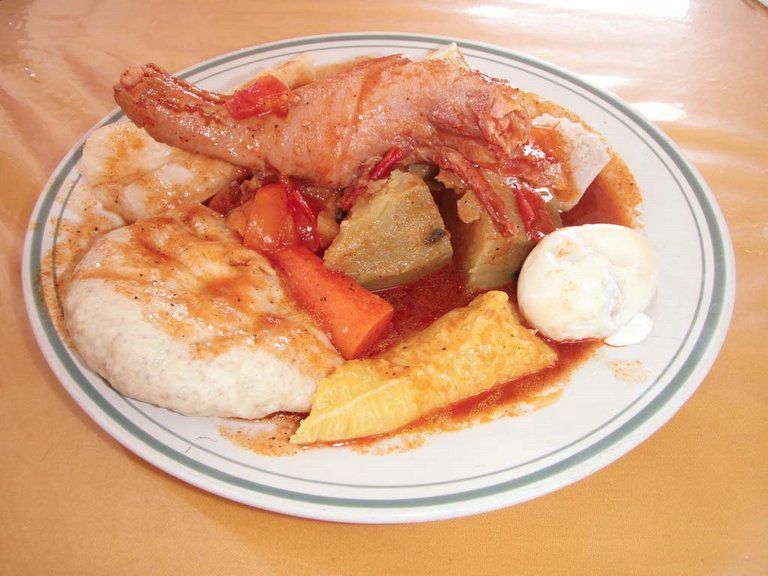
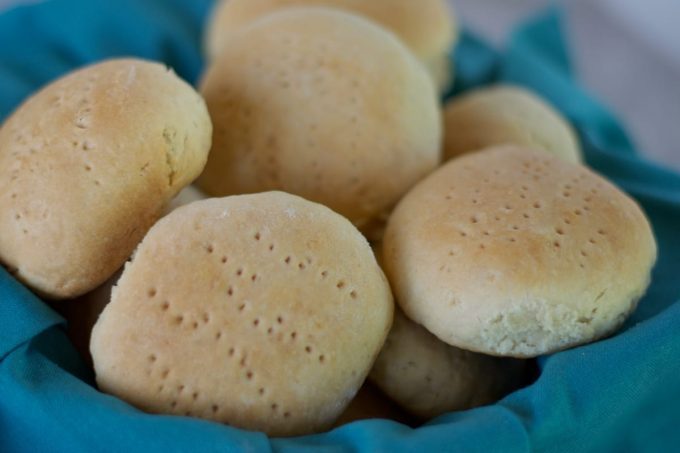
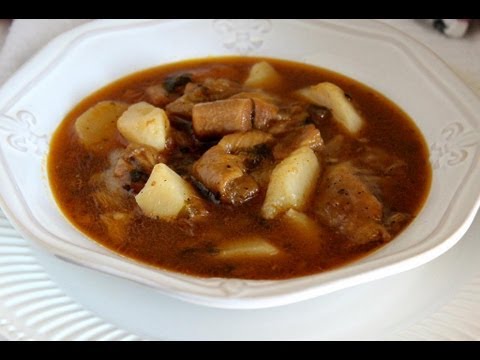
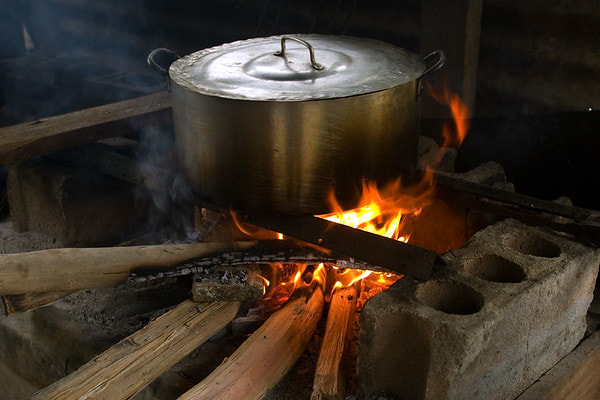
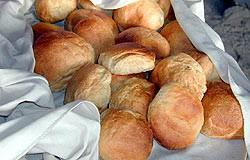
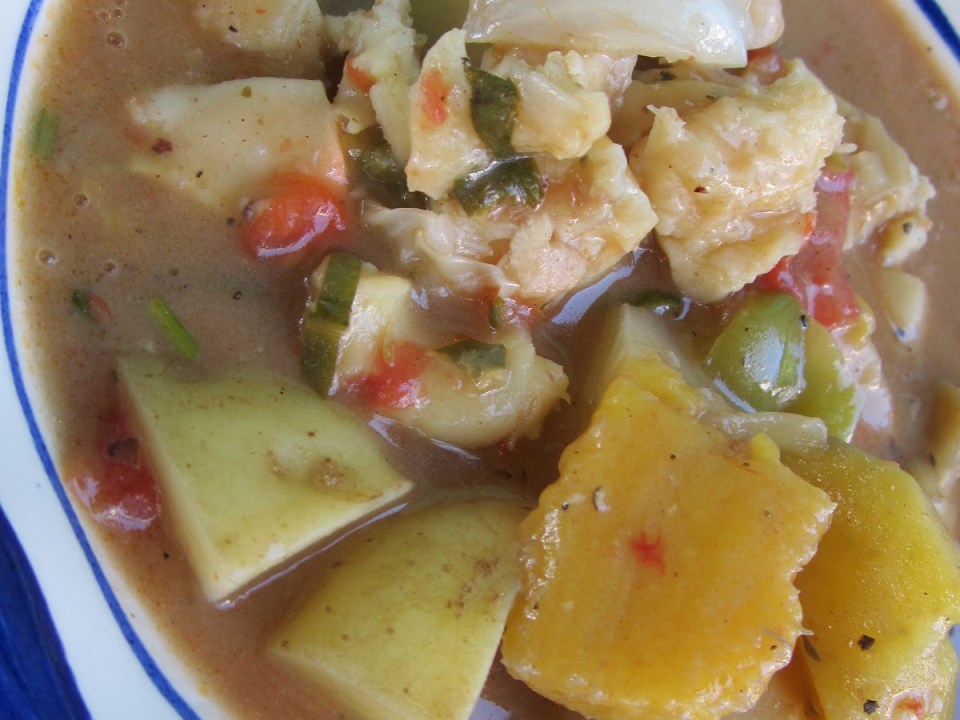
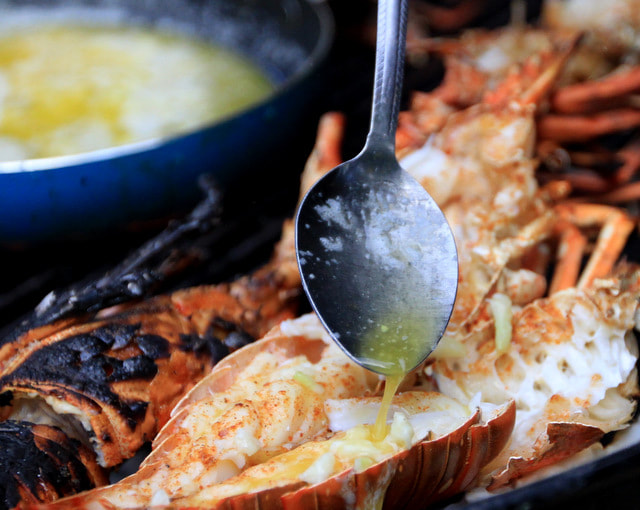
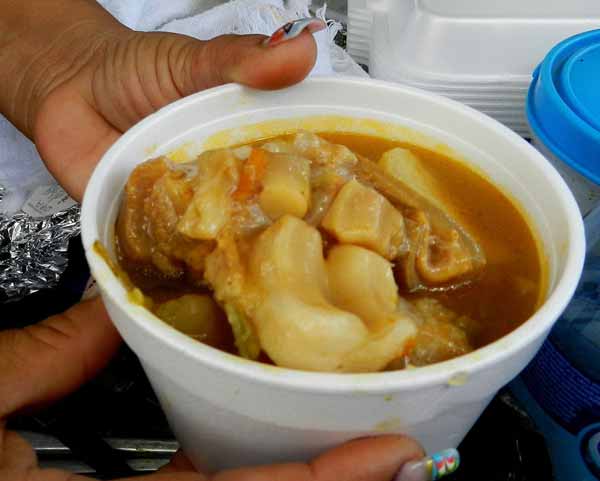
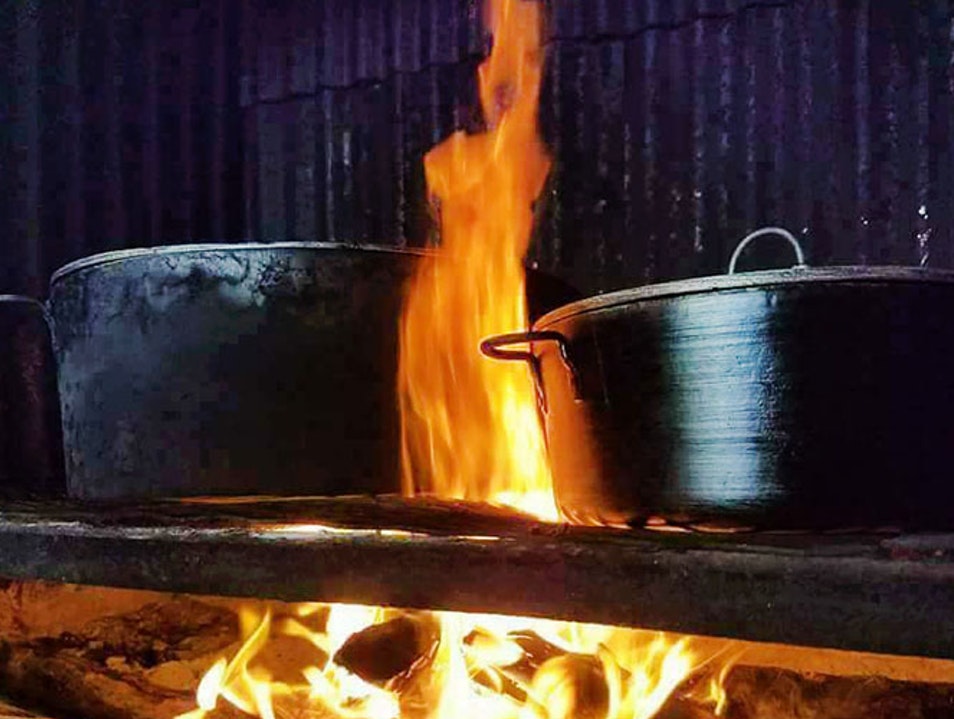
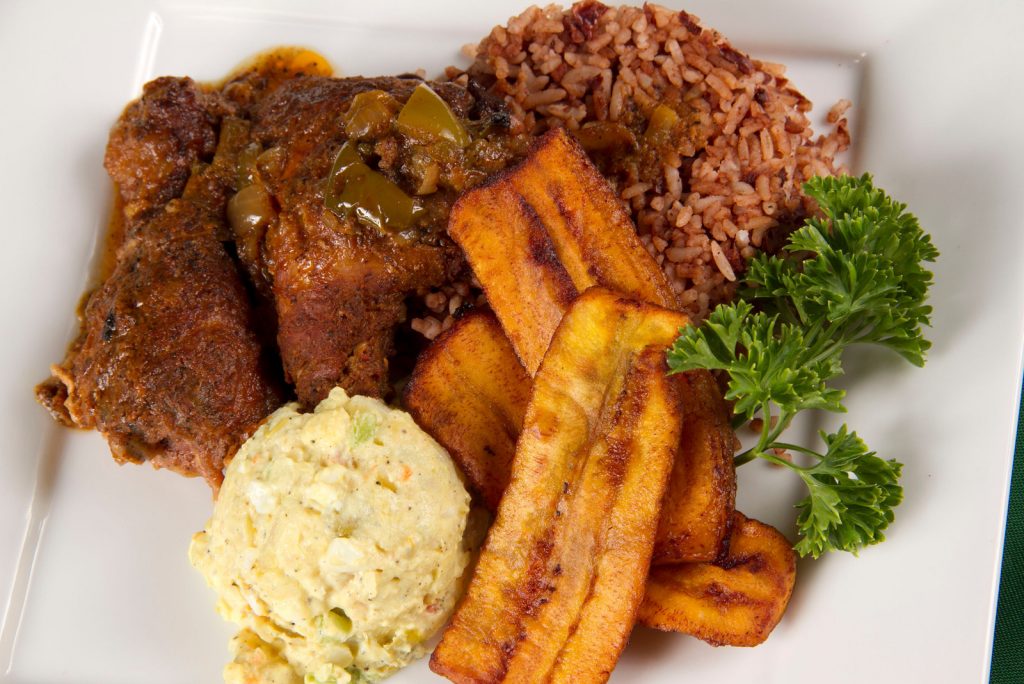
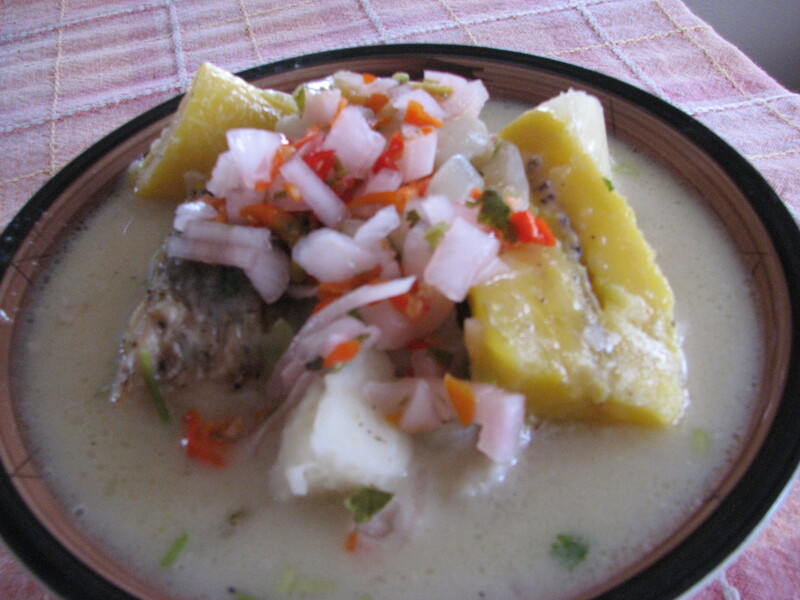
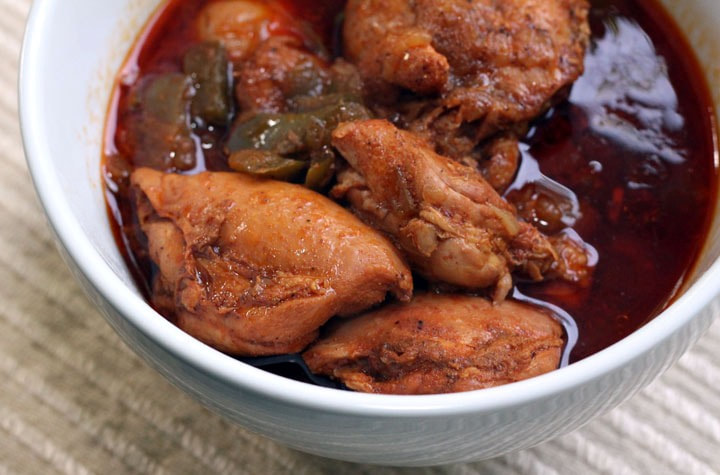
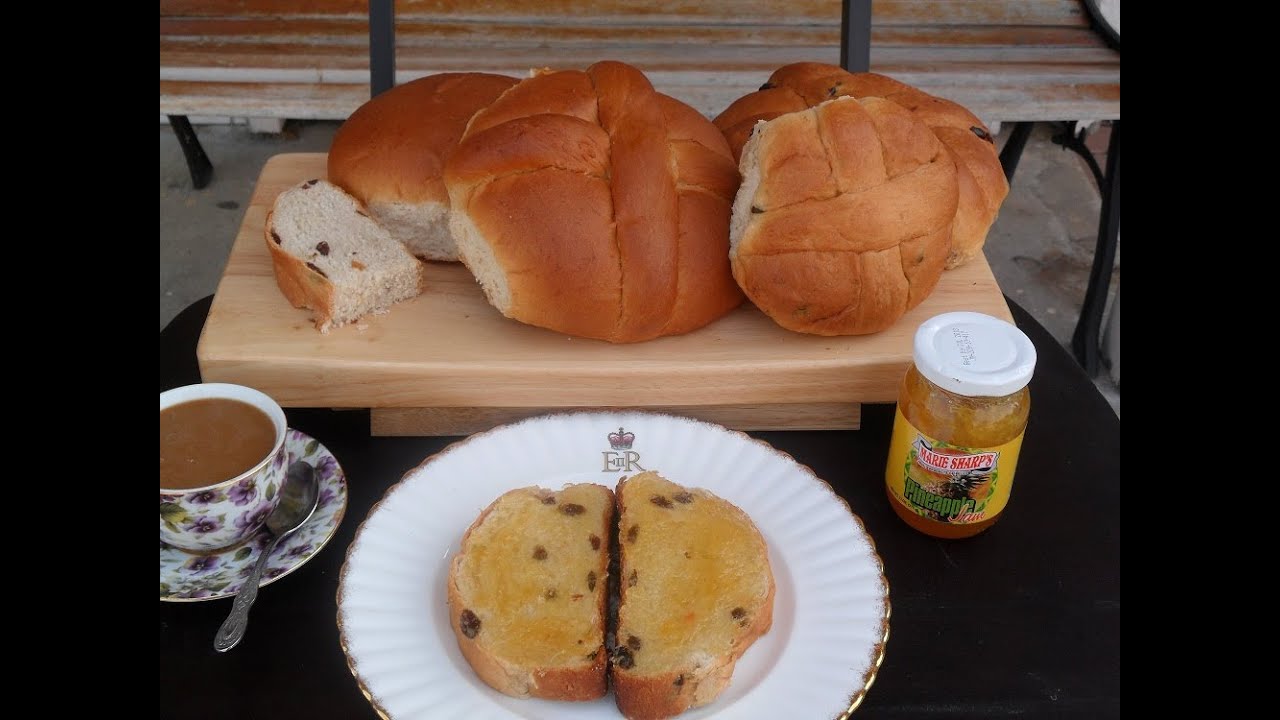
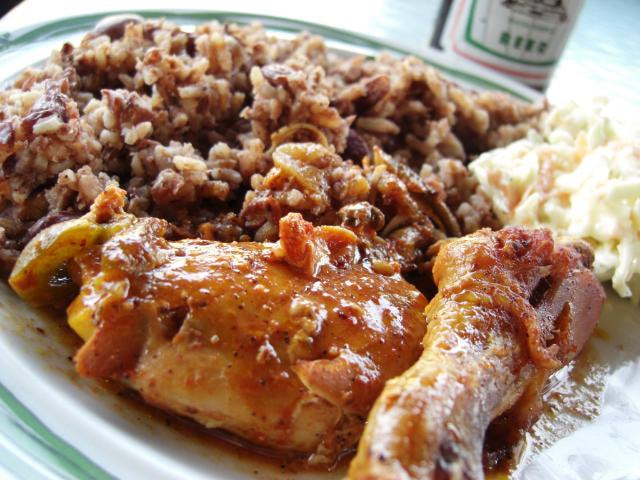
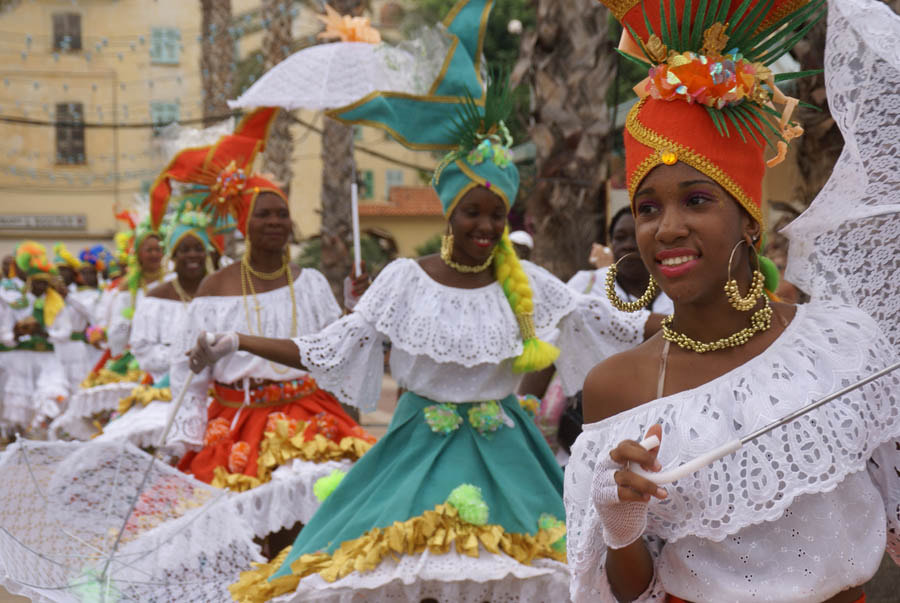
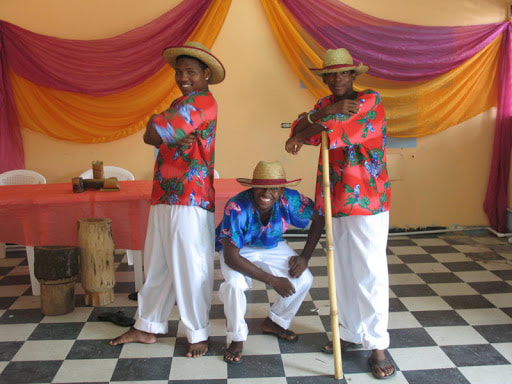
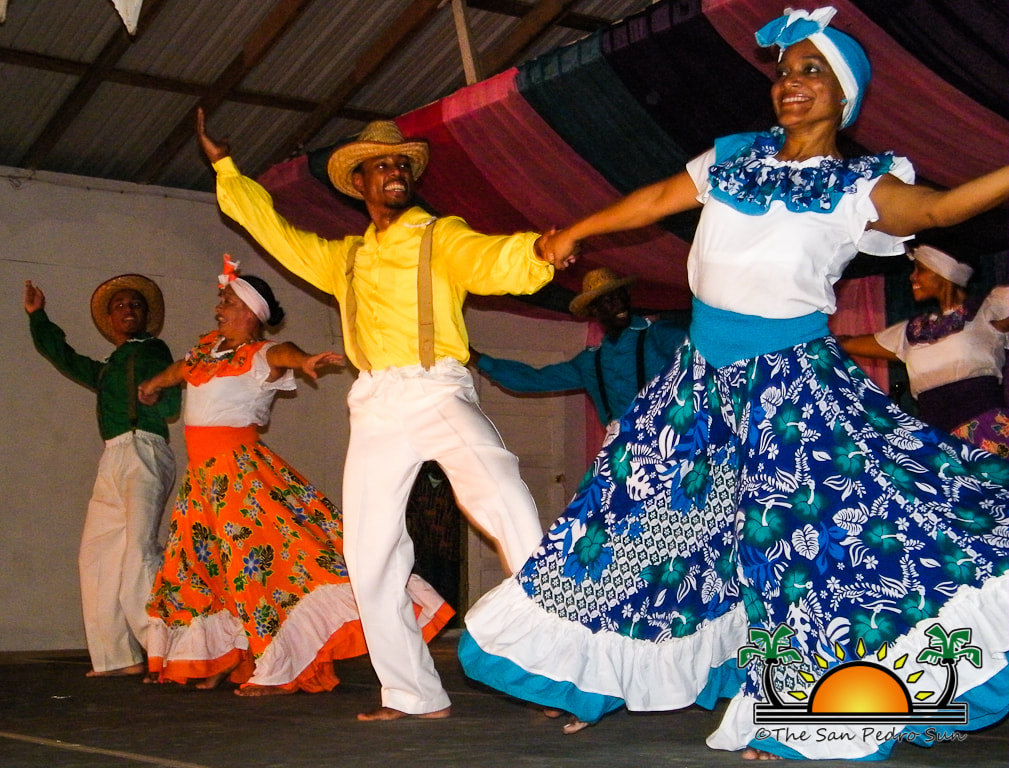
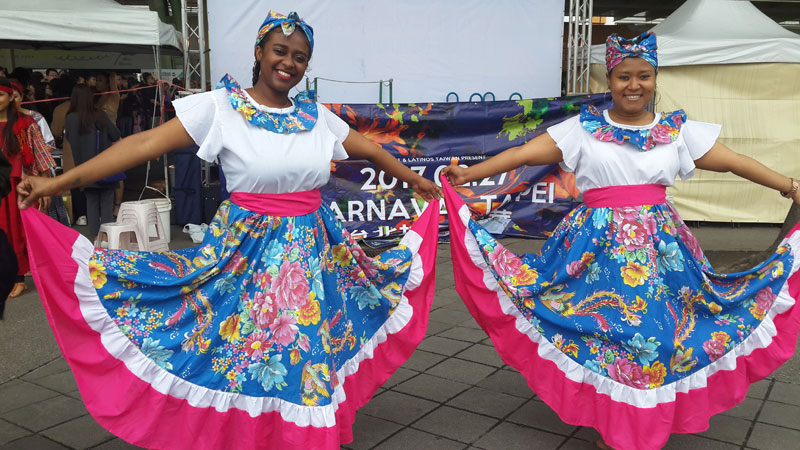
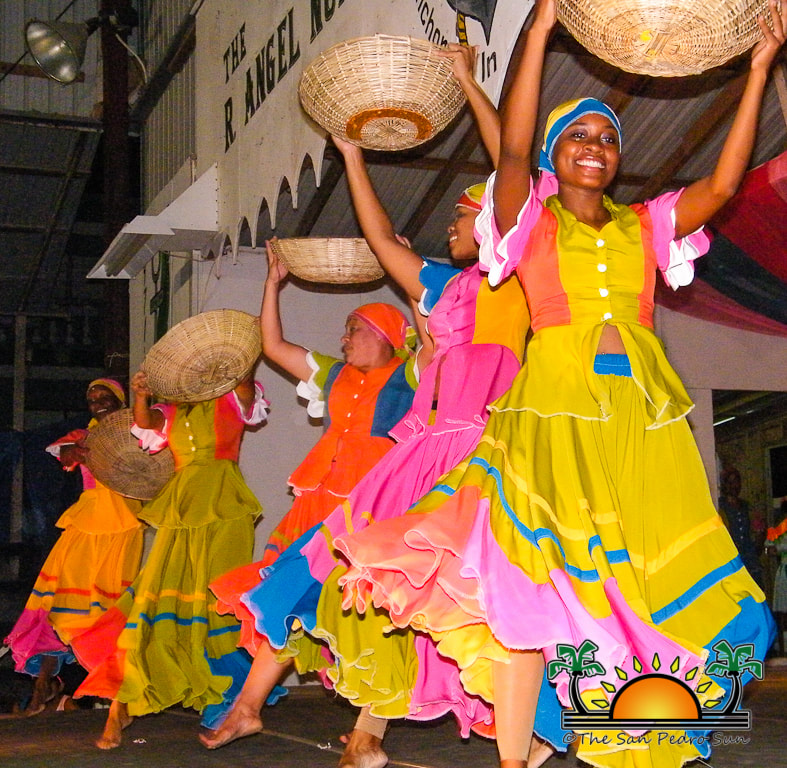
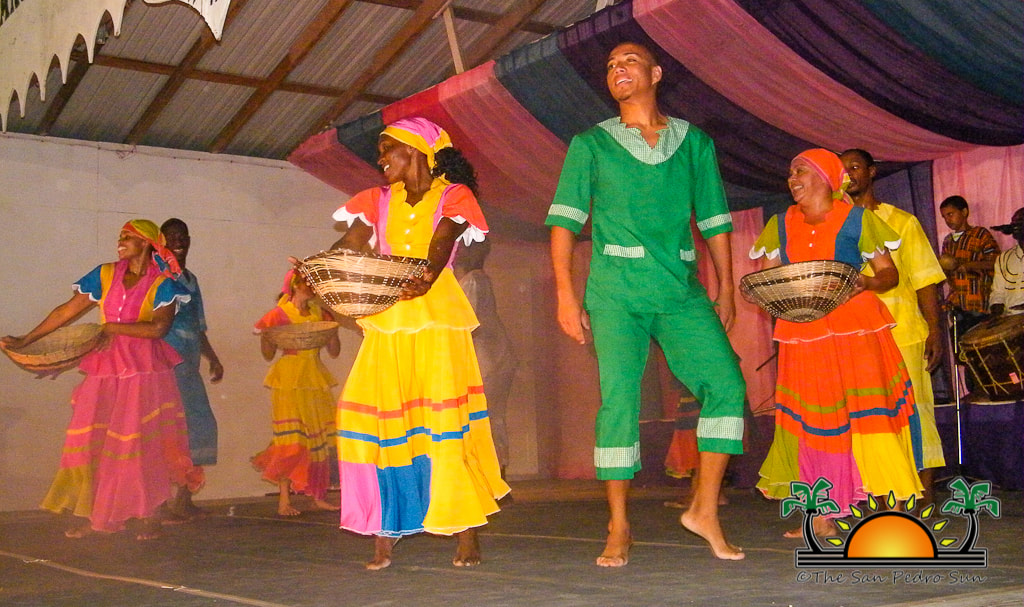
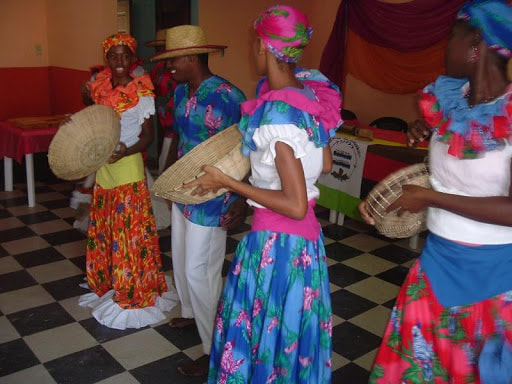
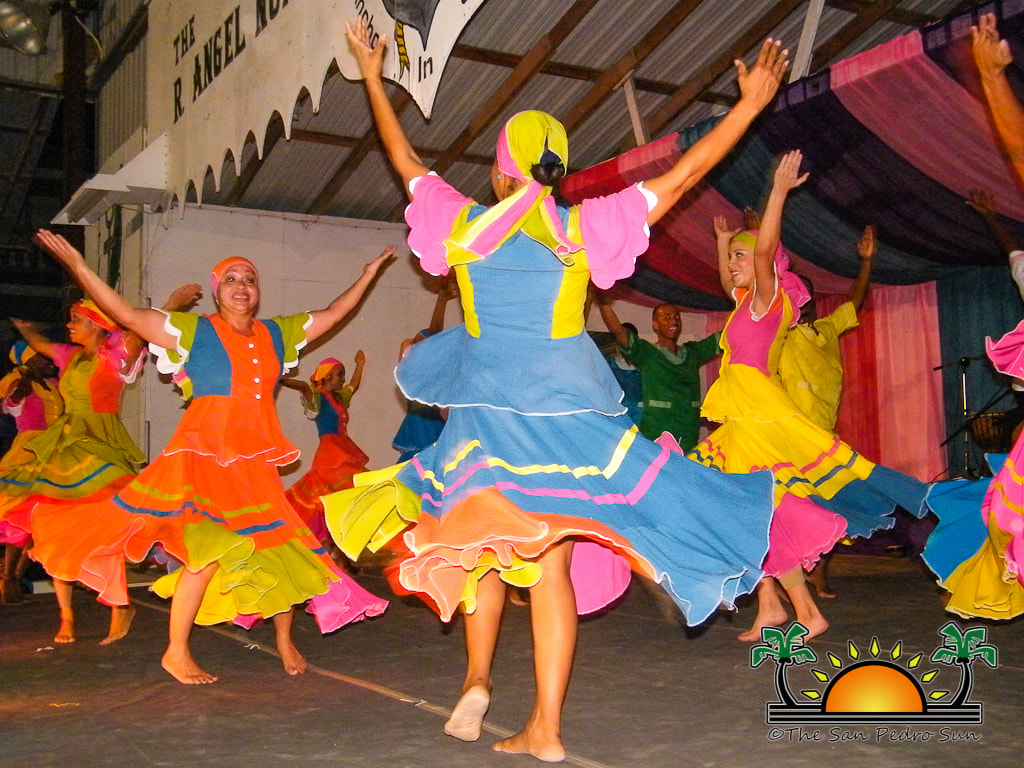
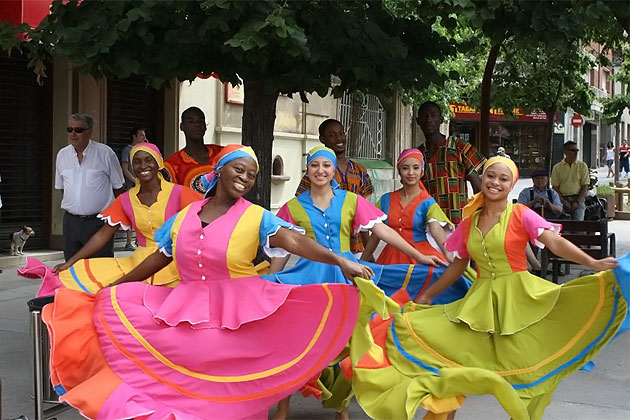
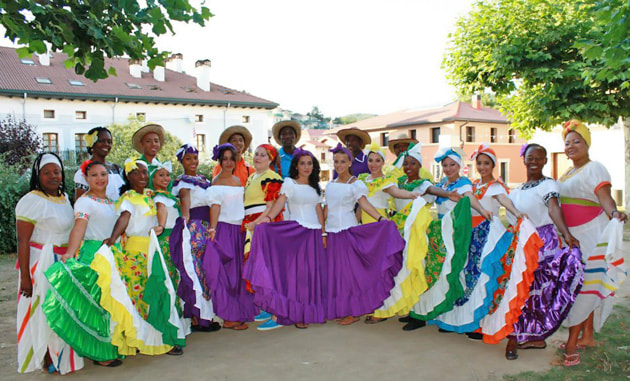
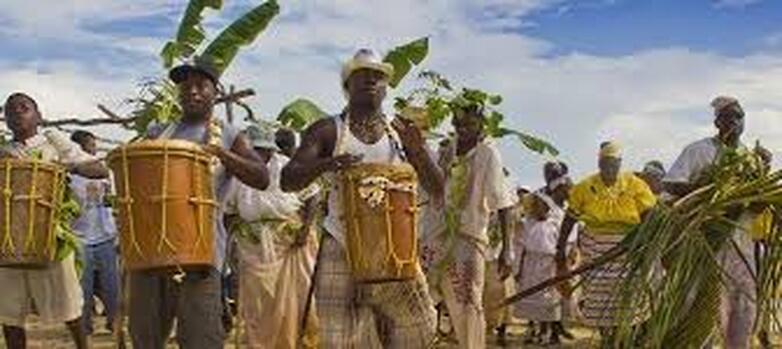
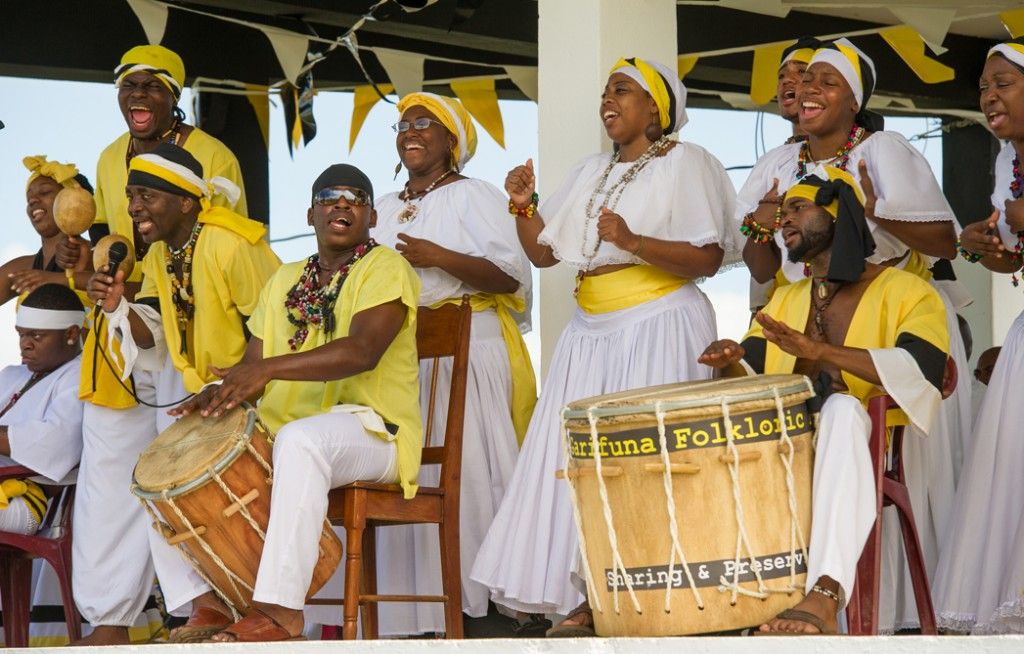
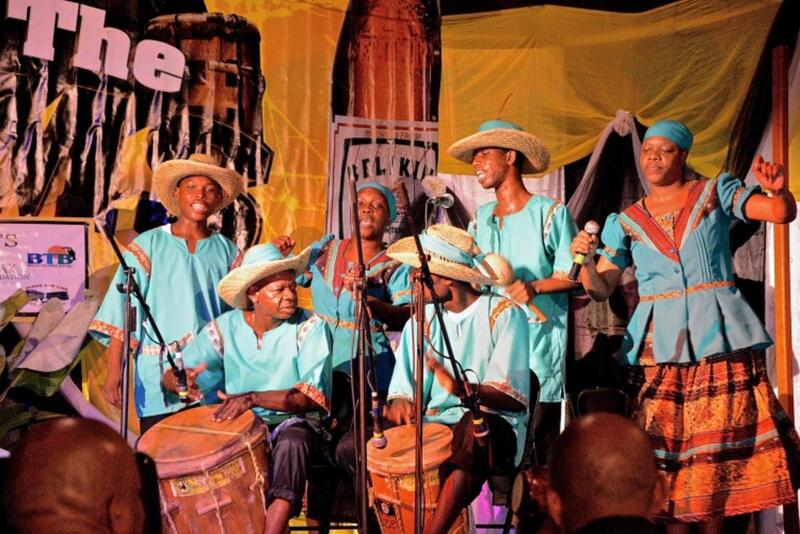
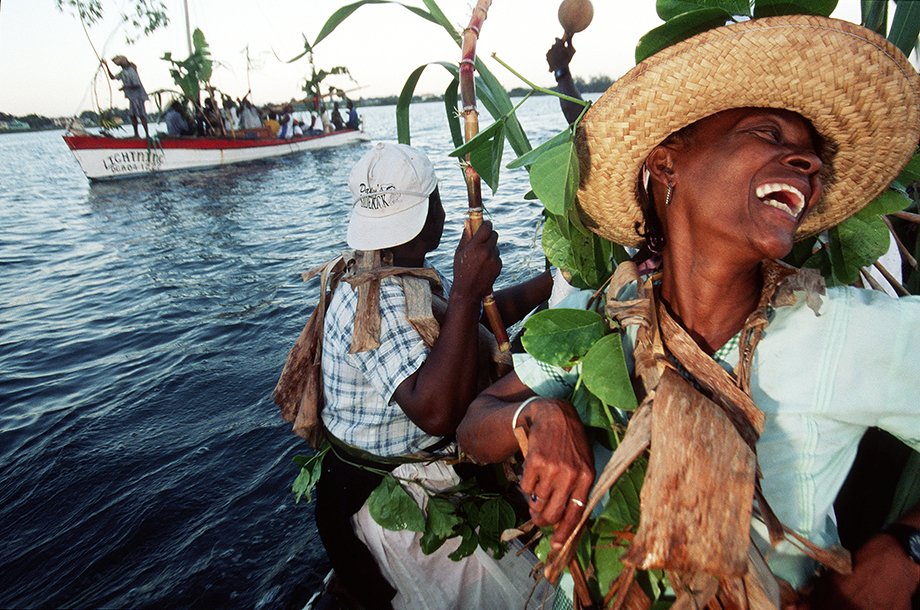
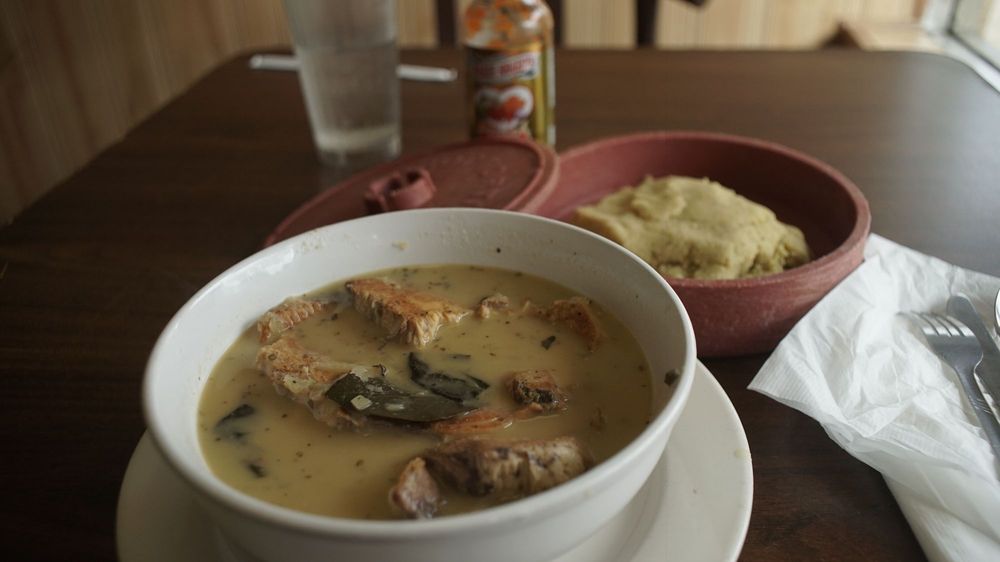
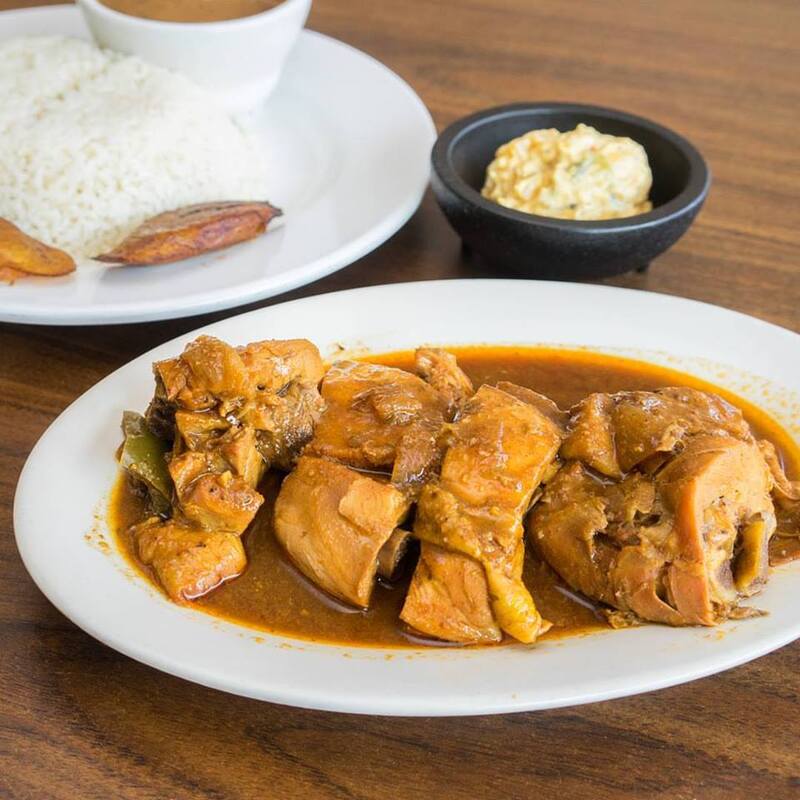
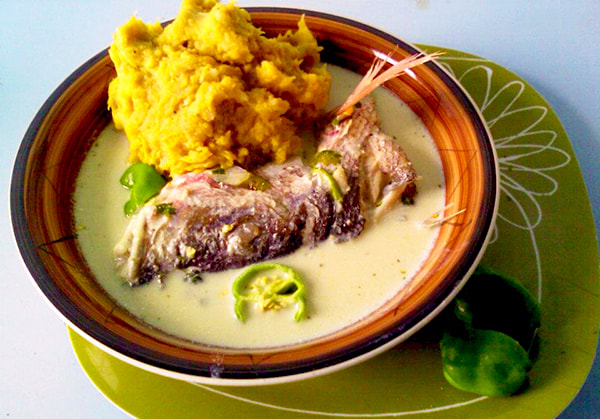
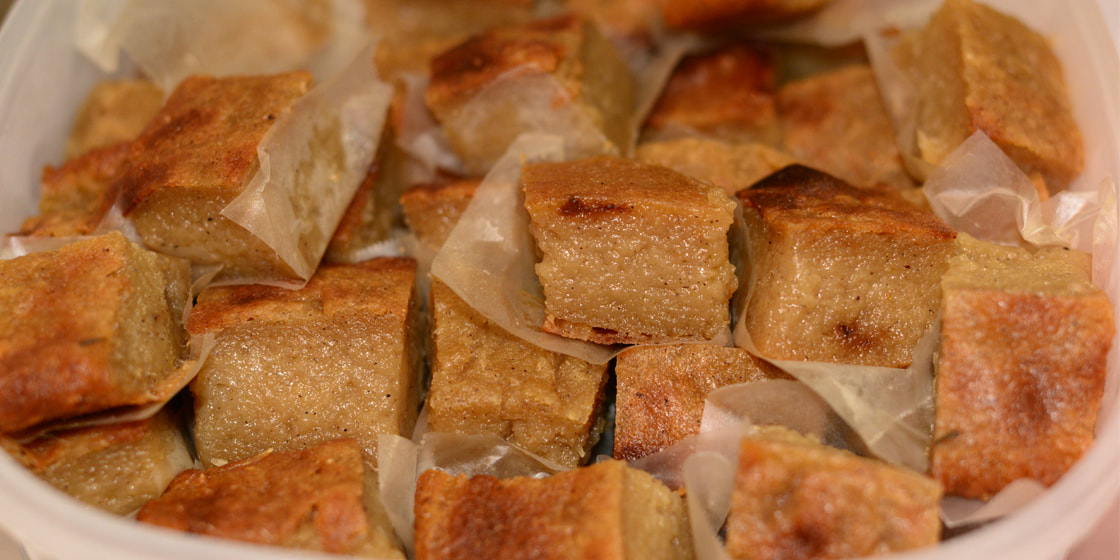
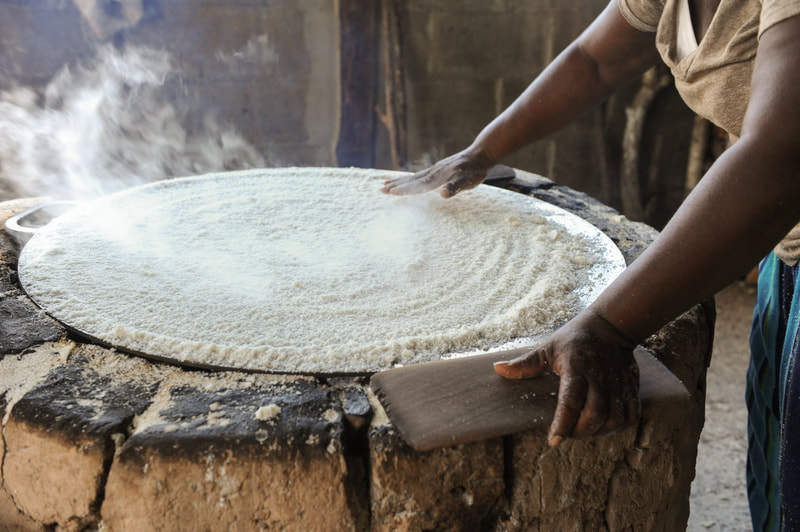
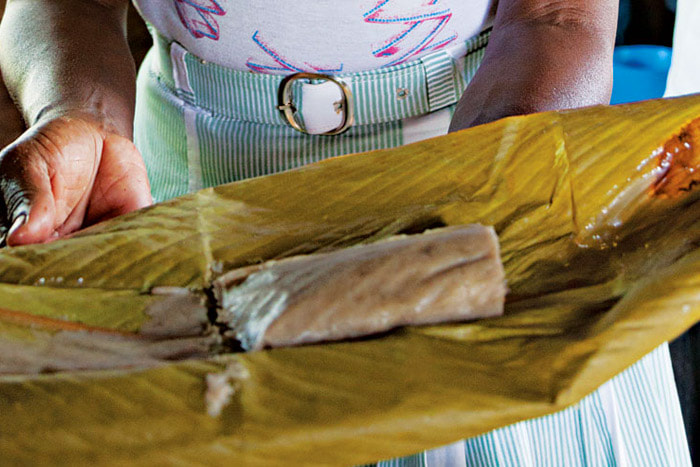
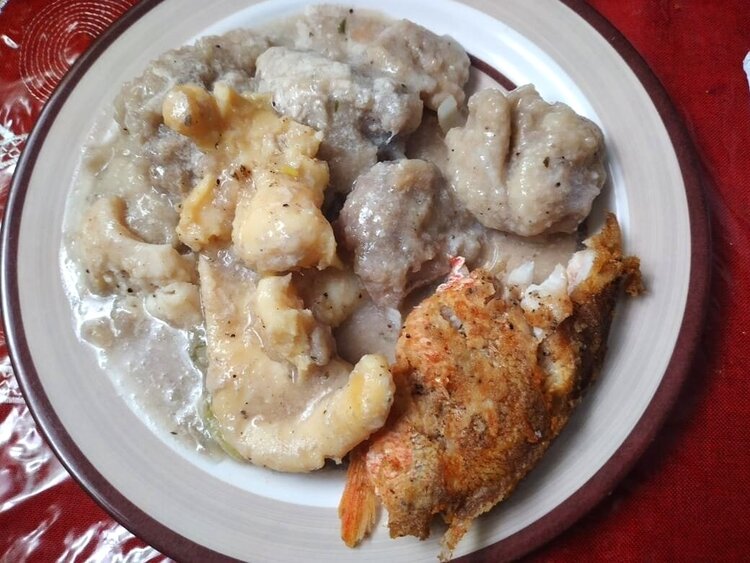
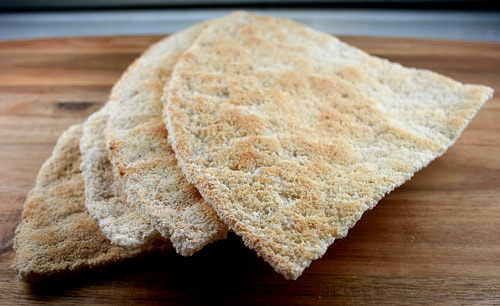
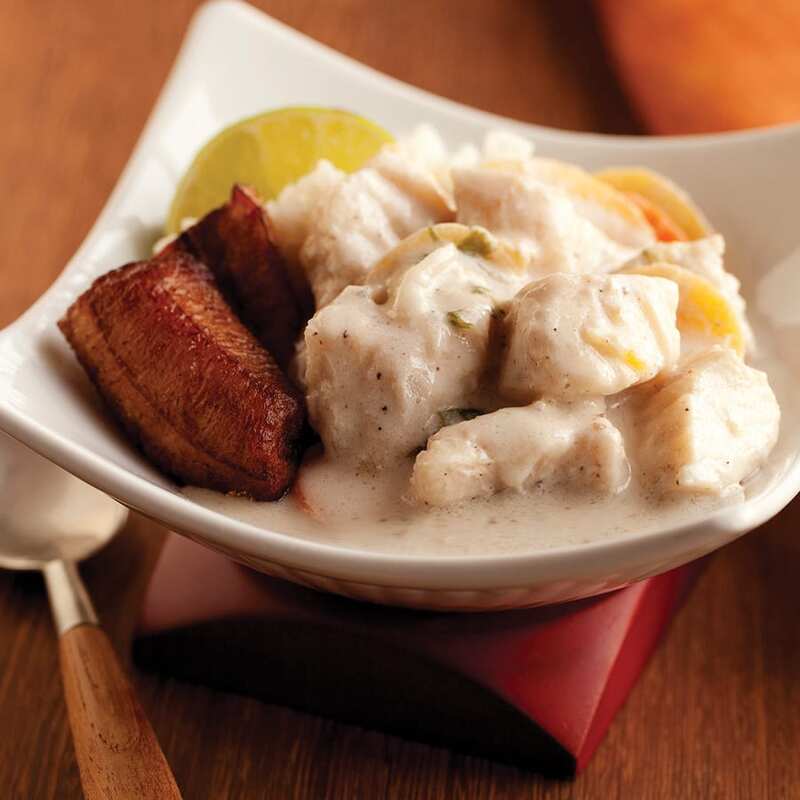

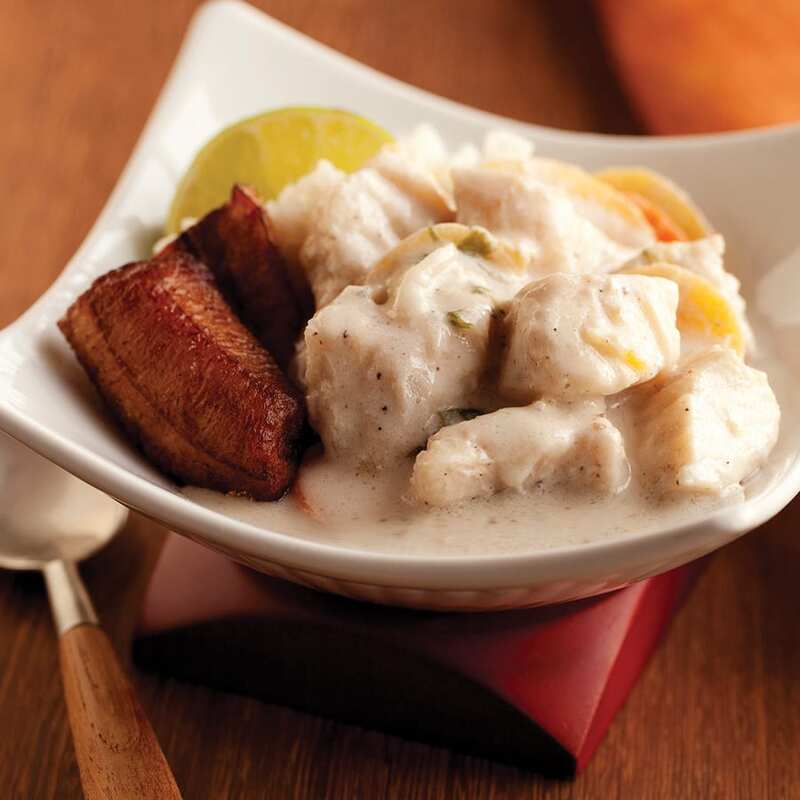
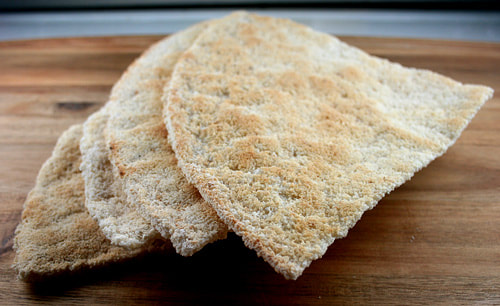
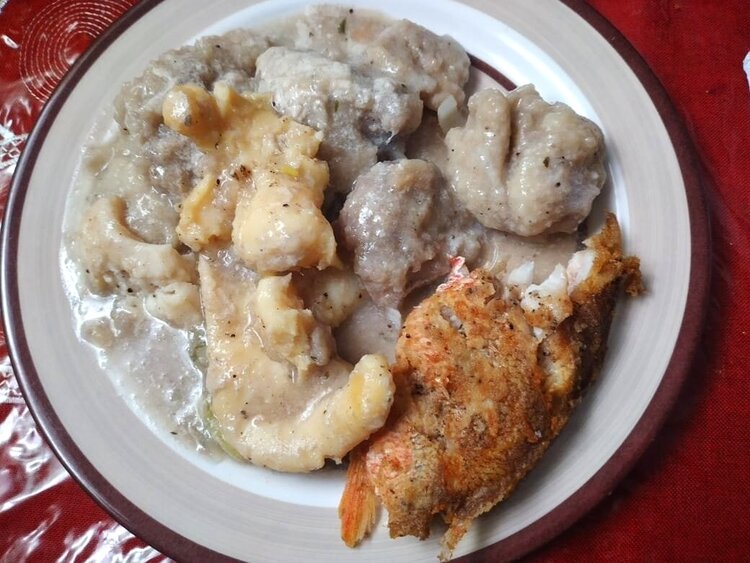
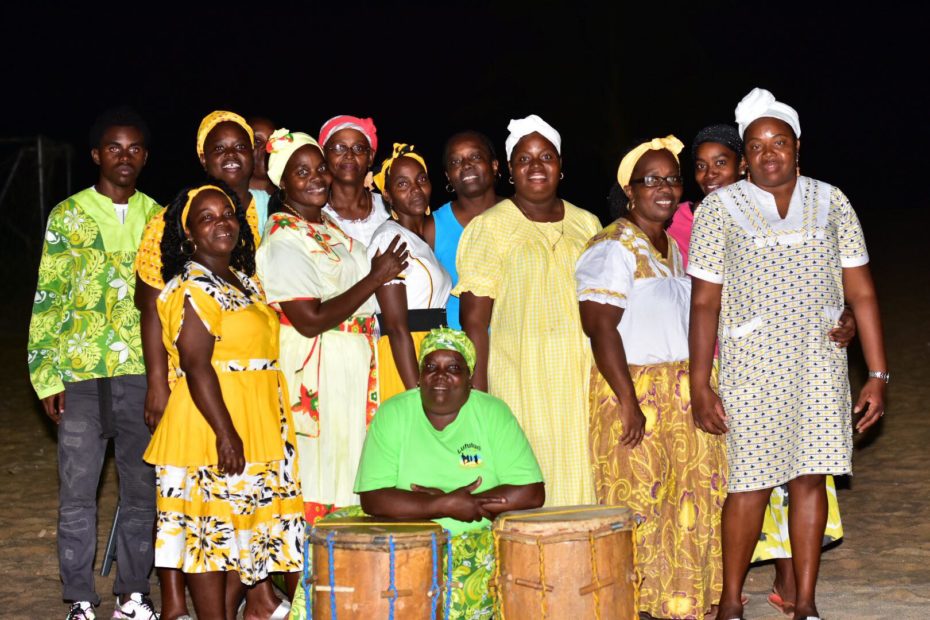
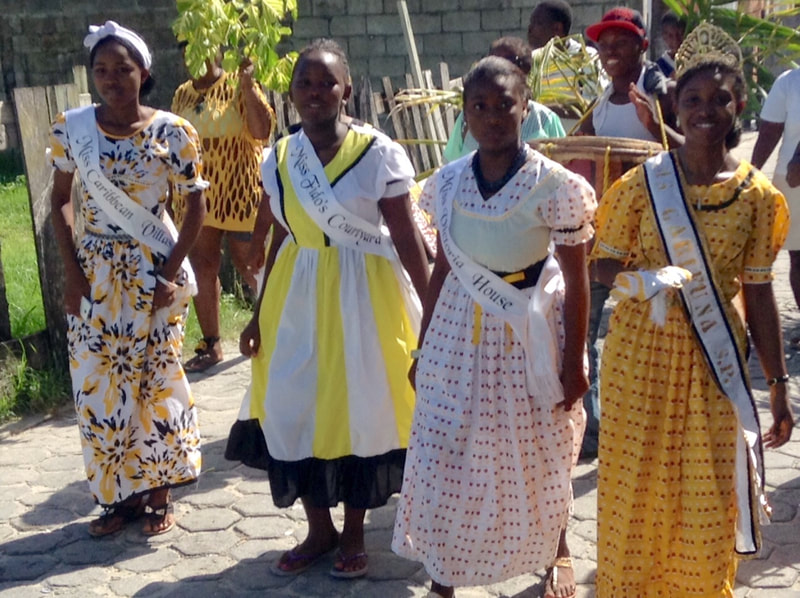
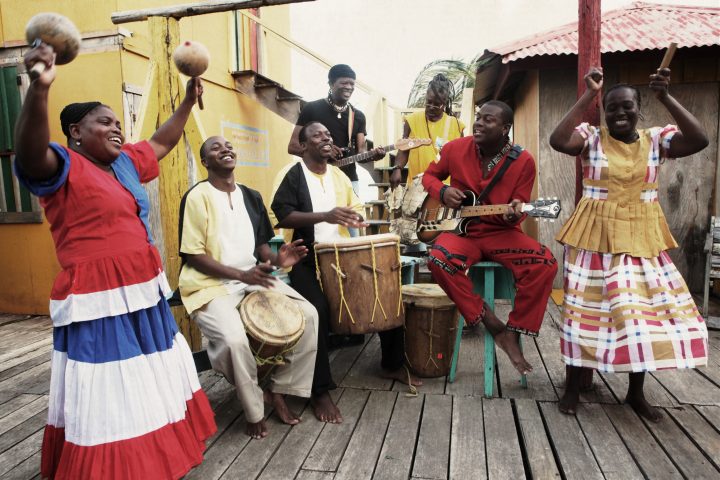
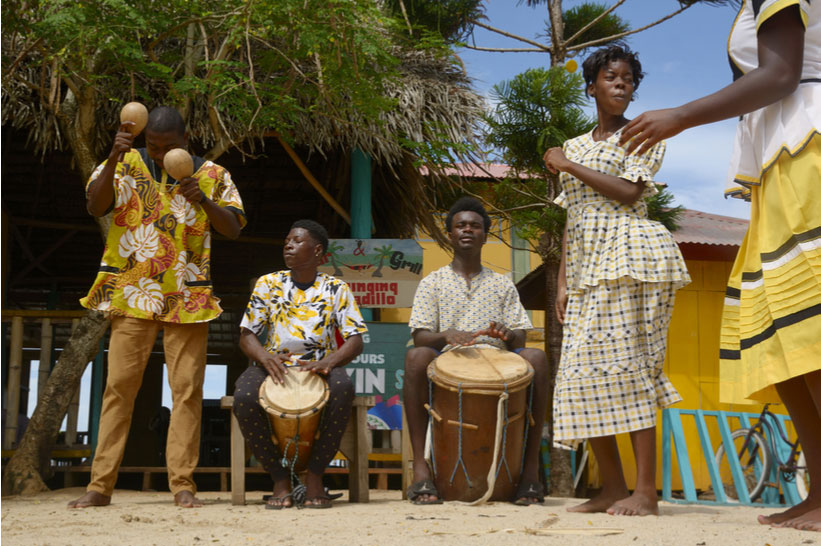
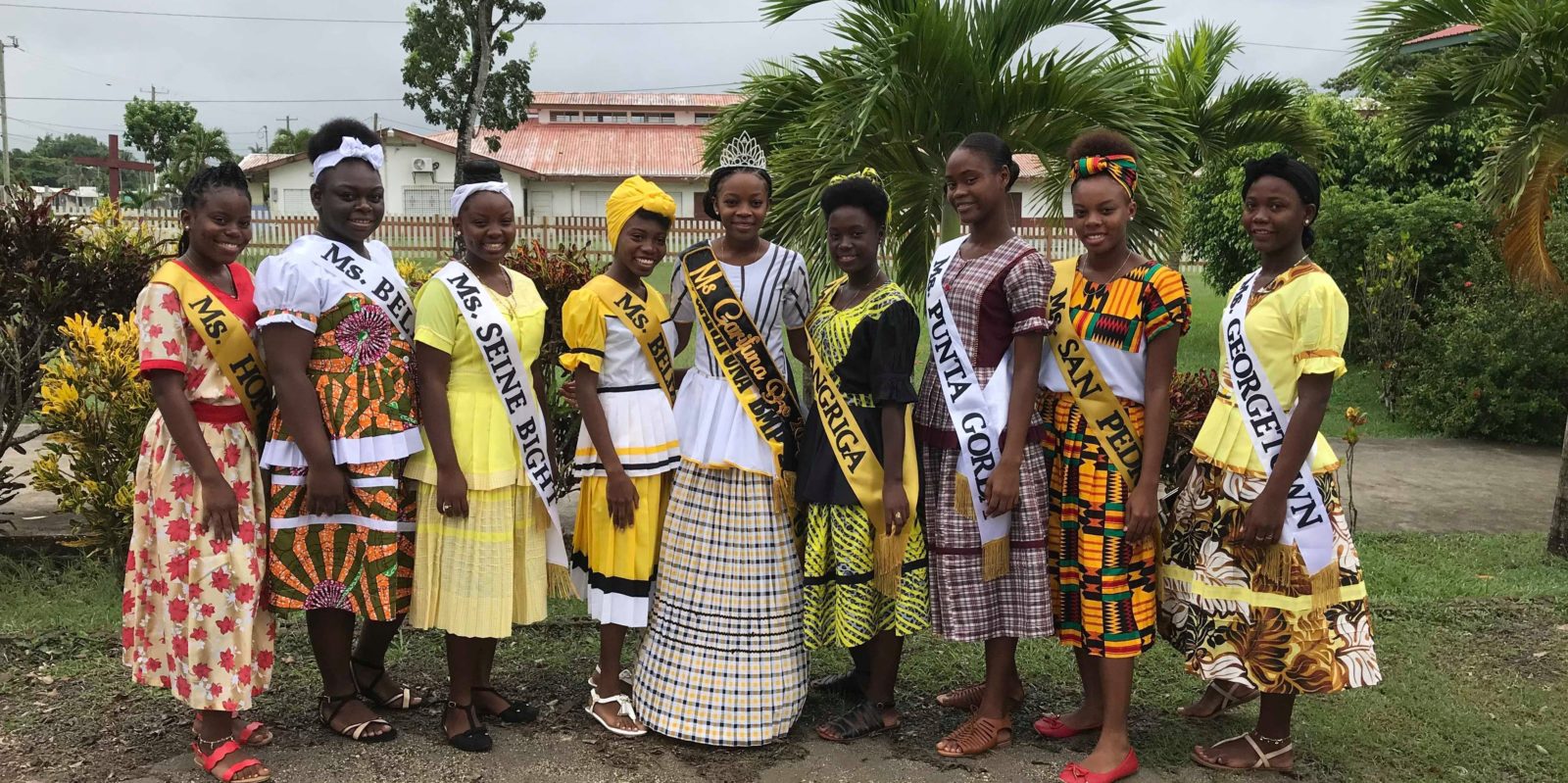
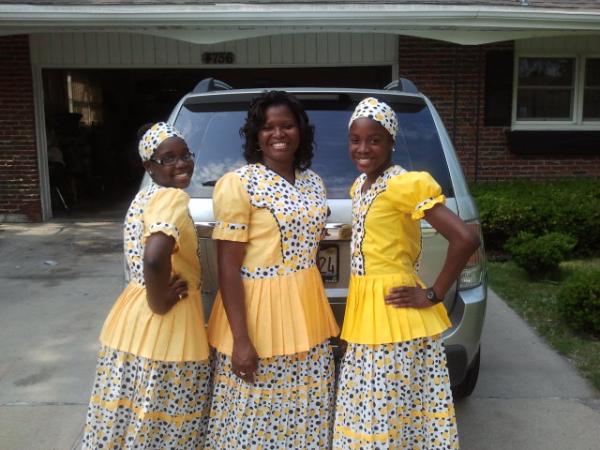
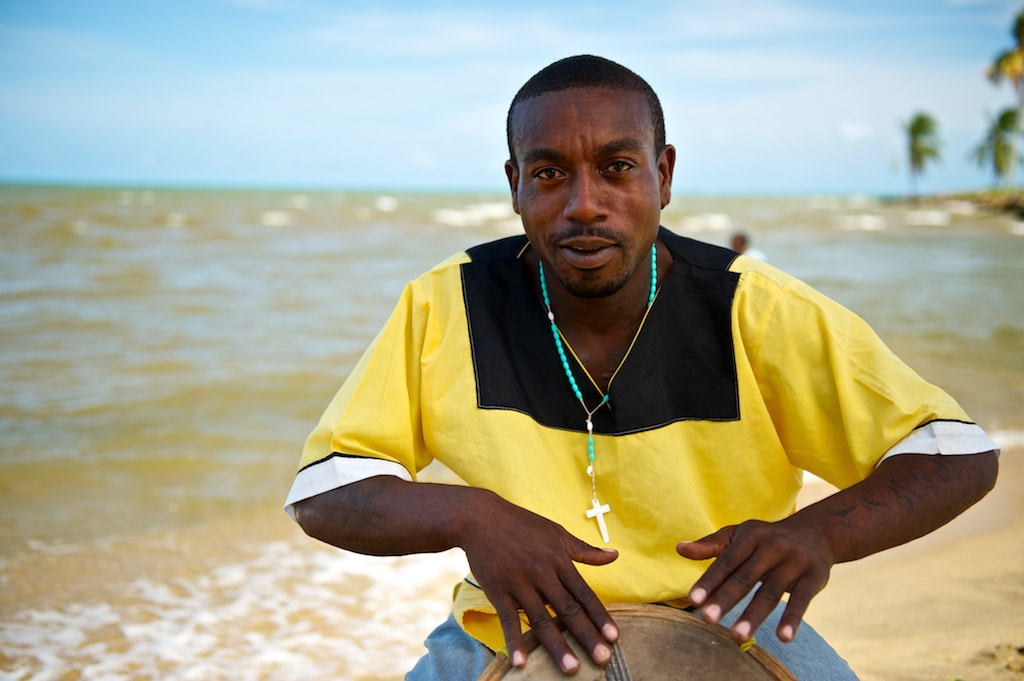
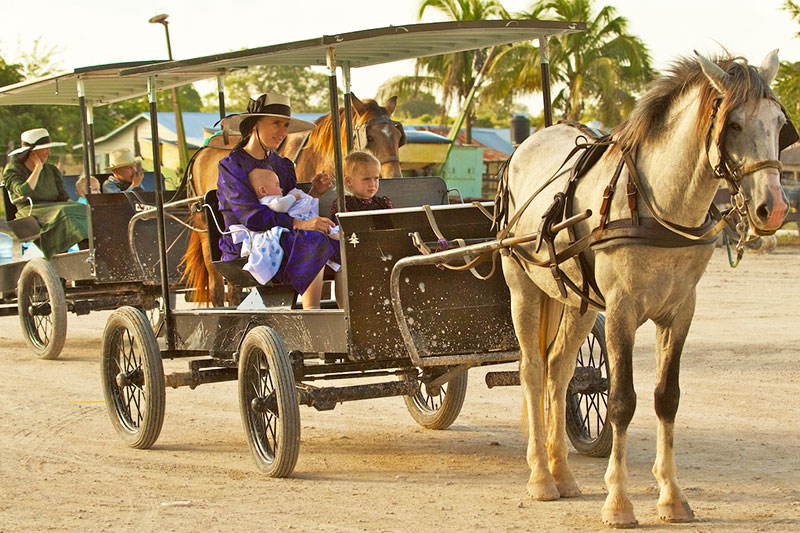
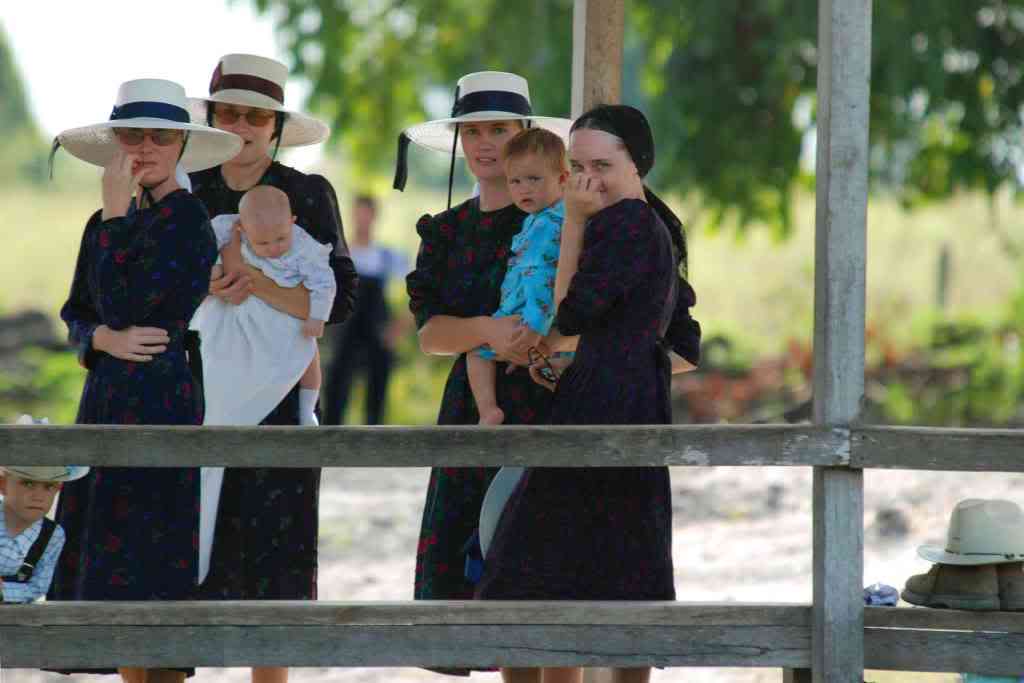
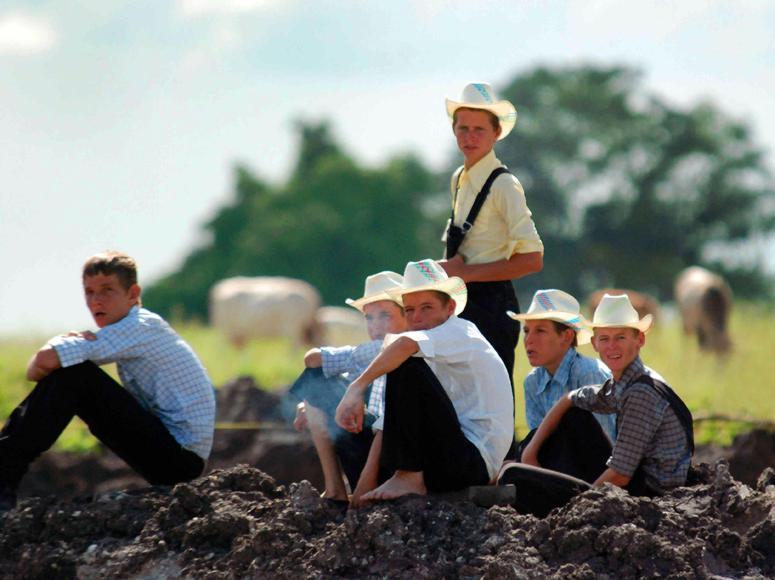
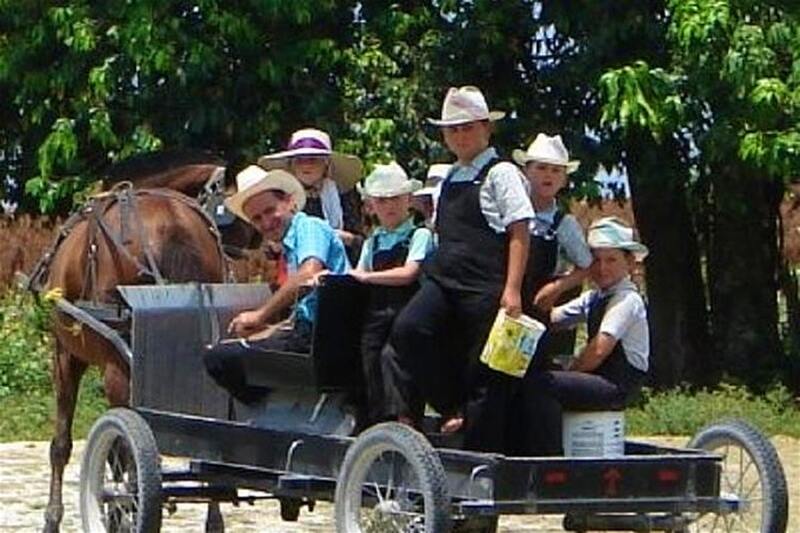
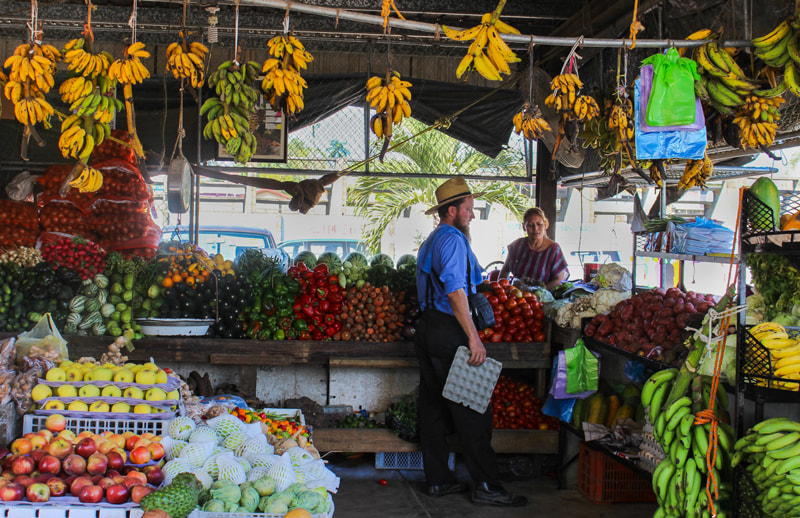
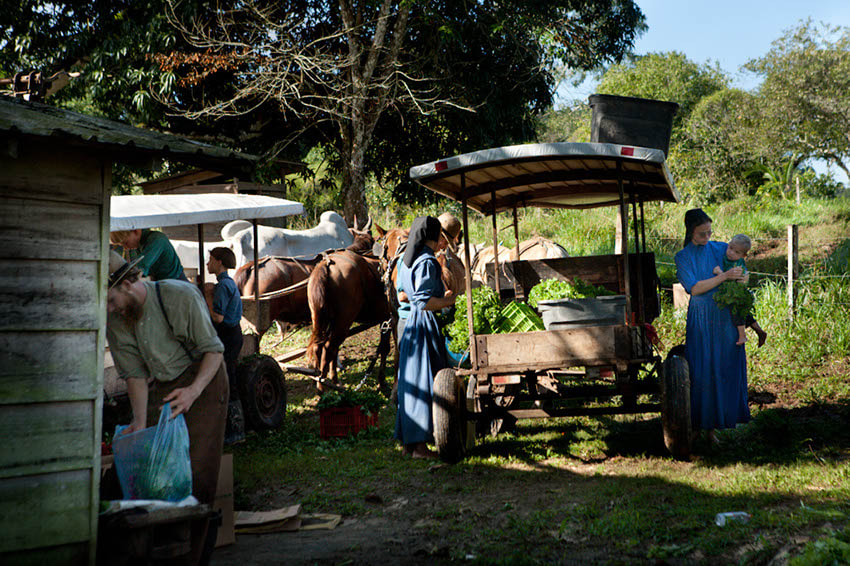
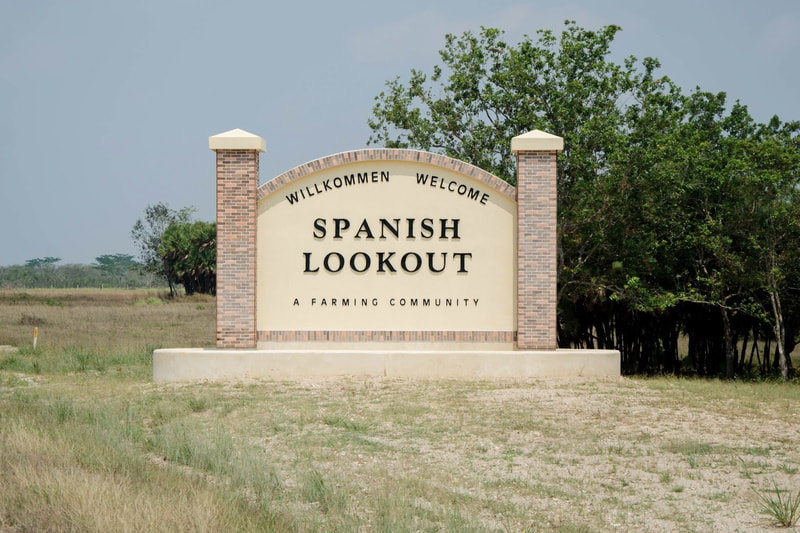
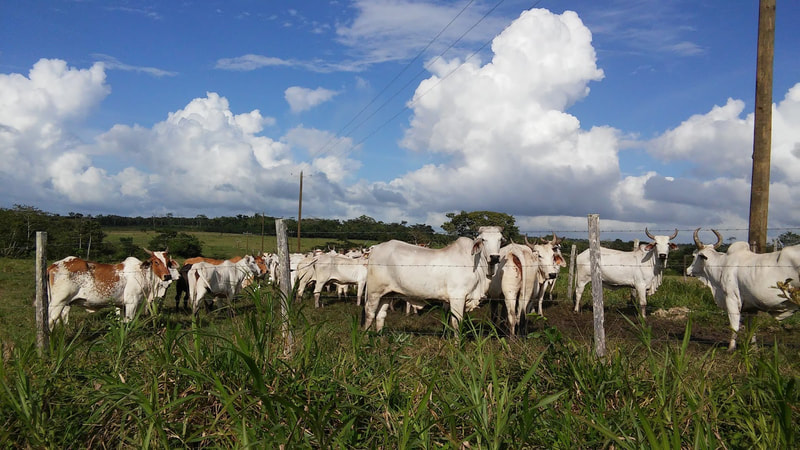
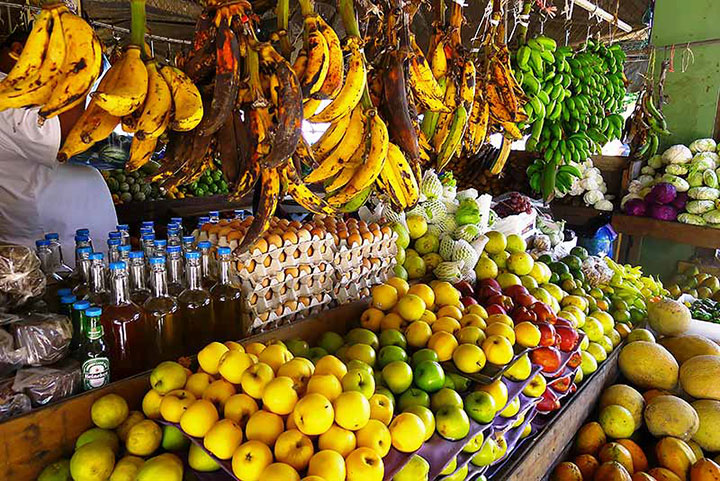
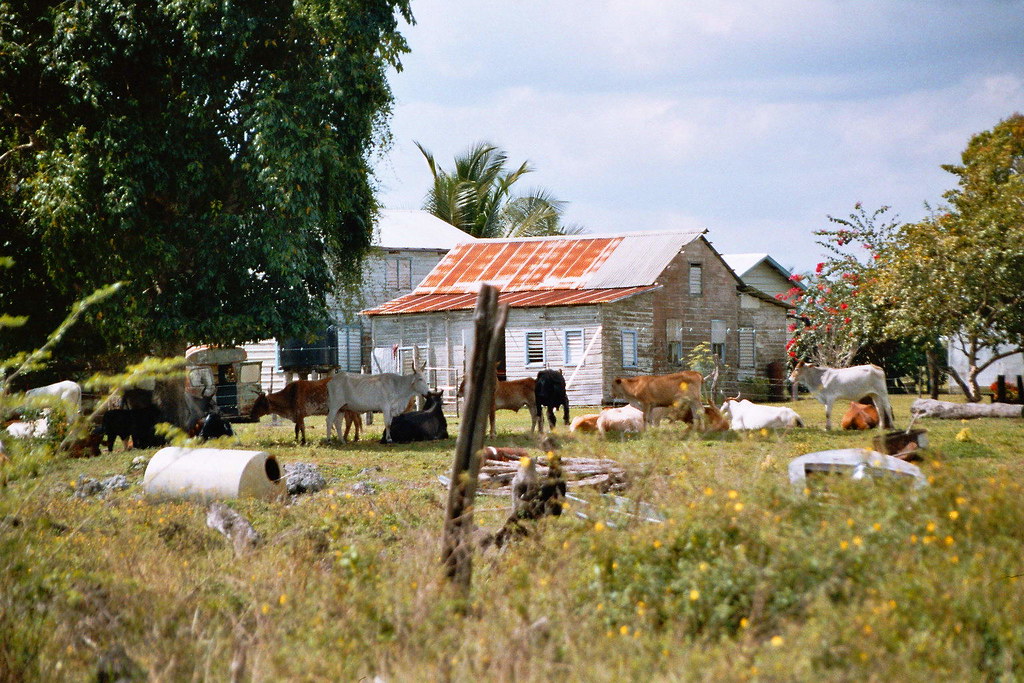
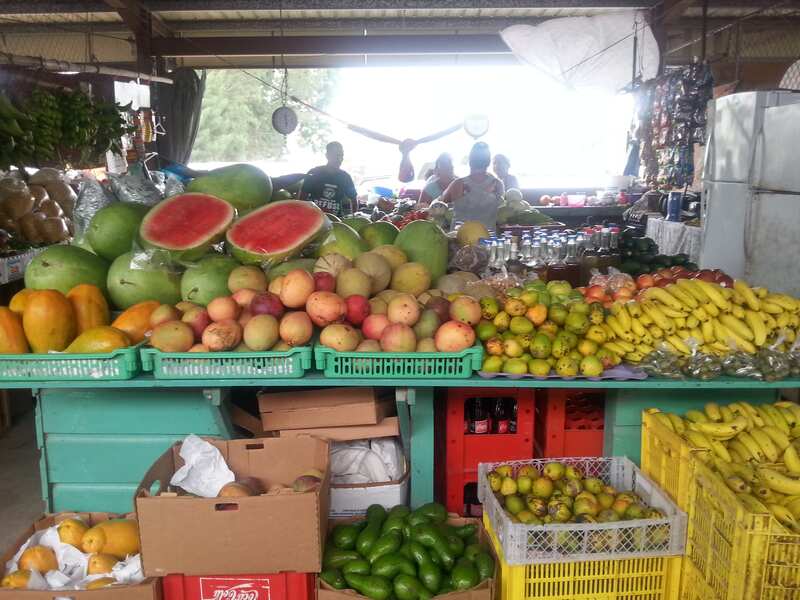
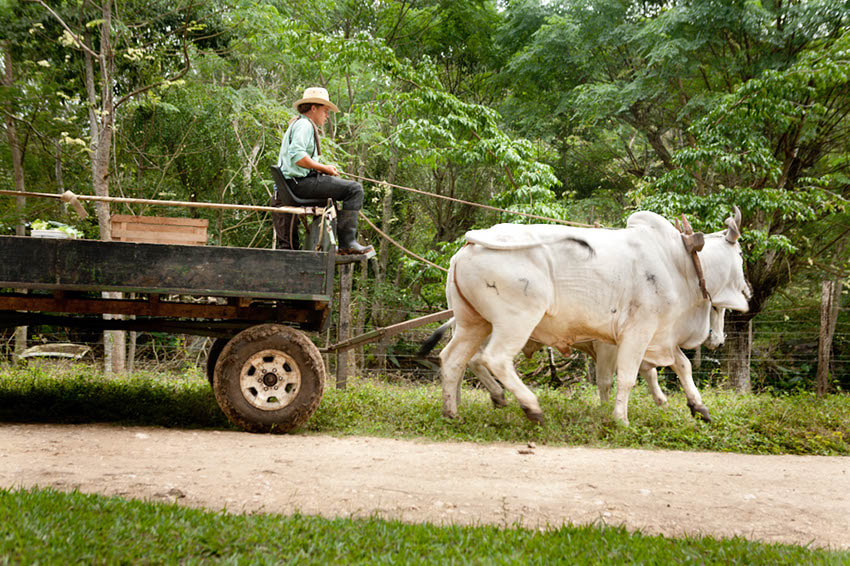
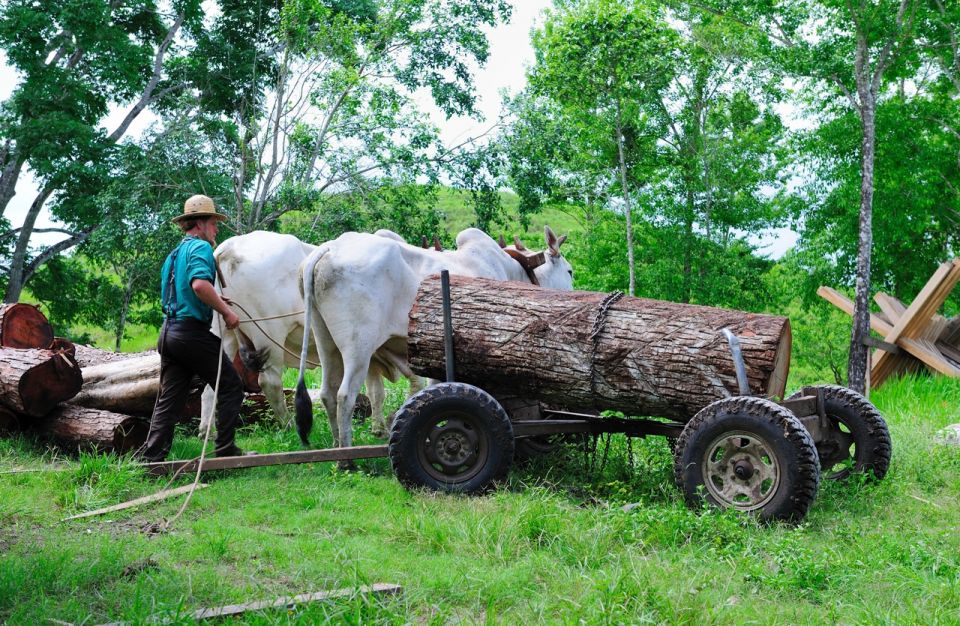
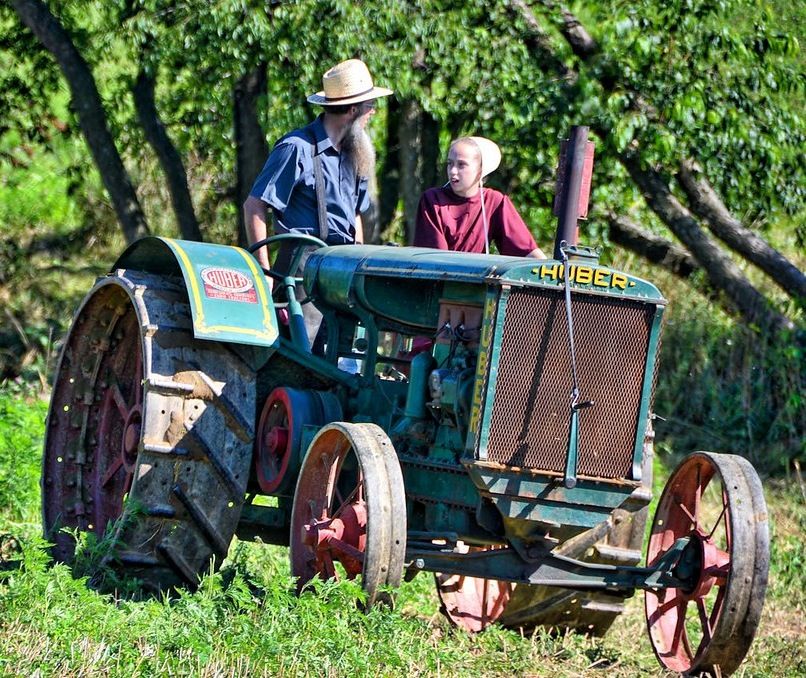
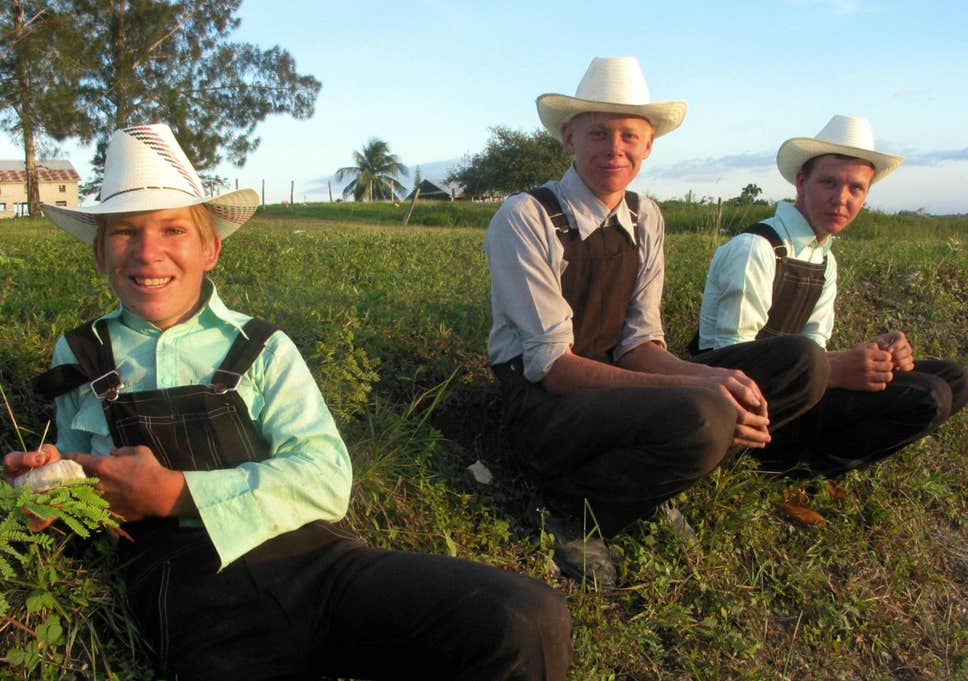
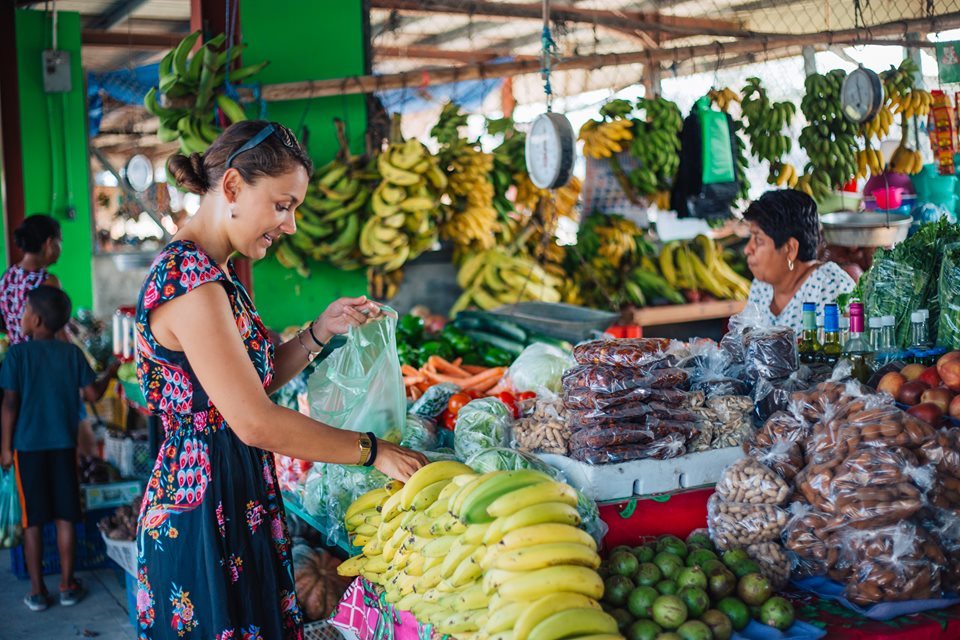
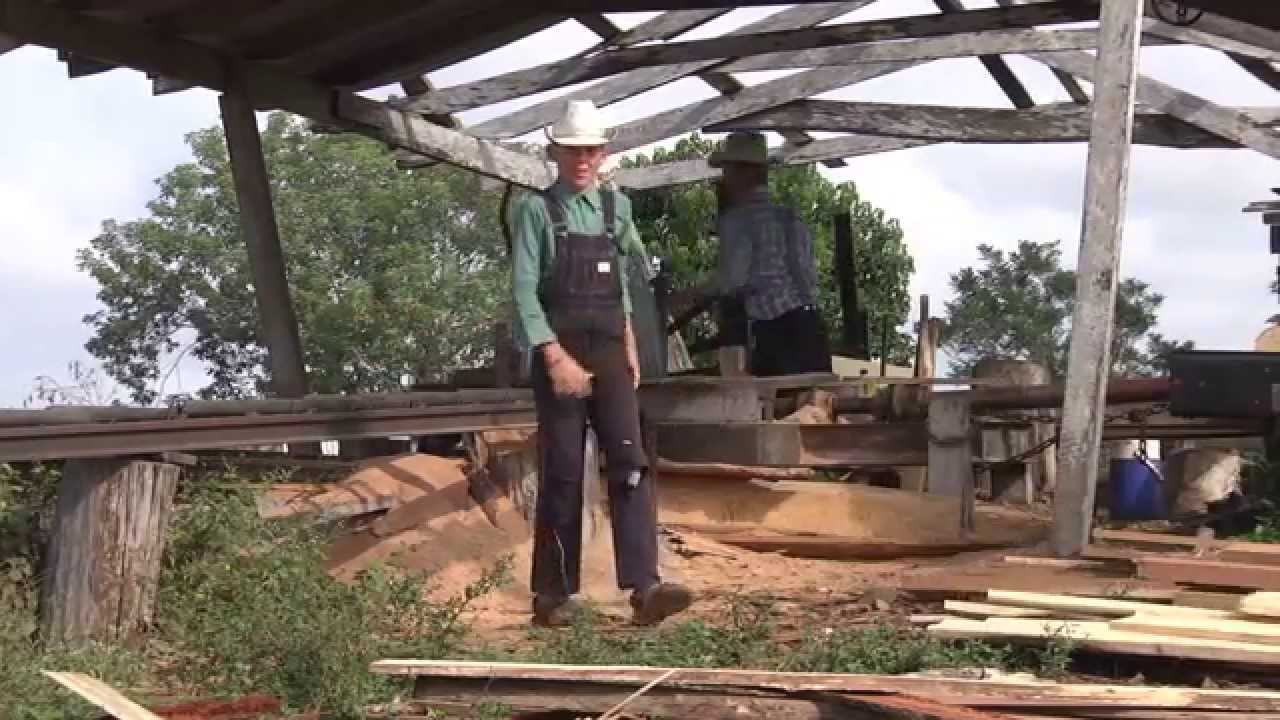
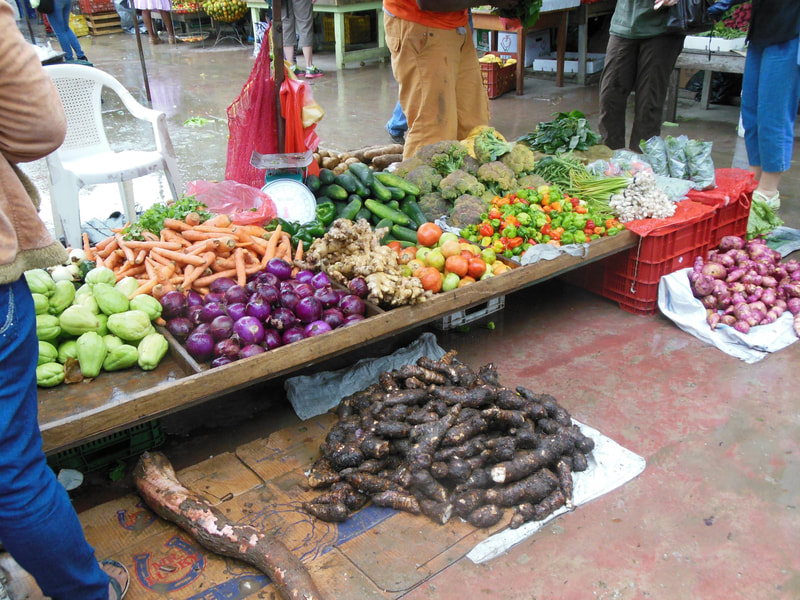
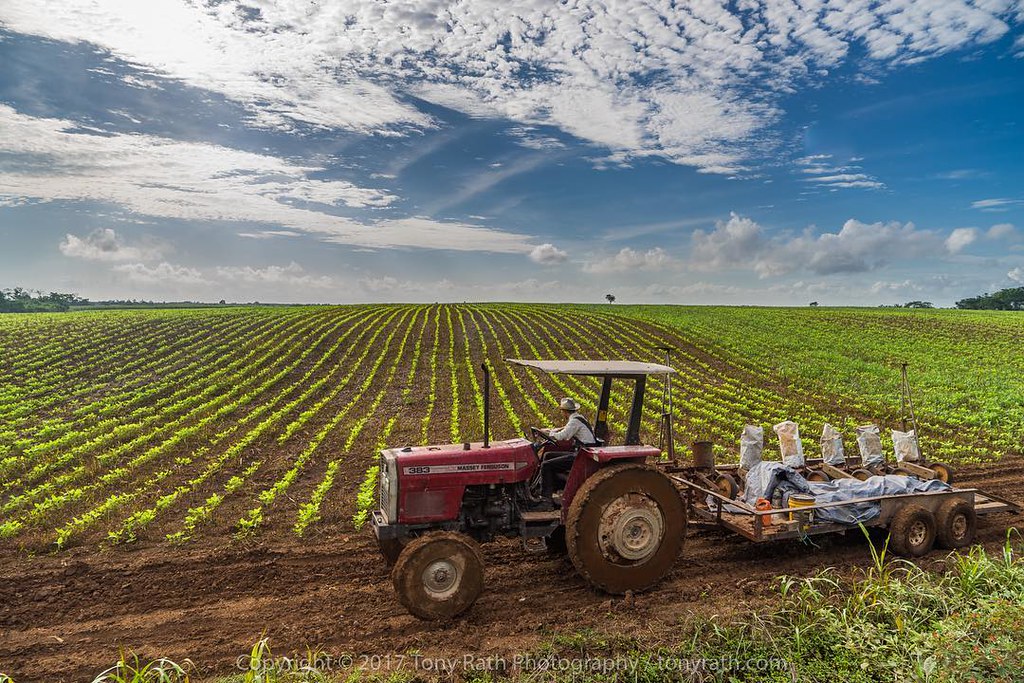
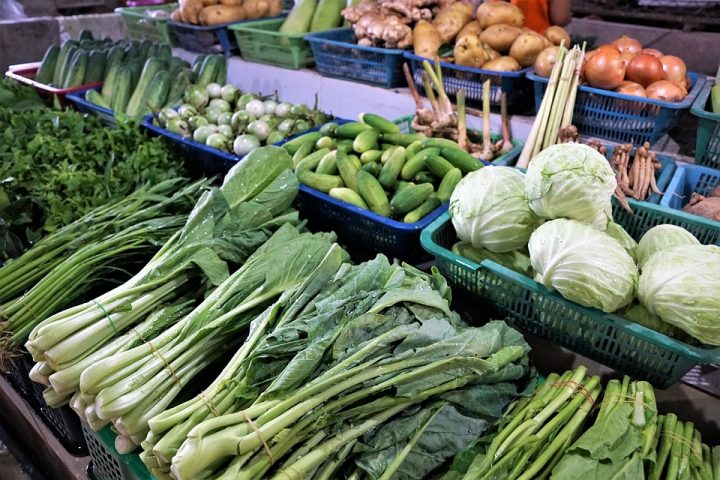
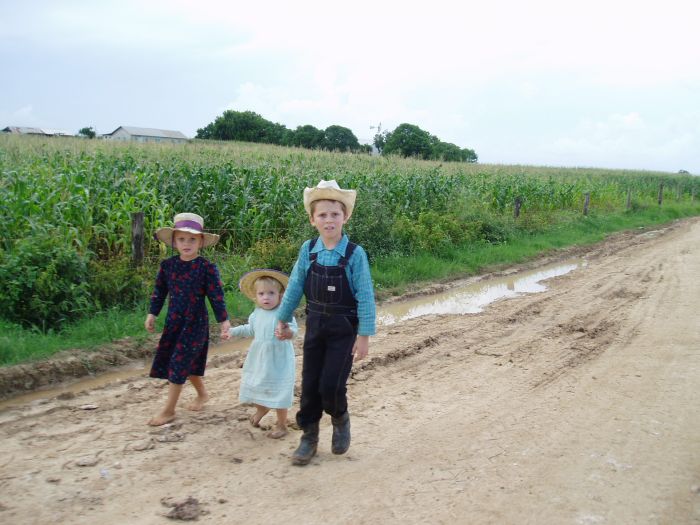
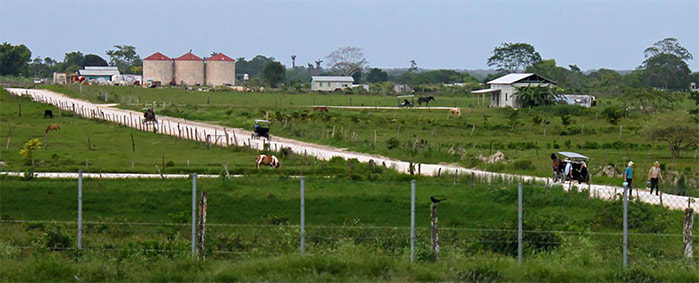
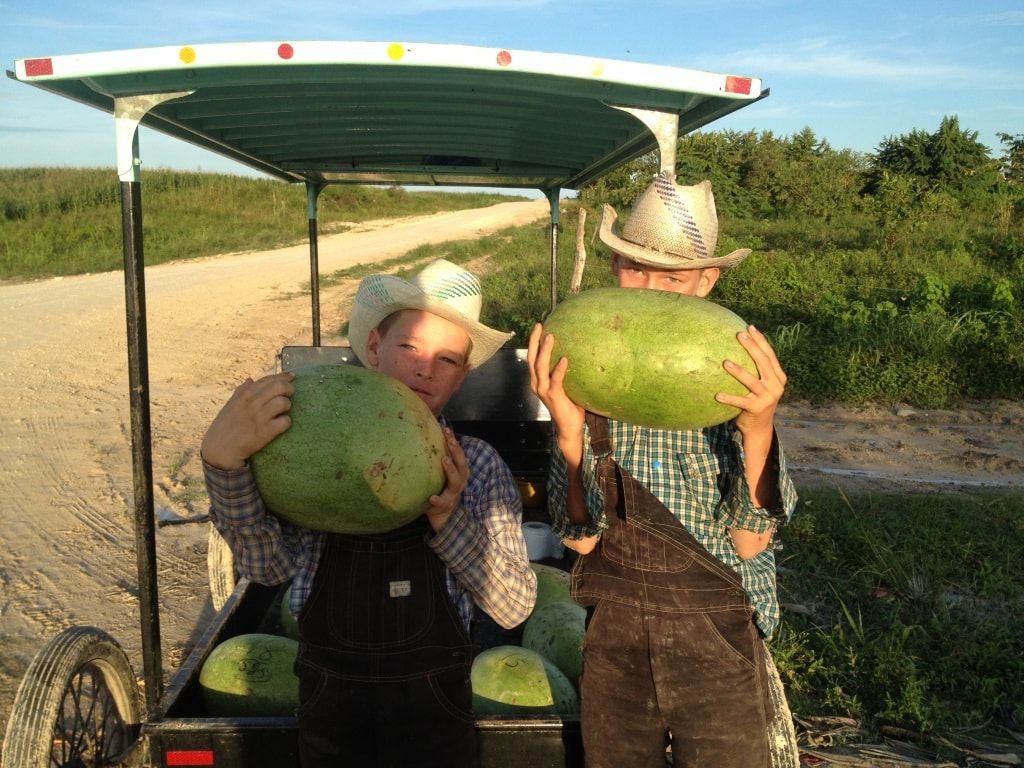
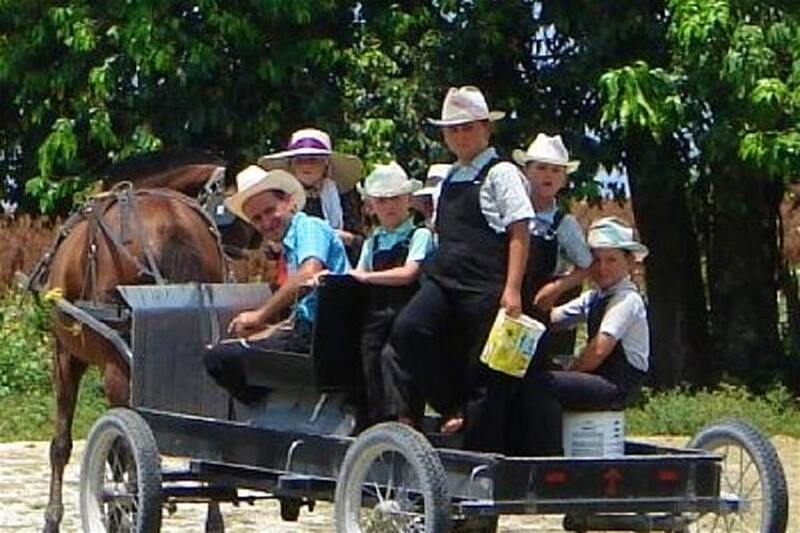
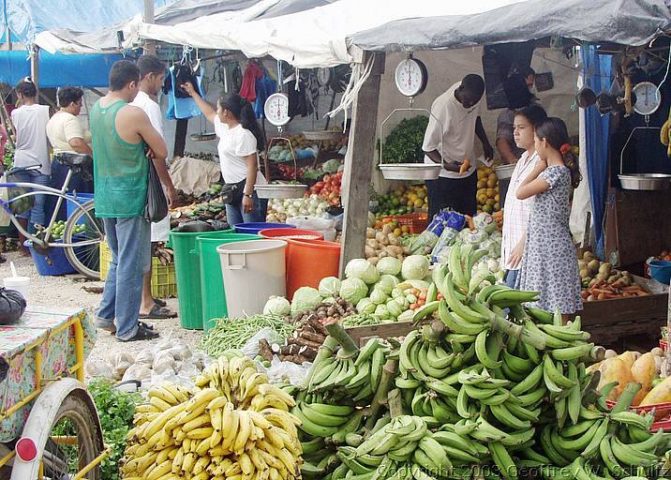
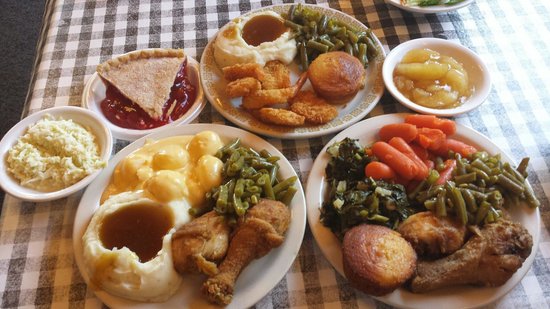
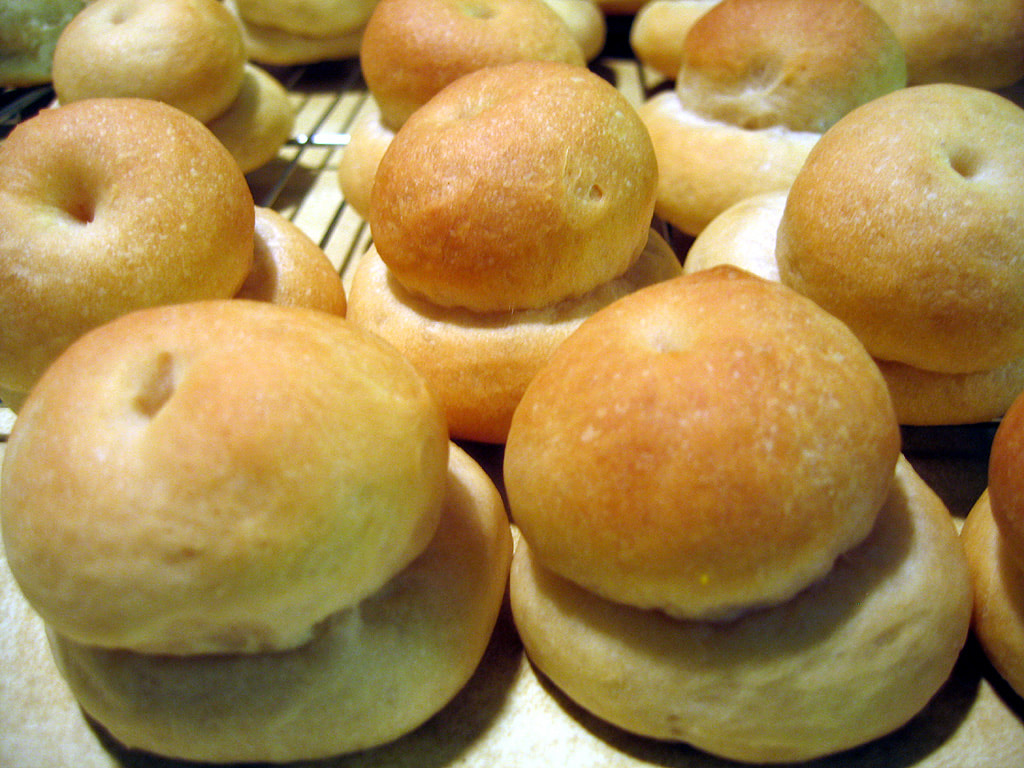
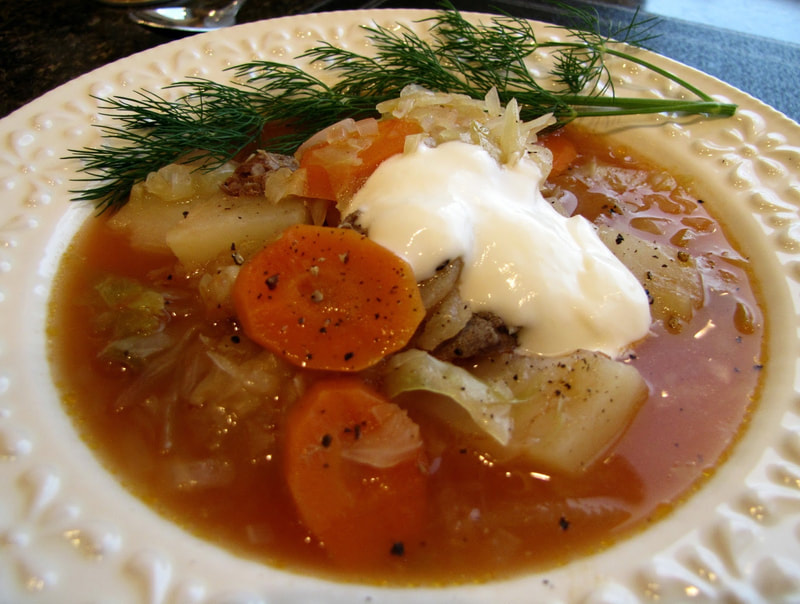
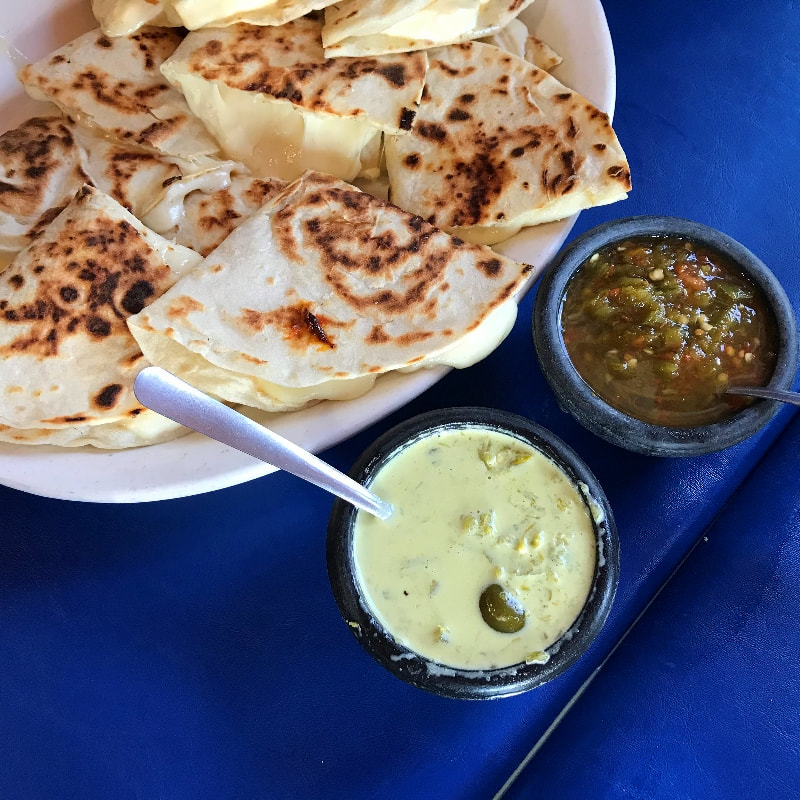

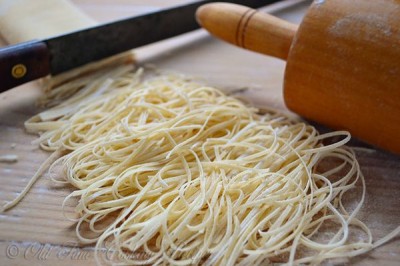
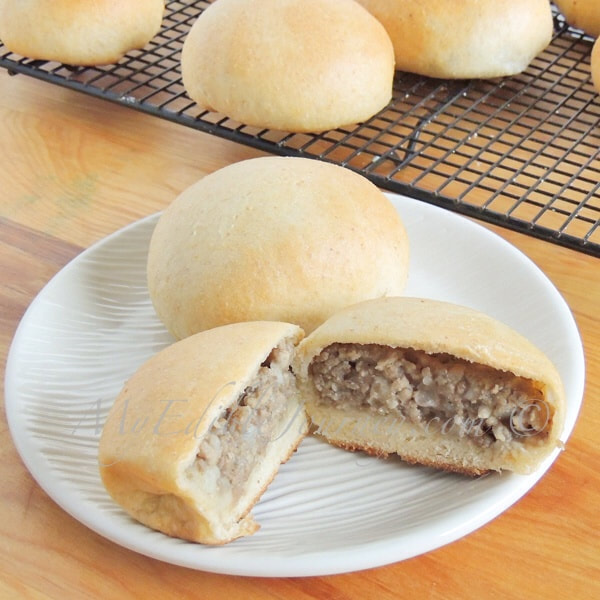
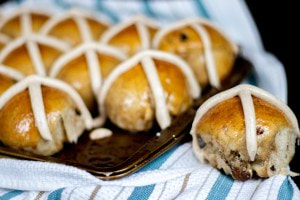
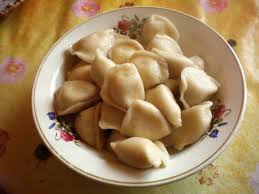
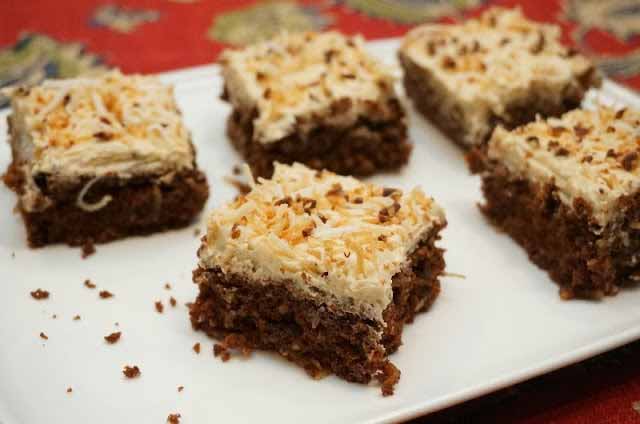
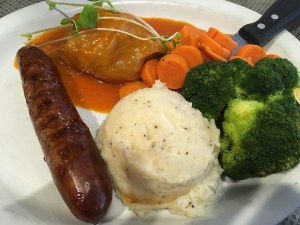
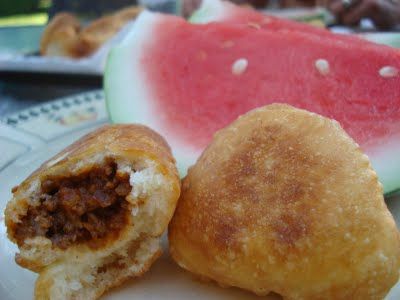
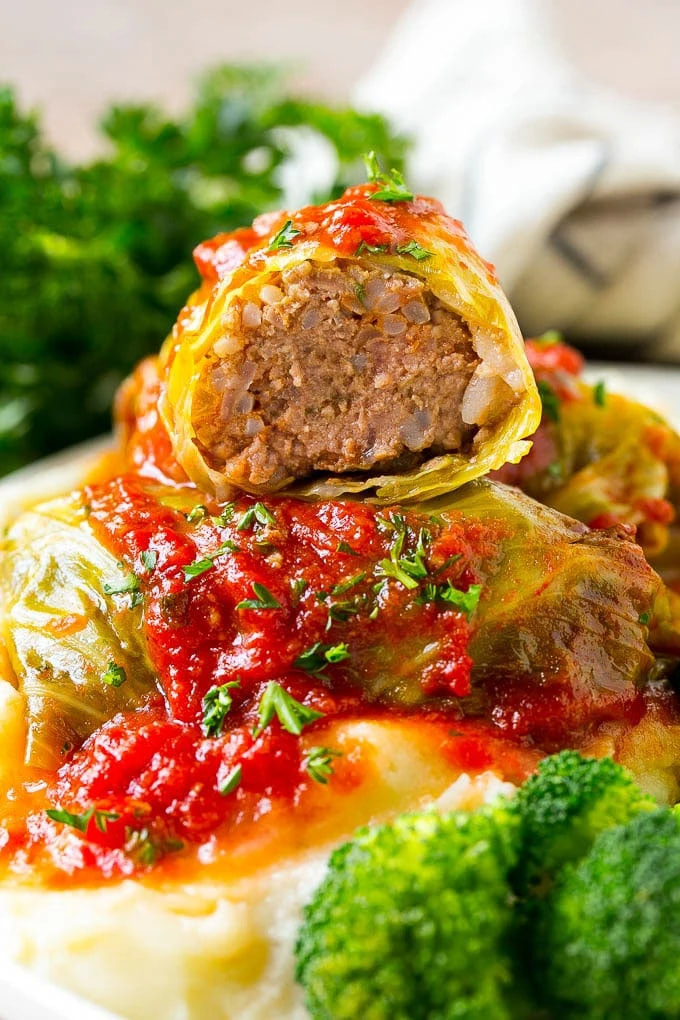
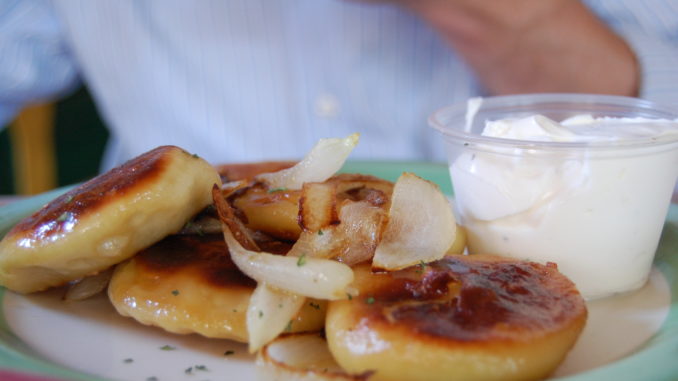
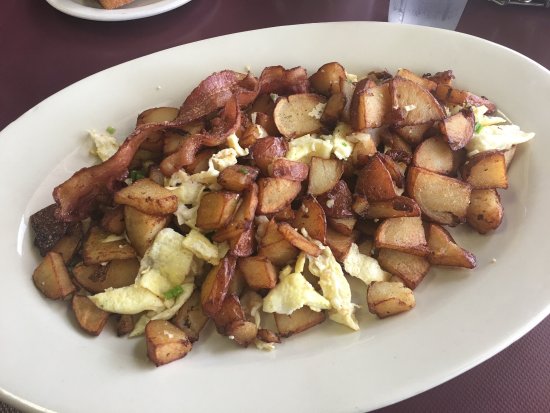
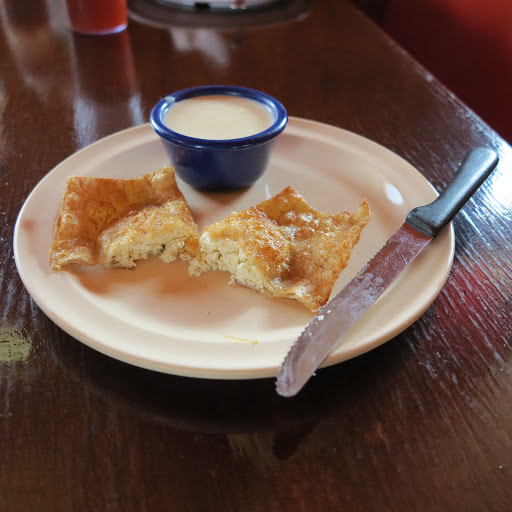
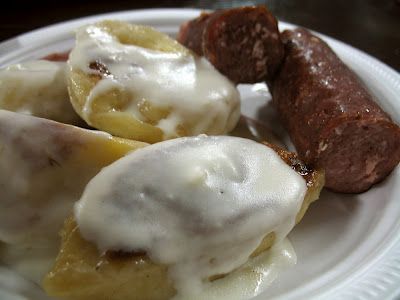

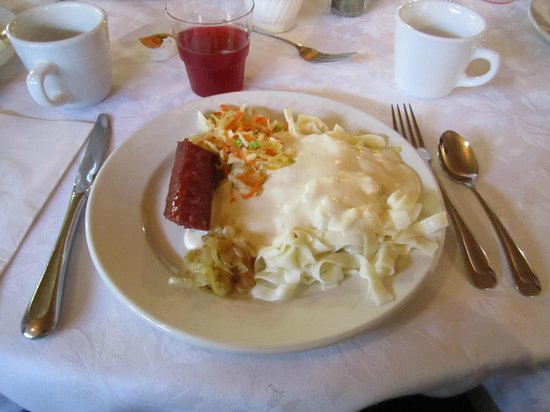
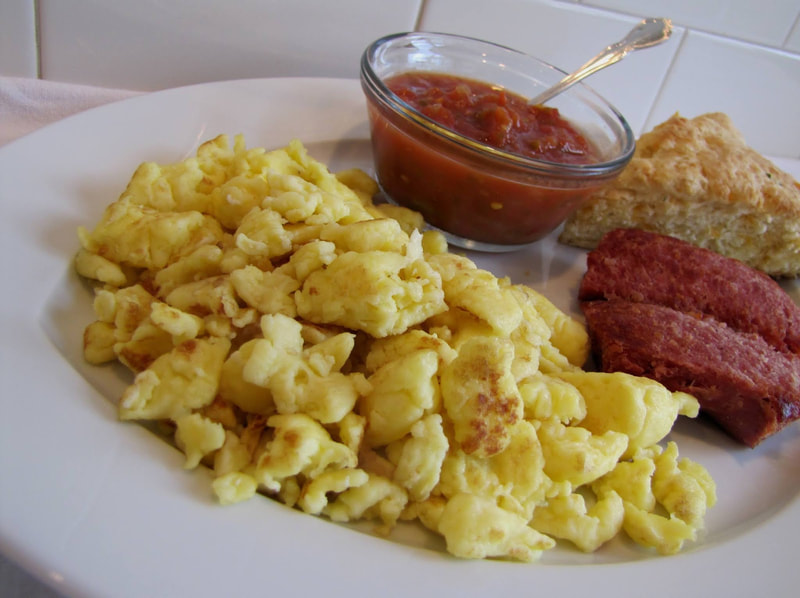
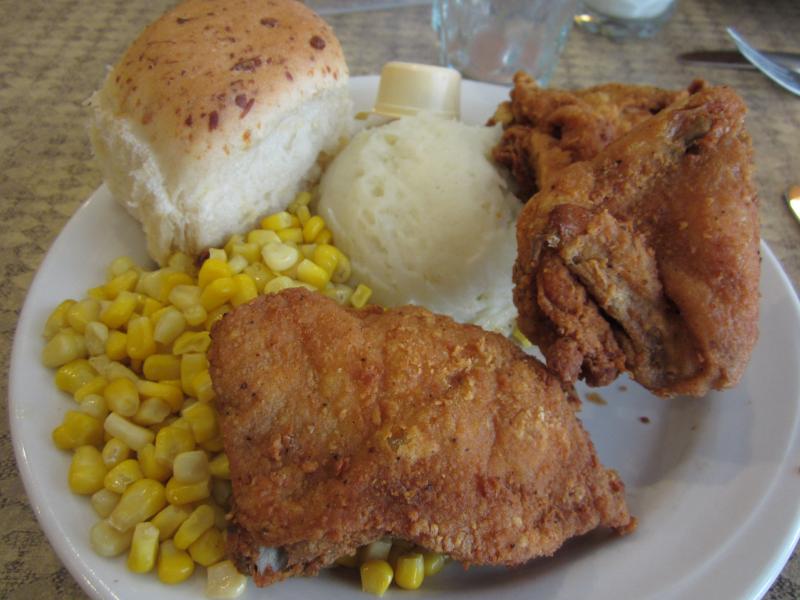
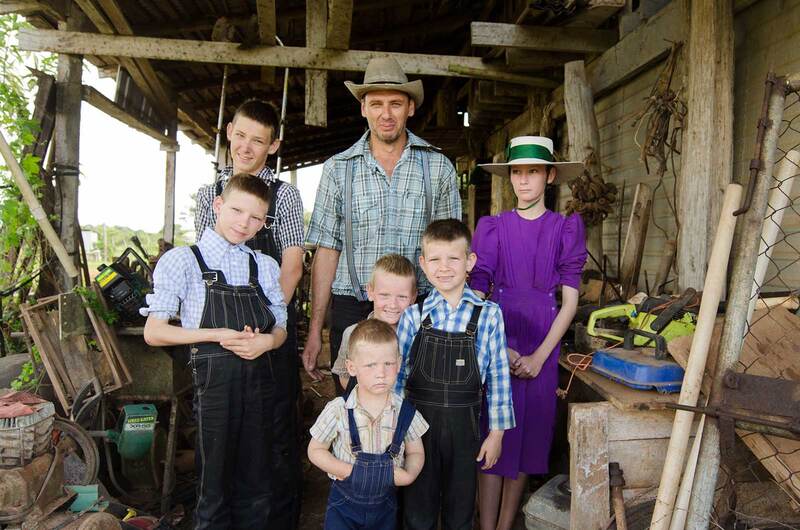
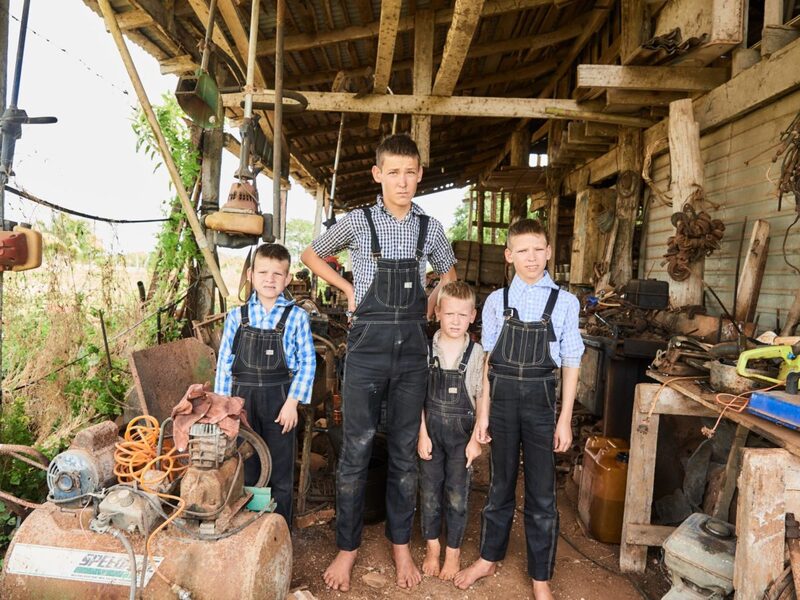
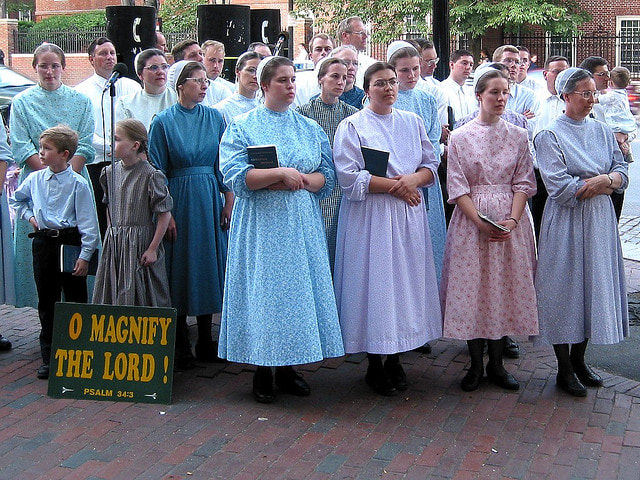
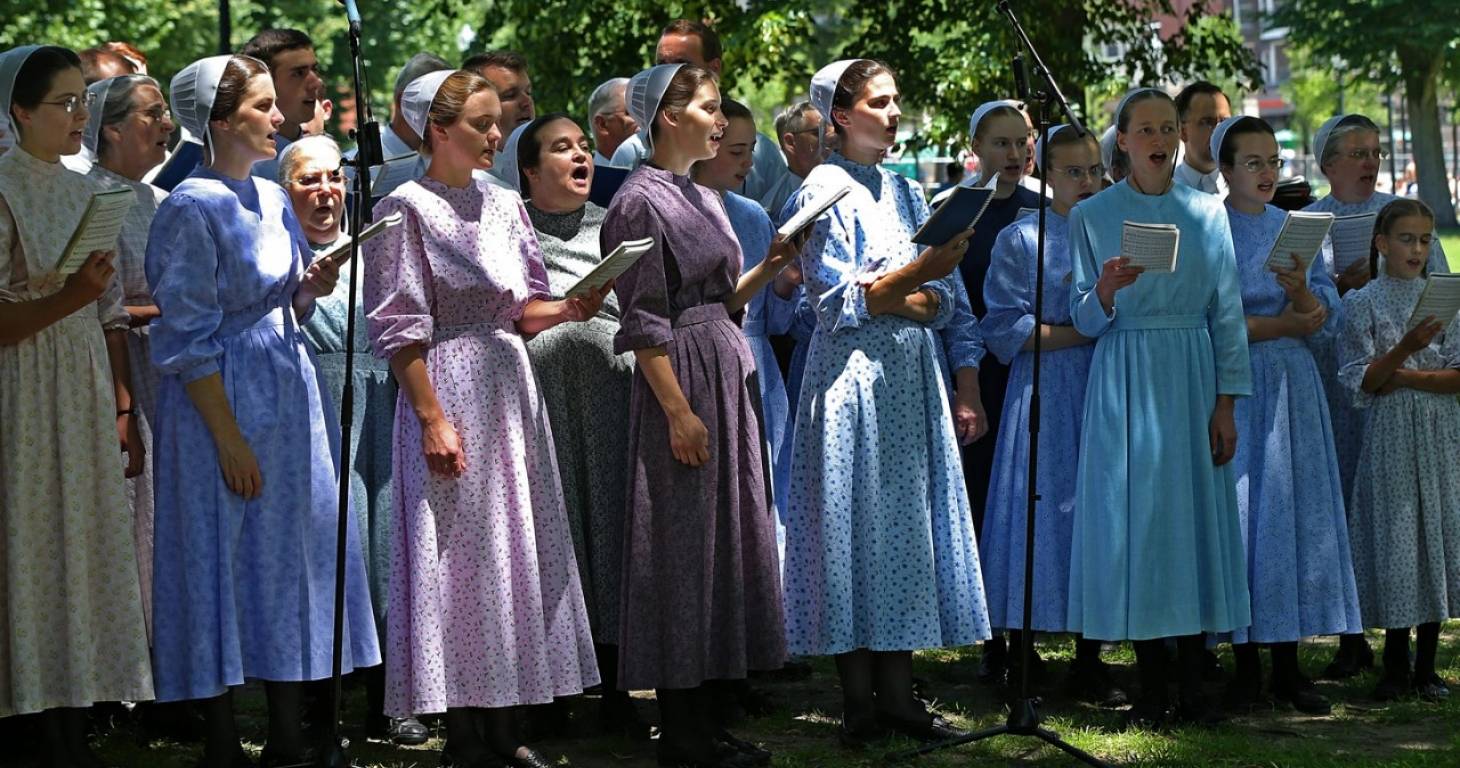
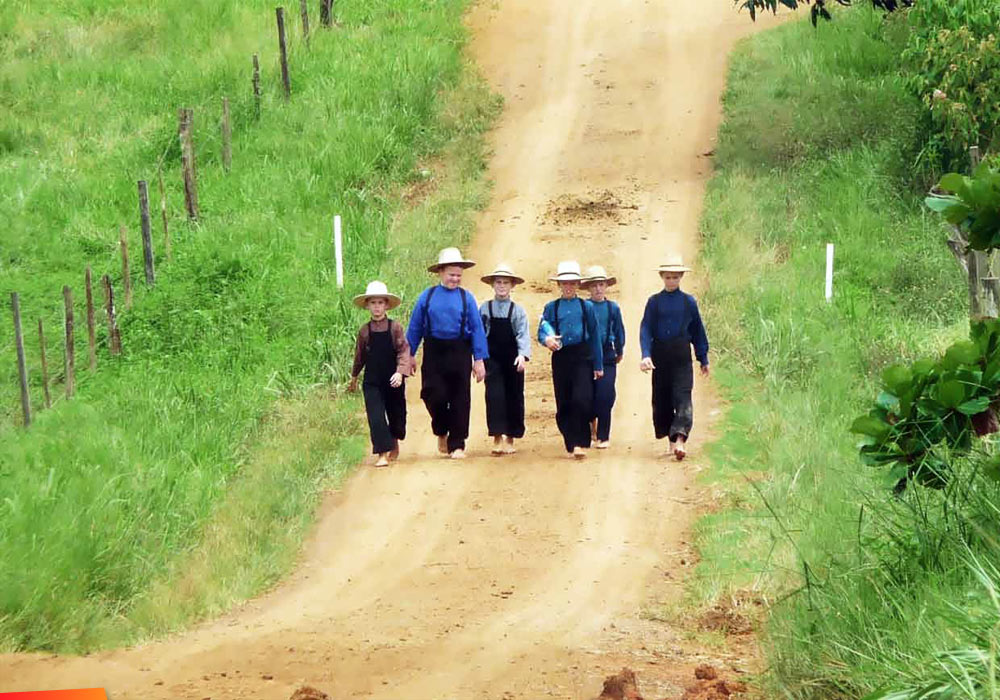
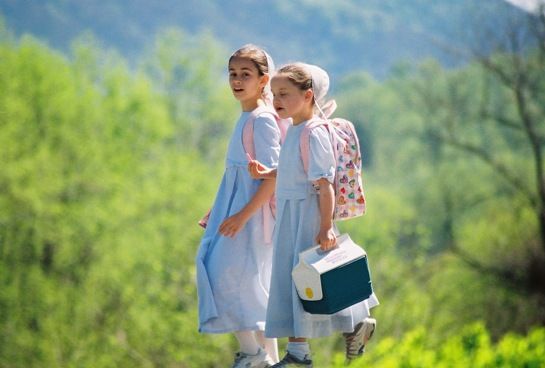
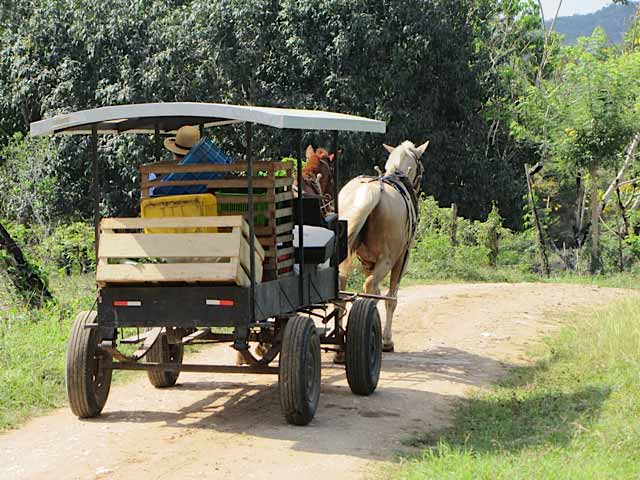
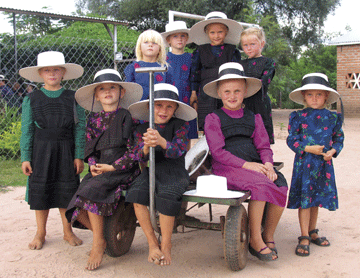
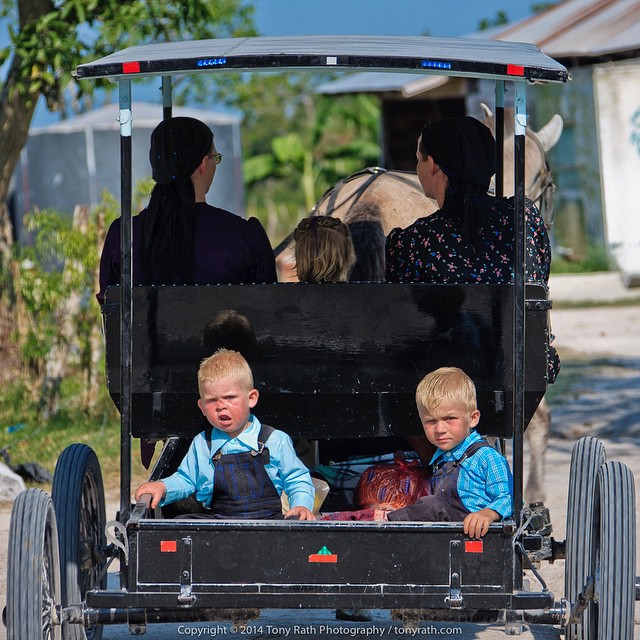
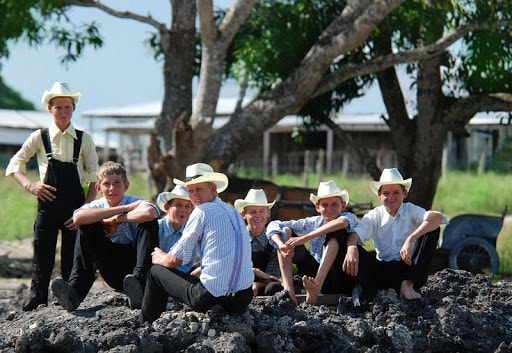
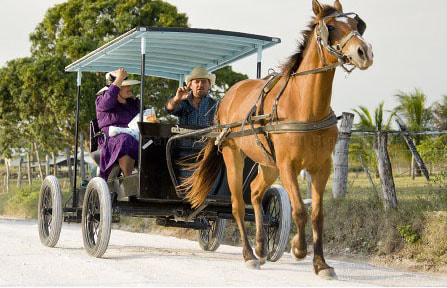
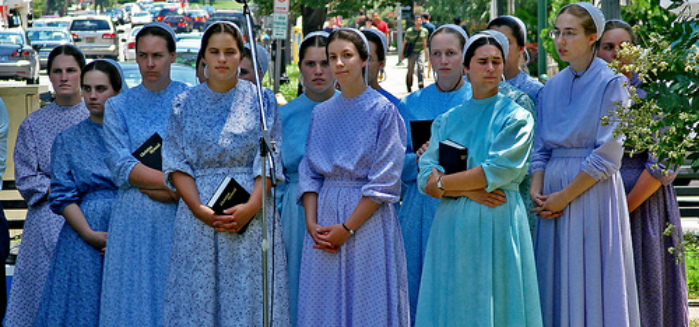

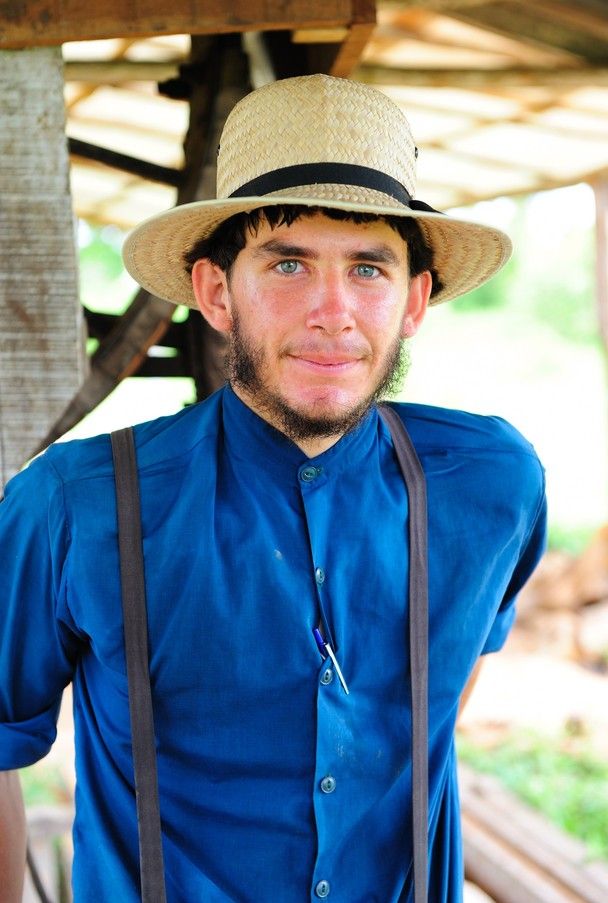
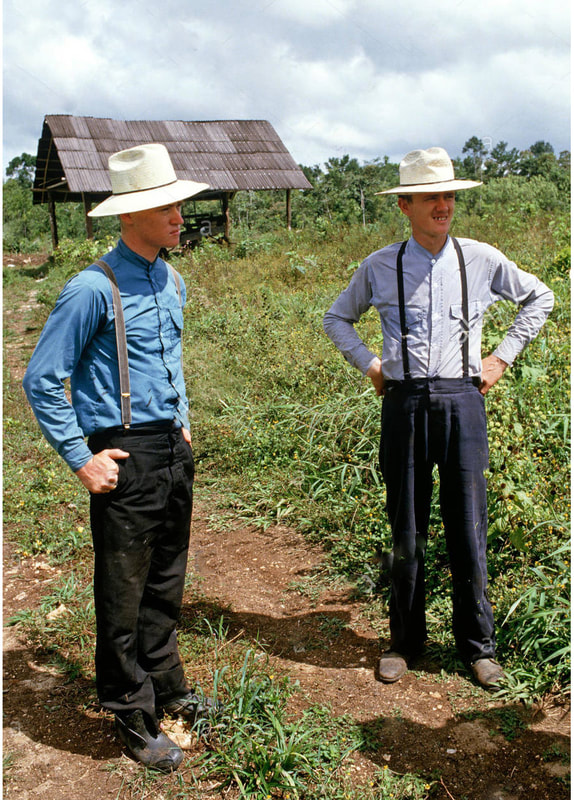
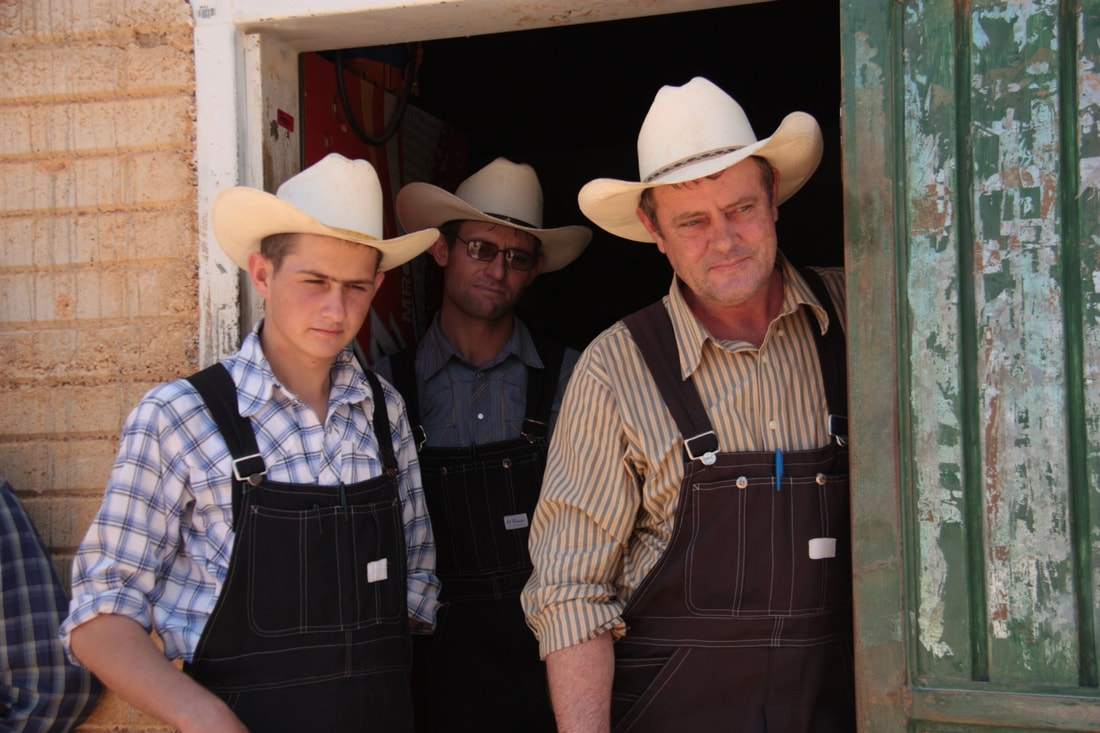
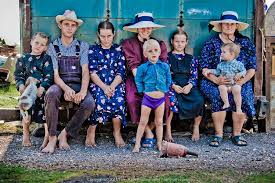
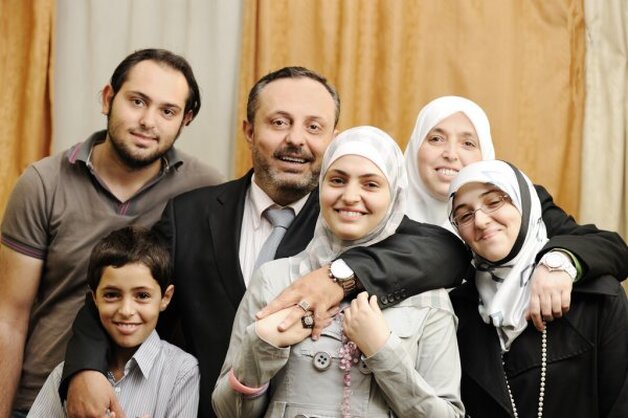
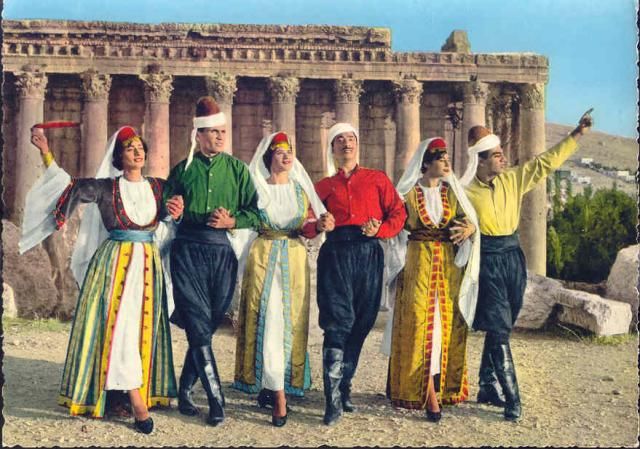
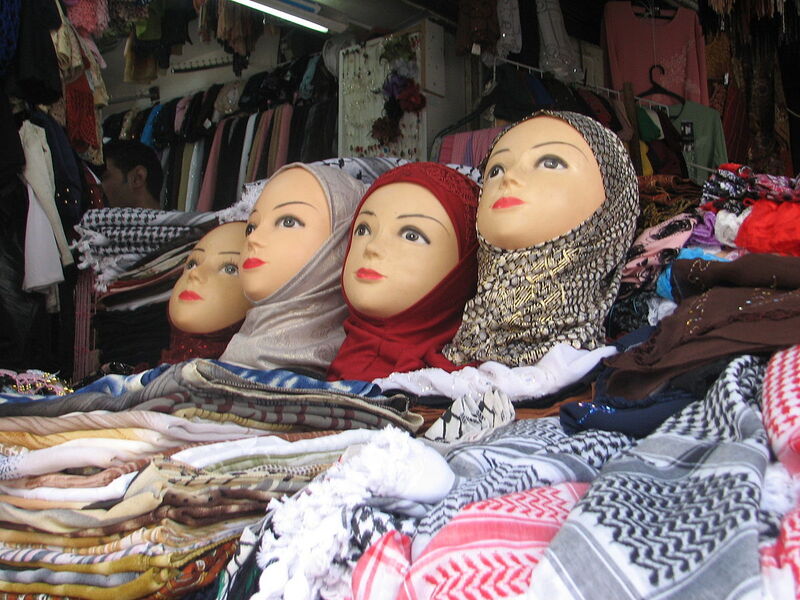
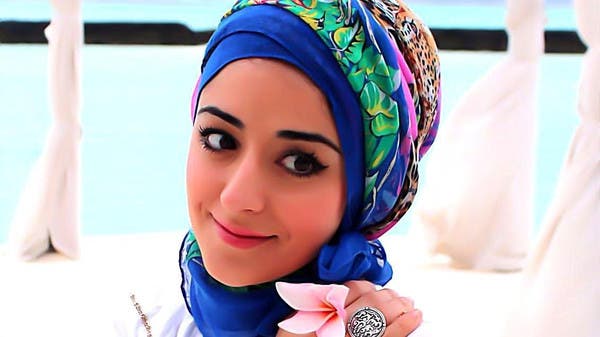
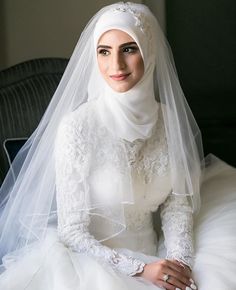
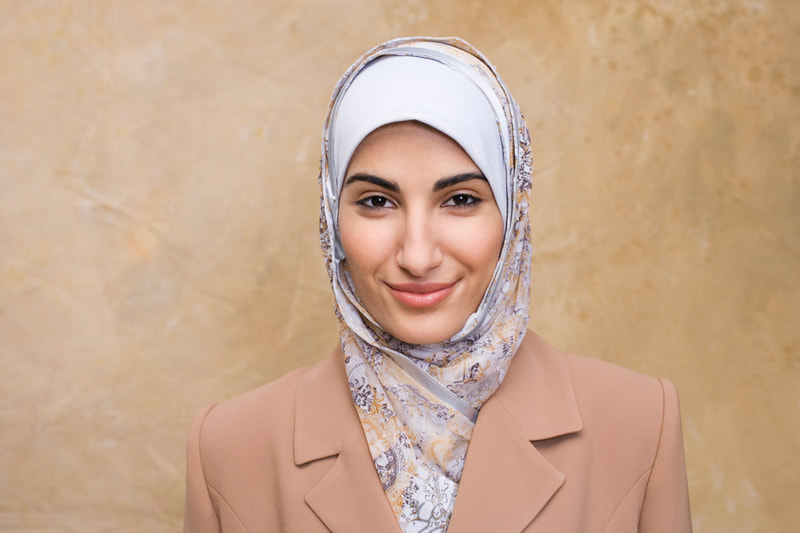
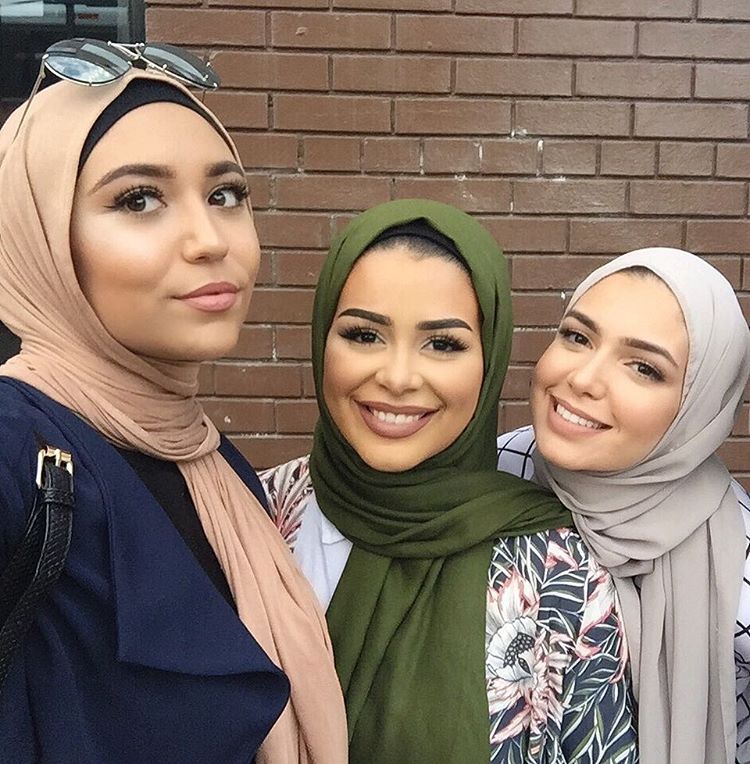
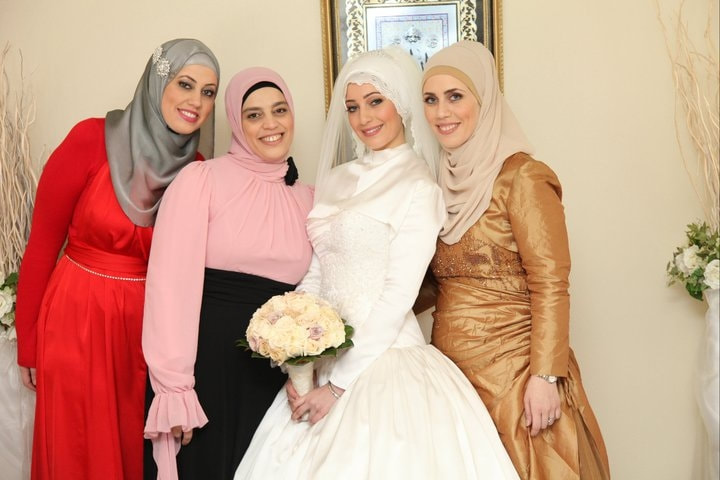
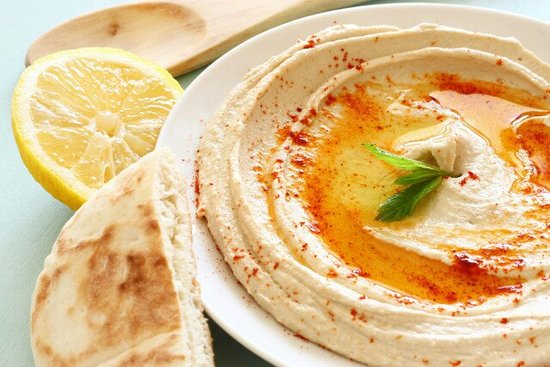
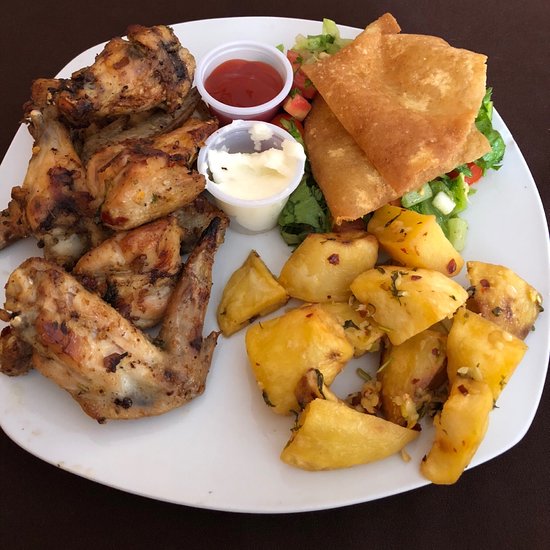
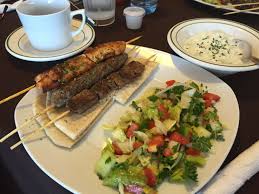
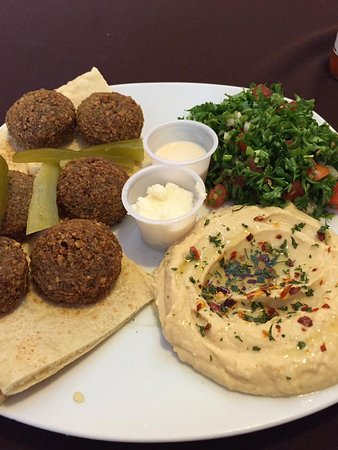
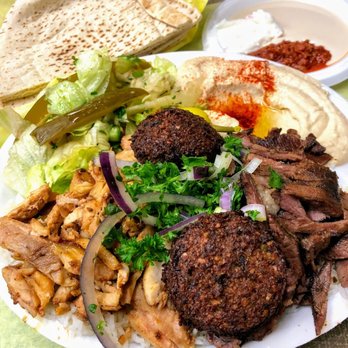
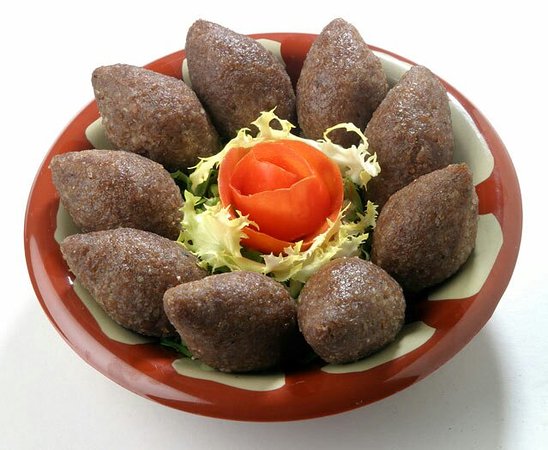

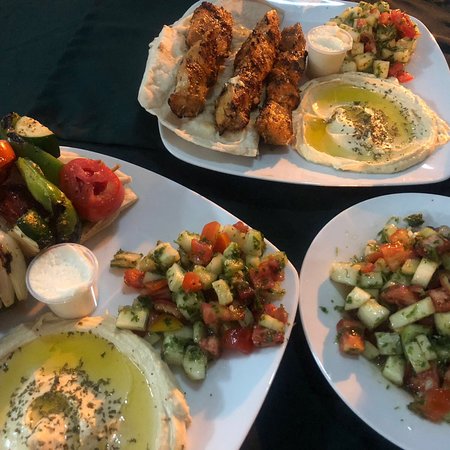
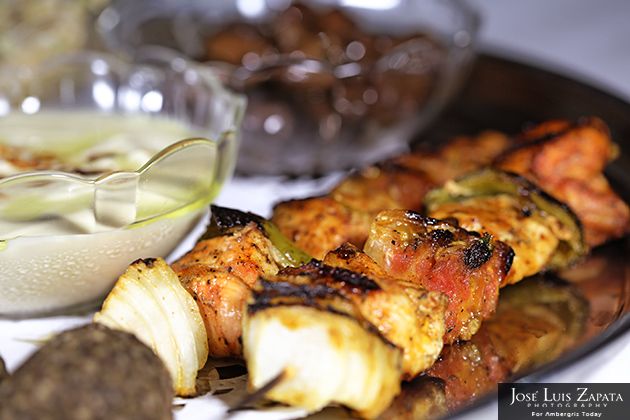

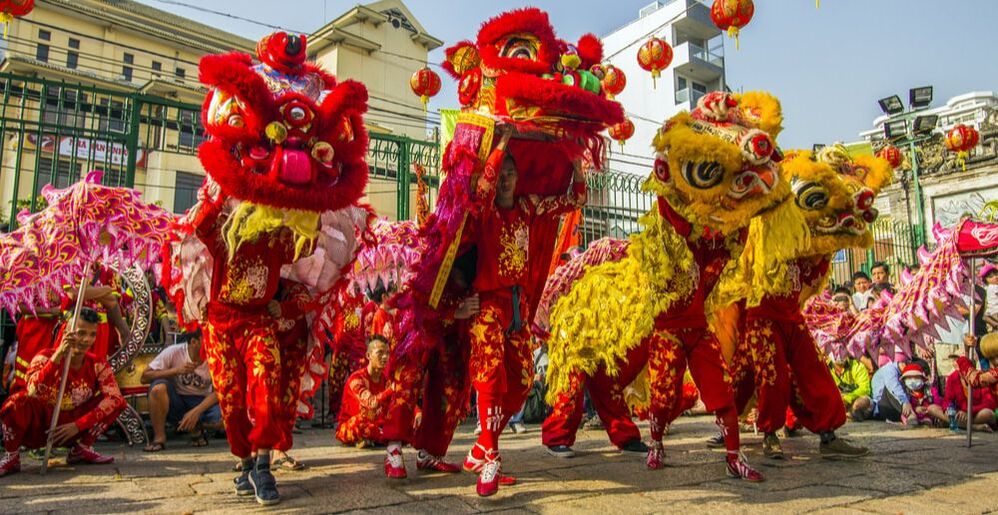

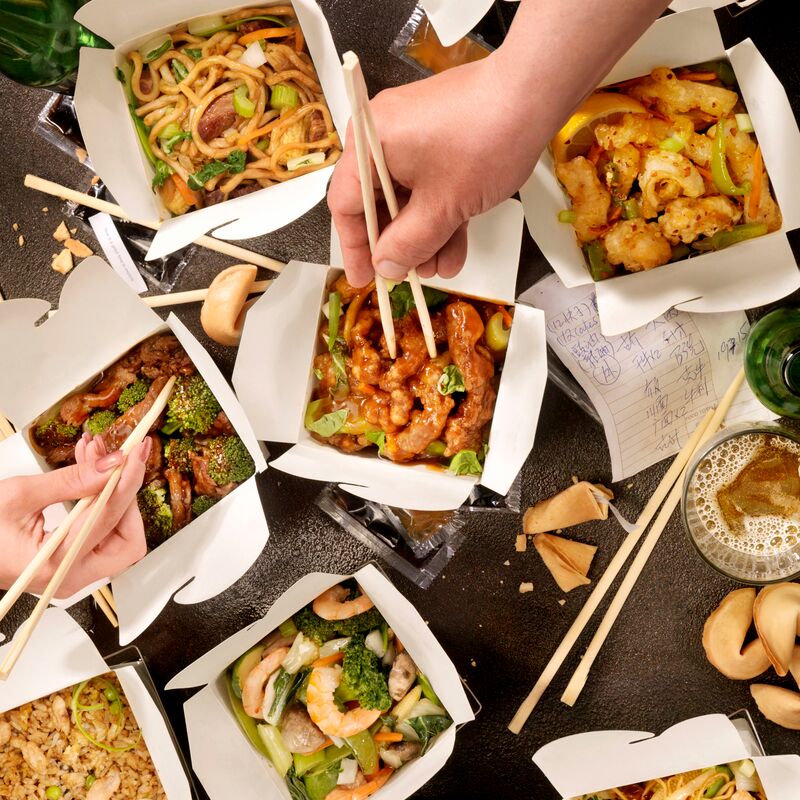
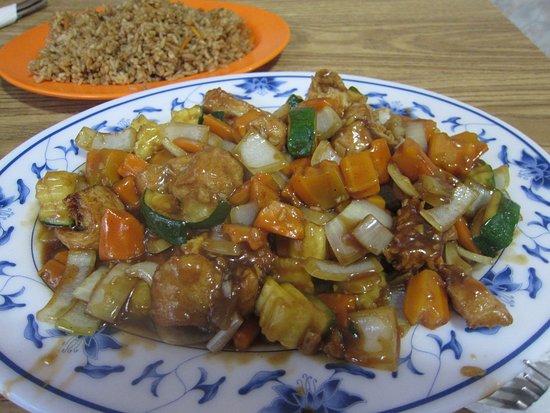
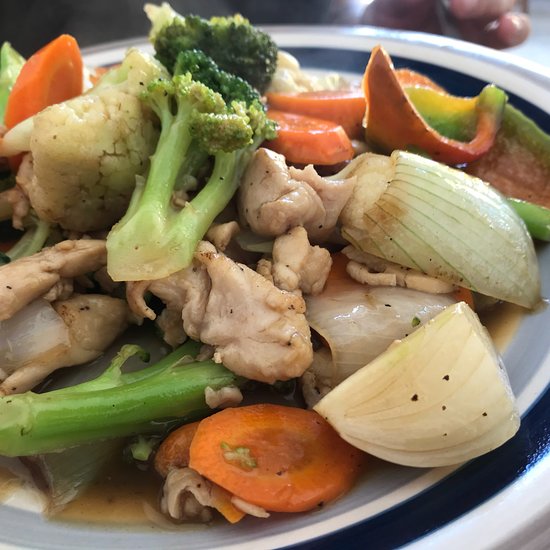
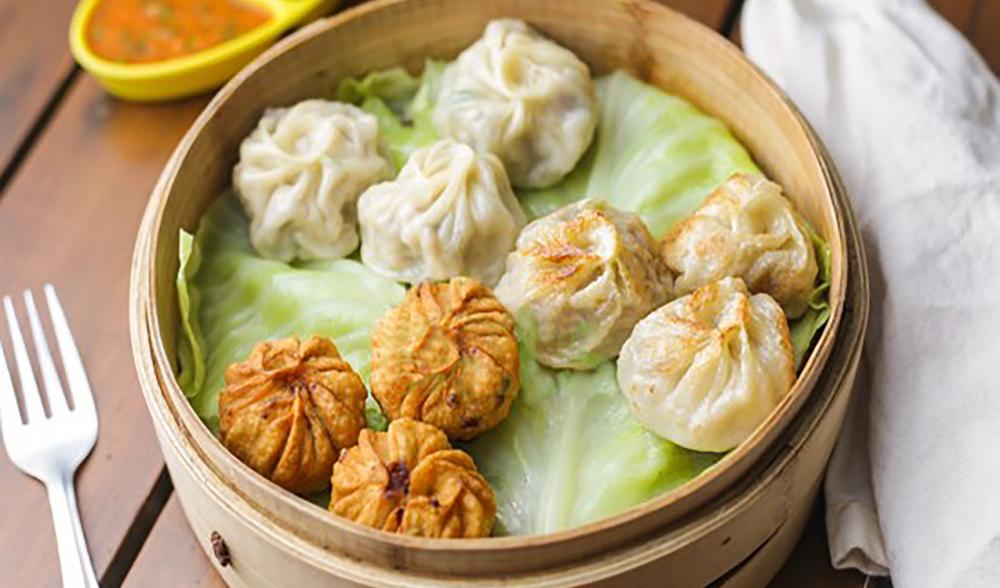
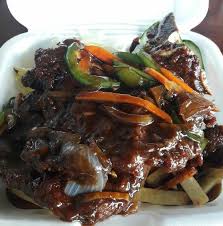
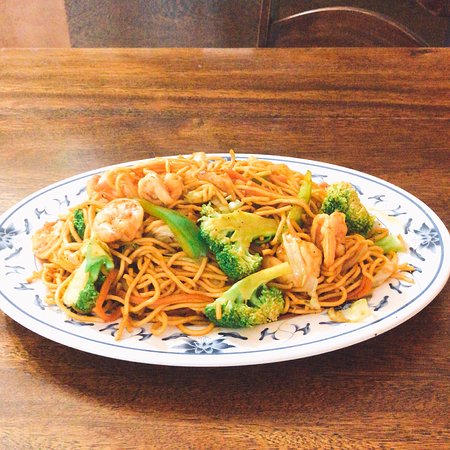

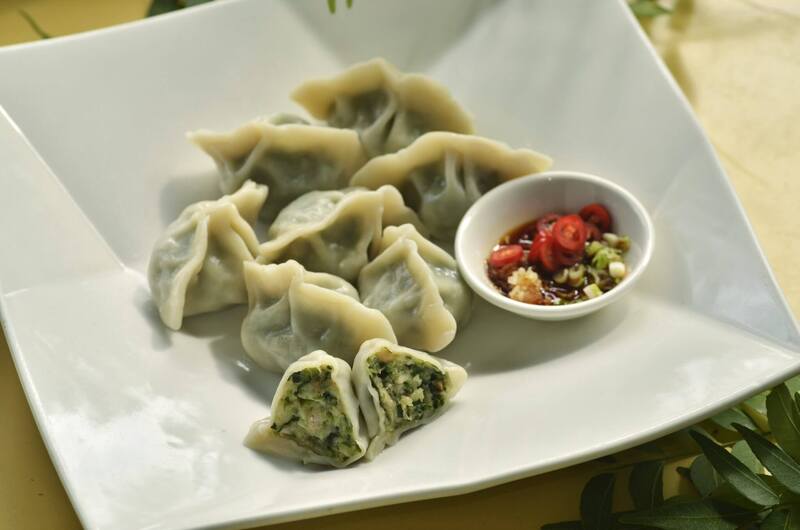

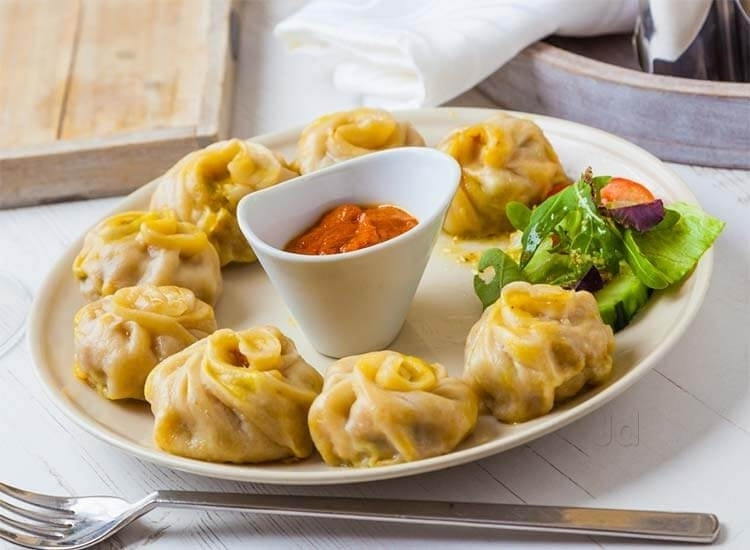
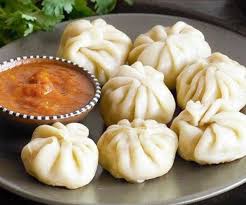
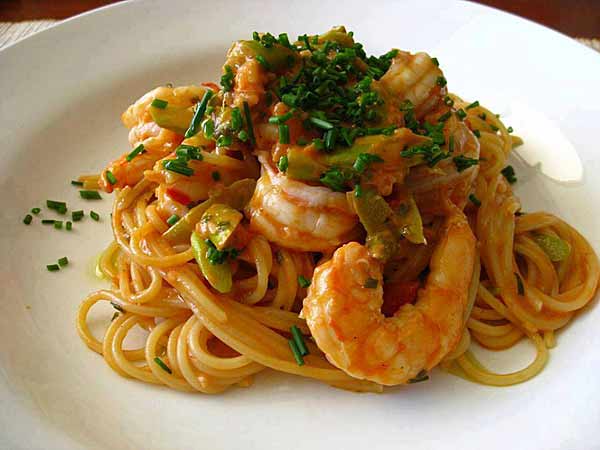
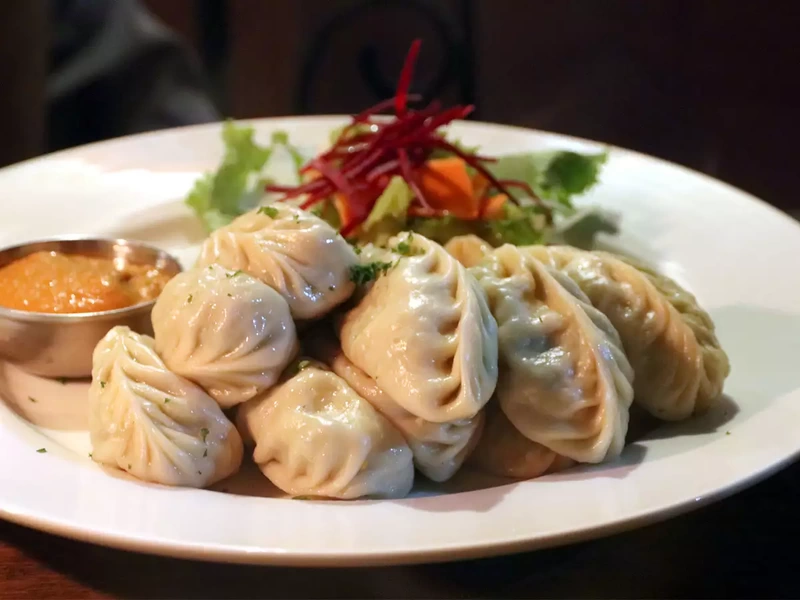

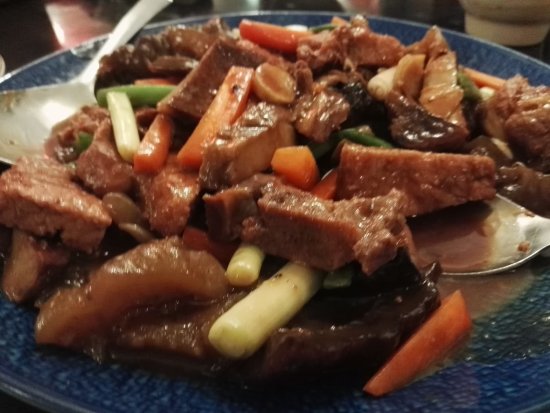

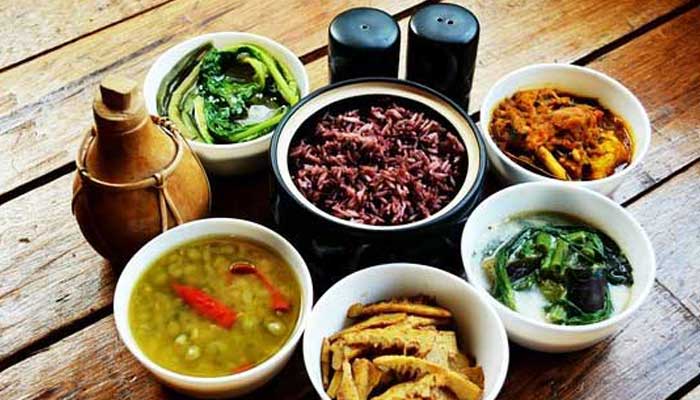
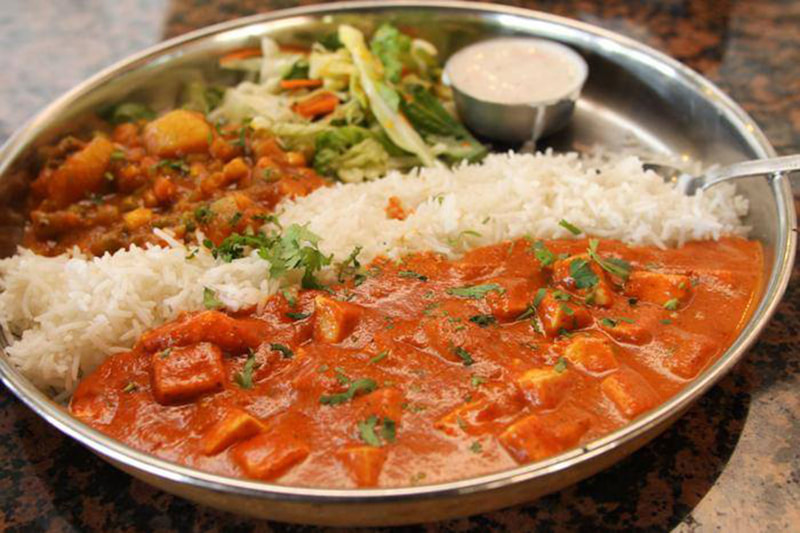

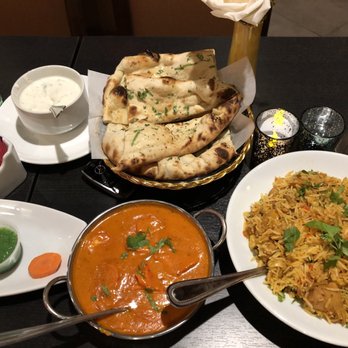
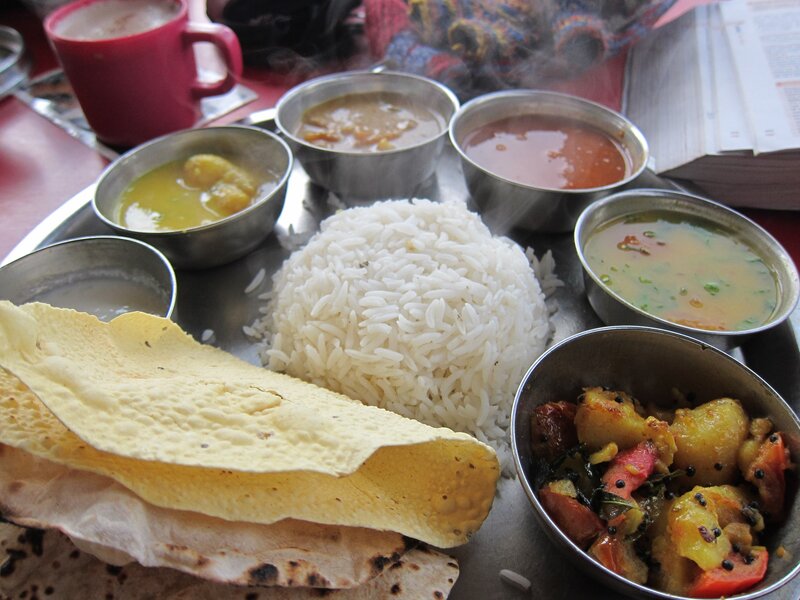
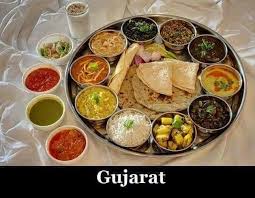
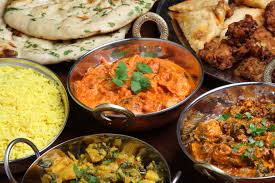

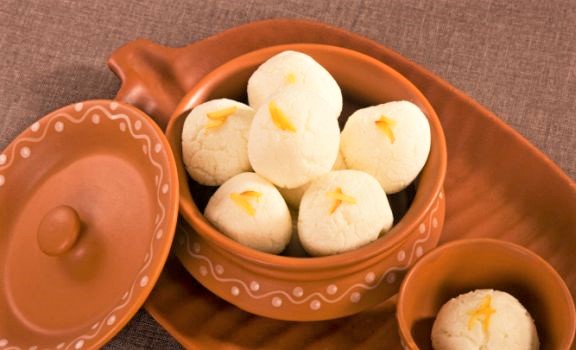
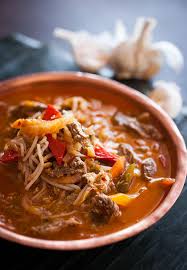

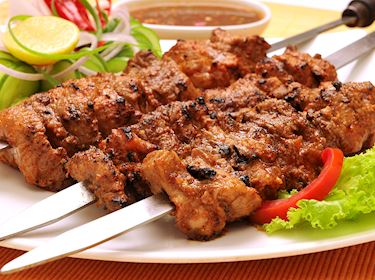
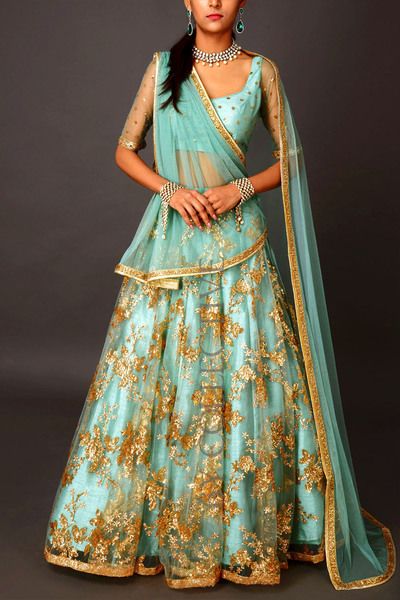
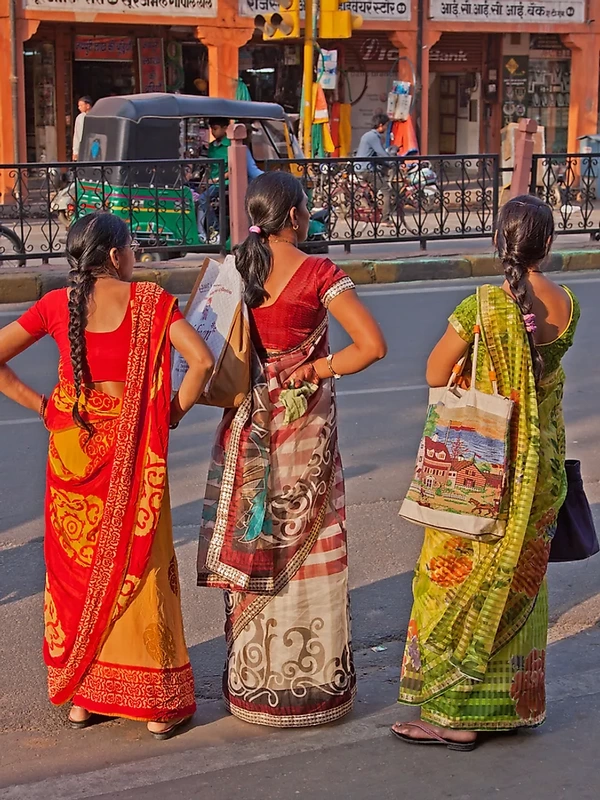
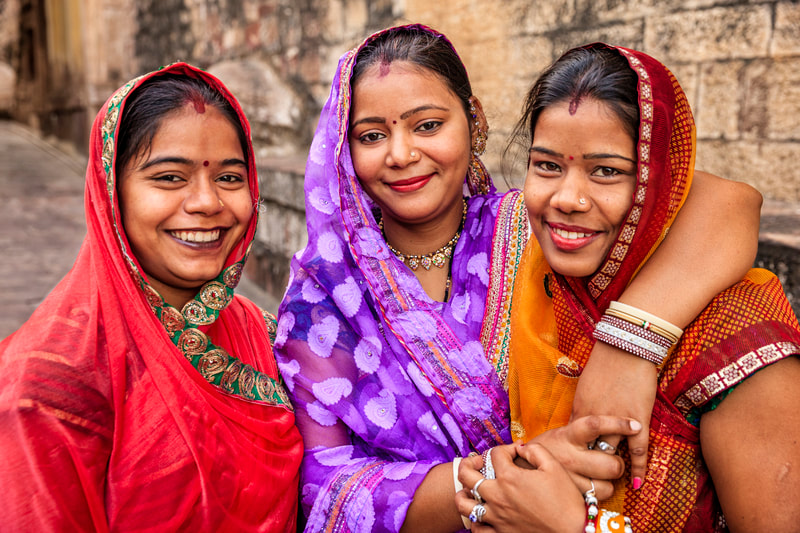
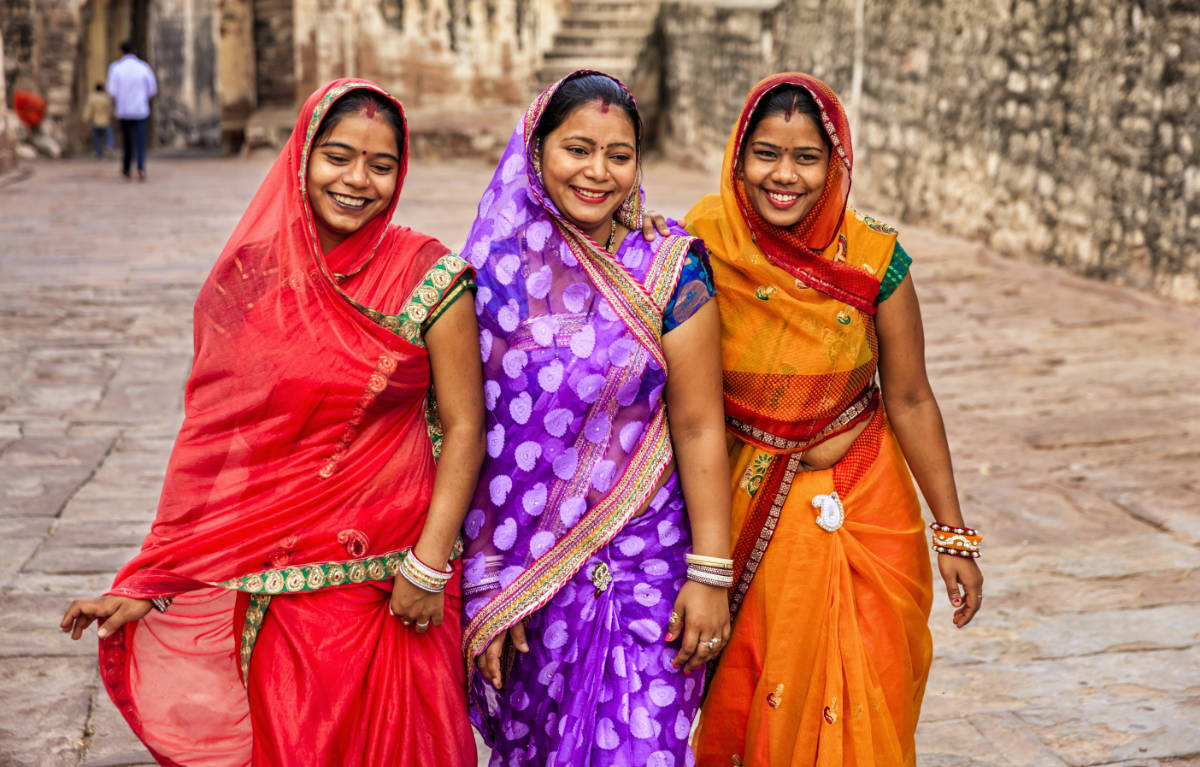
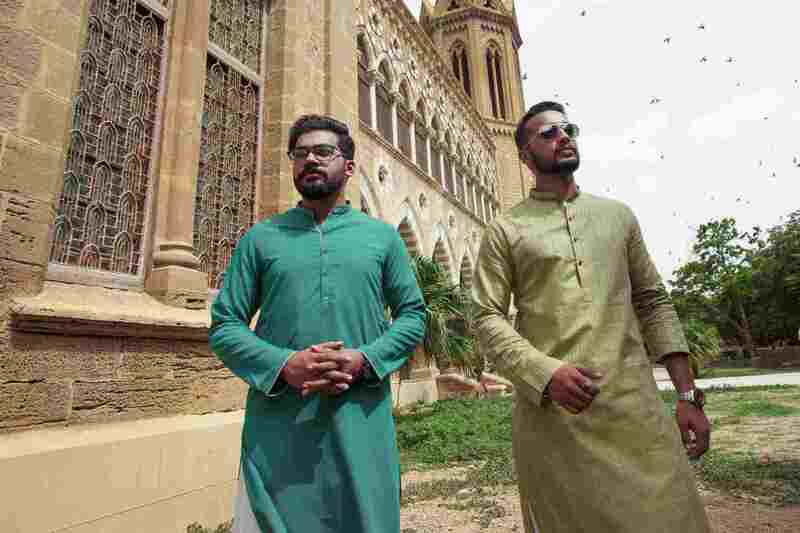
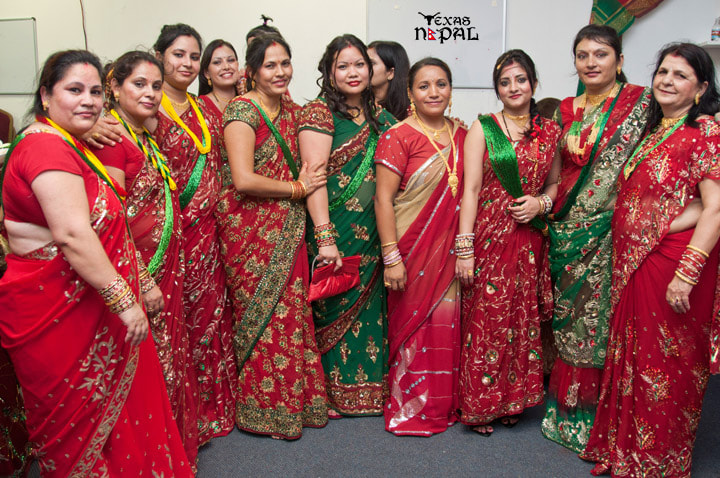
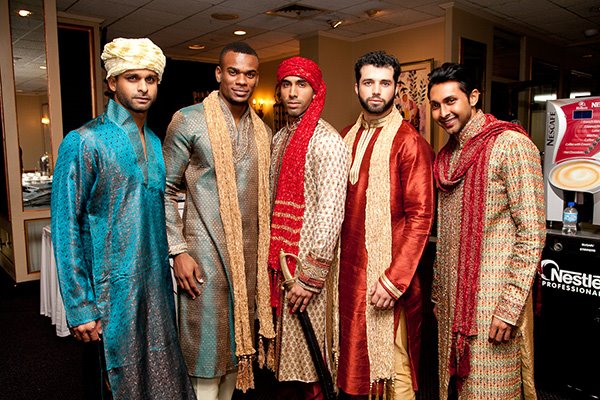
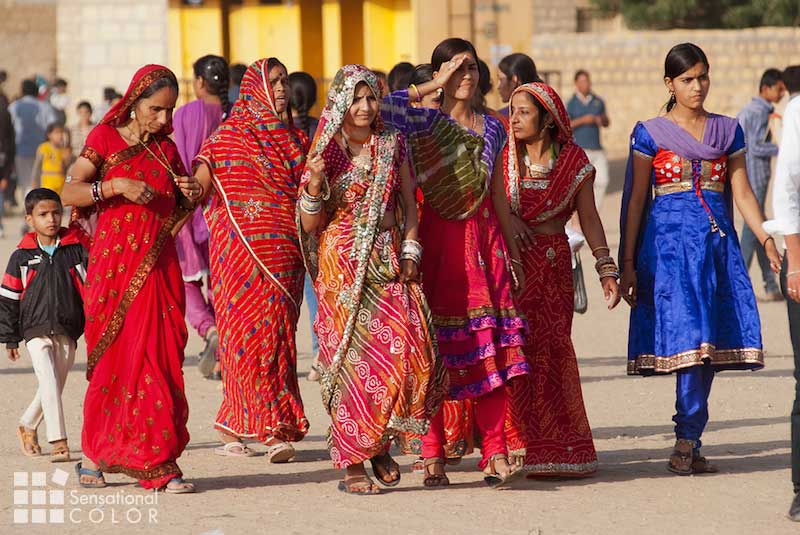
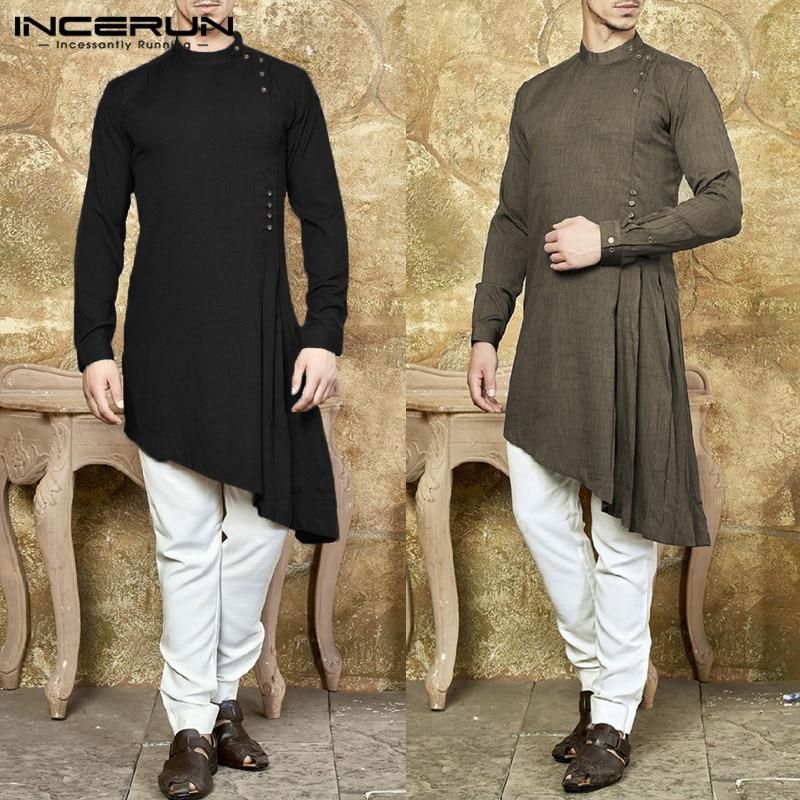
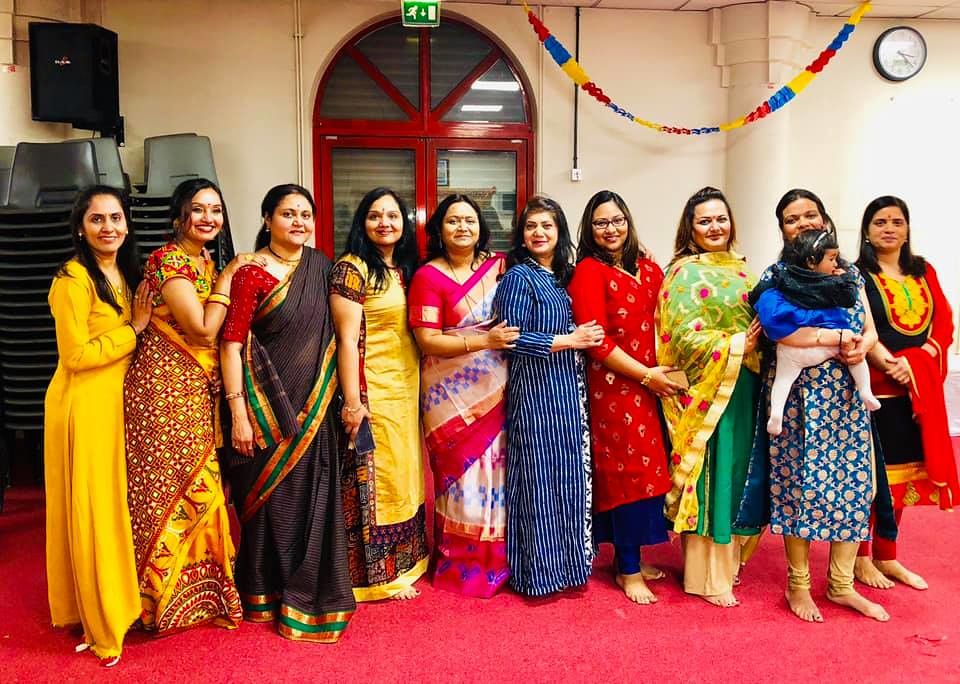

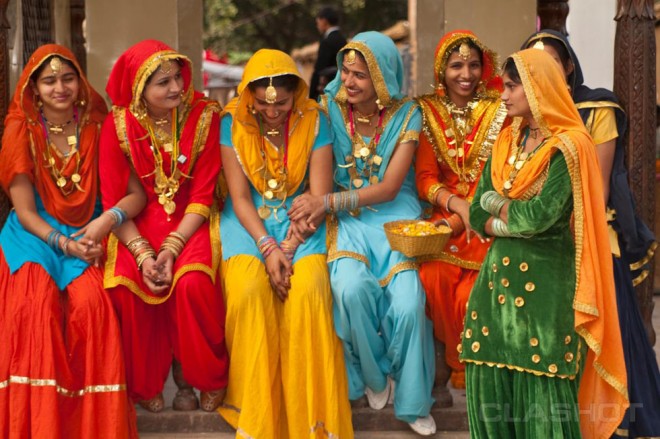

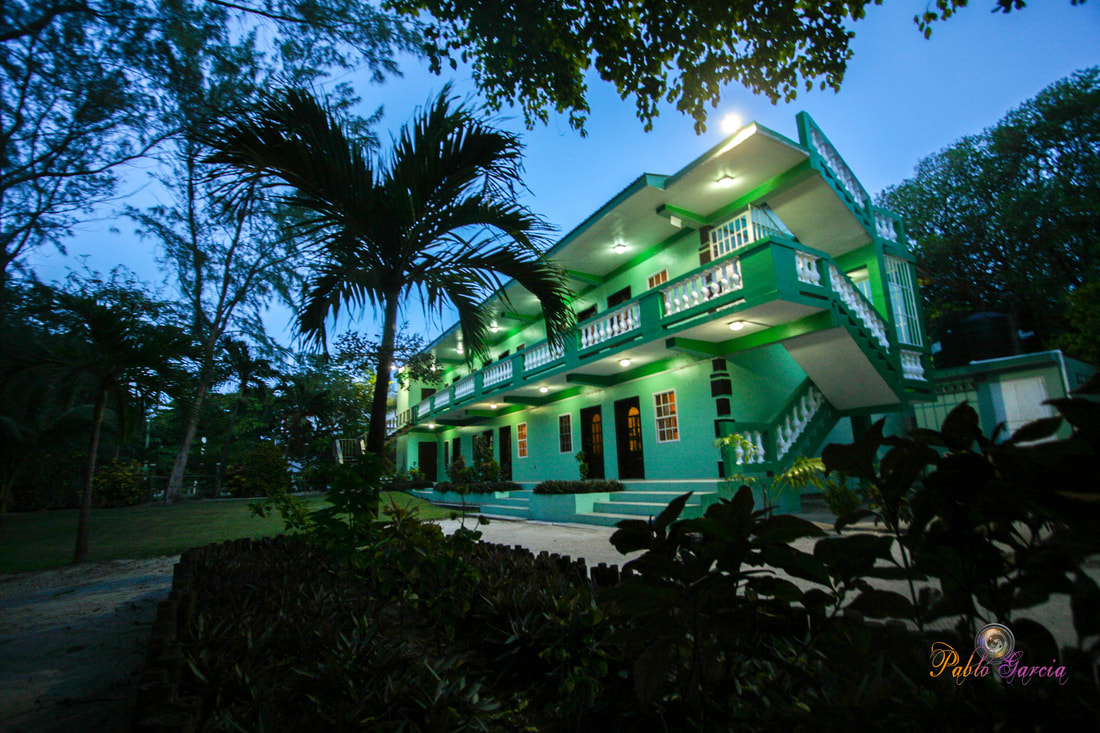
 RSS Feed
RSS Feed

